
The peaceful succession of presidents is sacrosanct in American democracy and marks the United States as an “exceptional nation” which does not experience the same kind of palace intrigues and coups as other nations.
Conventional wisdom holds that President John F. Kennedy was assassinated on November 22, 1963, by Lee Harvey Oswald, a deranged lone assassin and communist—as the officially sanctioned Warren Commission concluded.
An alternative theory advanced most popularly in Oliver Stone’s 1993 blockbuster film JFK suggests that Oswald was a patsy working as part of a larger conspiracy and that secret cabals within the government associated with the Central Intelligence Agency (CIA), military-industrial complex and Mafia orchestrated Kennedy’s assassination.
Stone has faced tremendous personal backlash for his muckraking efforts, which drew on the investigations of New Orleans District Attorney Jim Garrison (1962-1972) who prosecuted Clay Shaw, a CIA agent who had been in contact with Oswald, for his supposed involvement in the conspiracy.
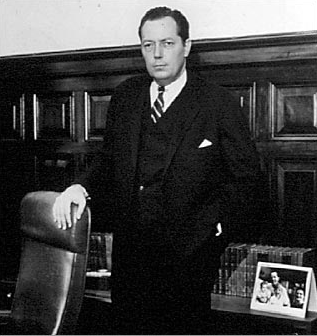

In early 1967, Garrison was privately telling people around New Orleans that the JFK assassination could be “traced back” to [Vice President] Lyndon Johnson” or that LBJ could be “found in it someplace.”[1]
While Stone and others highlight that Kennedy was killed because he was planning to withdraw all U.S. troops from Vietnam, evidence also indicates that the motivations behind the assassination were more about the personal needs for self preservation of one out-sized and evil man—a desperate and conniving Machiavellian who was on the verge of being dropped from the 1964 Democratic Party ticket and completely destroyed by the Kennedys. What would such a ferocious, cornered animal do? The answer is clear.
Key Coordinators of the Plot
Johnson of course could not have acted alone but must have acted in concert with other key political players who all had their own motives for taking down JFK: namely, a collusion of interests.
The main culprits in the plot led by Johnson and in the cover-up had to have included:
1. Edward Clark, LBJ’s attorney and an infamous Texas power broker who Reader’s Digest had proclaimed in the 1950’s as the “secret political boss of Texas.” Clark privately bragged to his fellow lawyer Barr McClellan about his involvement in the JFK assassination. Clark’s motivation was that he derived a lot of his money (large legal retainer fees) and power from his longtime association with LBJ who awarded Clark with the ambassadorship to Australia (a key American ally in the Vietnam War).

2. Air Force General and CIA agent Edward Lansdale, who was enraged by the assassination on November 2, 1963 of Ngo Dinh Diem whom Lansdale had worked with closely (Kennedy approved the coup that led to Diem’s murder) and was enraged over being fired by Kennedy on October 31, thinking he had control over Vietnam policy. After Kennedy’s death, Lansdale was appointed director of counterinsurgency in Vietnam under President Johnson;
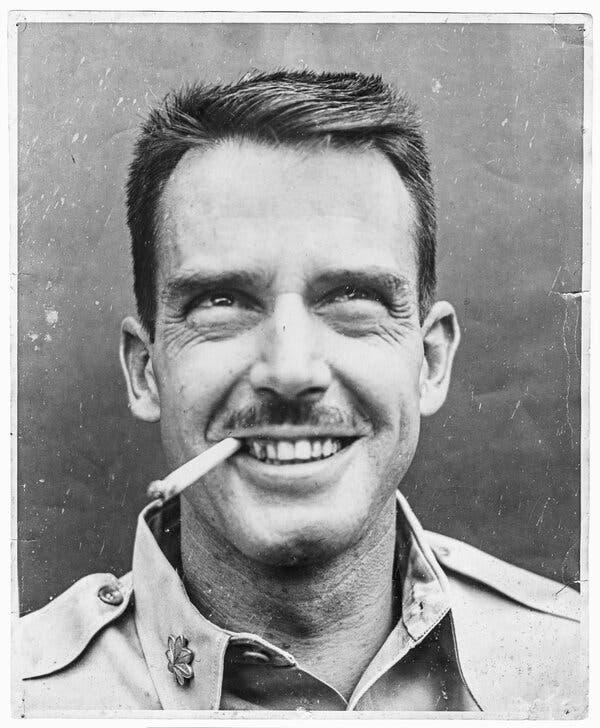
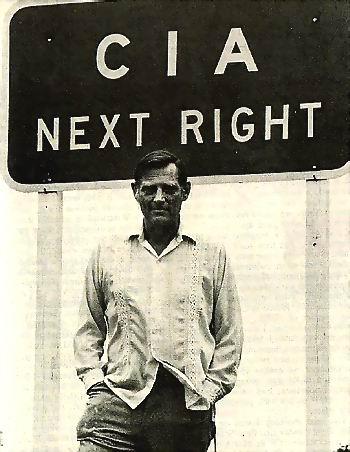
3. David Atlee Phillips, a CIA officer and a native of Fort Worth, Texas, who said he supported Kennedy in the 1960 election but was angry over Kennedy’s Cuba policy. Phillips told his brother James Atlee Phillips on his deathbed that he had been in Dallas at the time of the JFK assassination, which was an oblique admission to his involvement the JFK assassination. That story comes from Phillips’ nephew Shawn Phillips. David Atlee Phillips who became the head of CIA Operations for the Western hemisphere also told former House Select Committee on Assassinations (HSCA) investigator Kevin Walsh, “My final take on the assassination is there was a conspiracy, likely including American intelligence officers.”
4. David Harold (D.H.) Byrd, was a close personal friend of Lyndon Johnson who owned the Texas School Book Depository (TSBD), from where Oswald supposedly shot JFK (on the sixth floor). Byrd was a wealthy oilman in addition to being a military contractor and owner of the aeronautics company Ling Temco Vaught (LTV).[2] Peter Dale Scott [UC Berkeley english professor] in 1970 proved in his unpublished manuscript The Dallas Conspiracy that Byrd and fellow investor James Ling (also an LBJ friend) made large insider stock buys of 132,000 shares of LTV stock in the weeks before the JFK assassination. These insider stock buys occurred at a time when Defense Secretary Robert McNamara and news publications in the fall of 1963 were predicting large defense cuts. LTV stock rocketed upward during the Vietnam War and it traded as high as $169/share in 1967 in the midst of the Vietnam War. Byrd would not have been happy about the Kennedy Administration’s plans to cut back the oil depletion allowance which was a large money-saving tax break for oil men and certainly he wanted his man LBJ in the White House positioned to deliver lucrative military contracts to LTV. Byrd later removed the sniper’s window from the TSBD and displayed it in his home as a trophy along with the heads of his other big game killings;
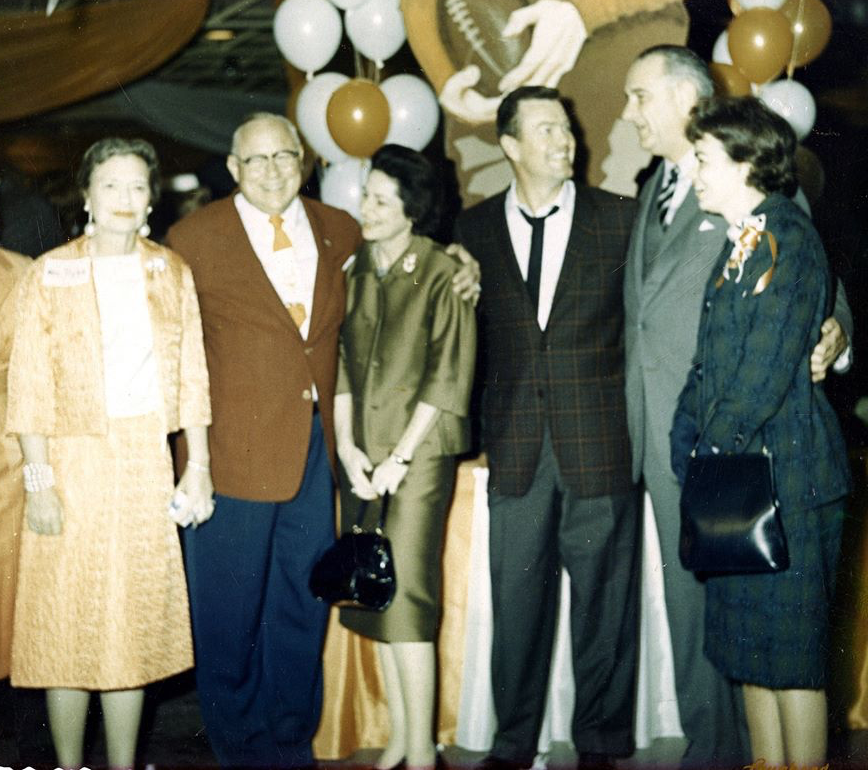
5. FBI Director J. Edgar Hoover was involved in the coverup. He had a caustic relationship with the Kennedys who were going to make him retire on January 1, 1965 when he reached the mandatory retirement age of 70. (LBJ signed an executive order exempting Hoover from the mandatory federal retirement age for an indefinite period, saying that the country needed him[3]); and
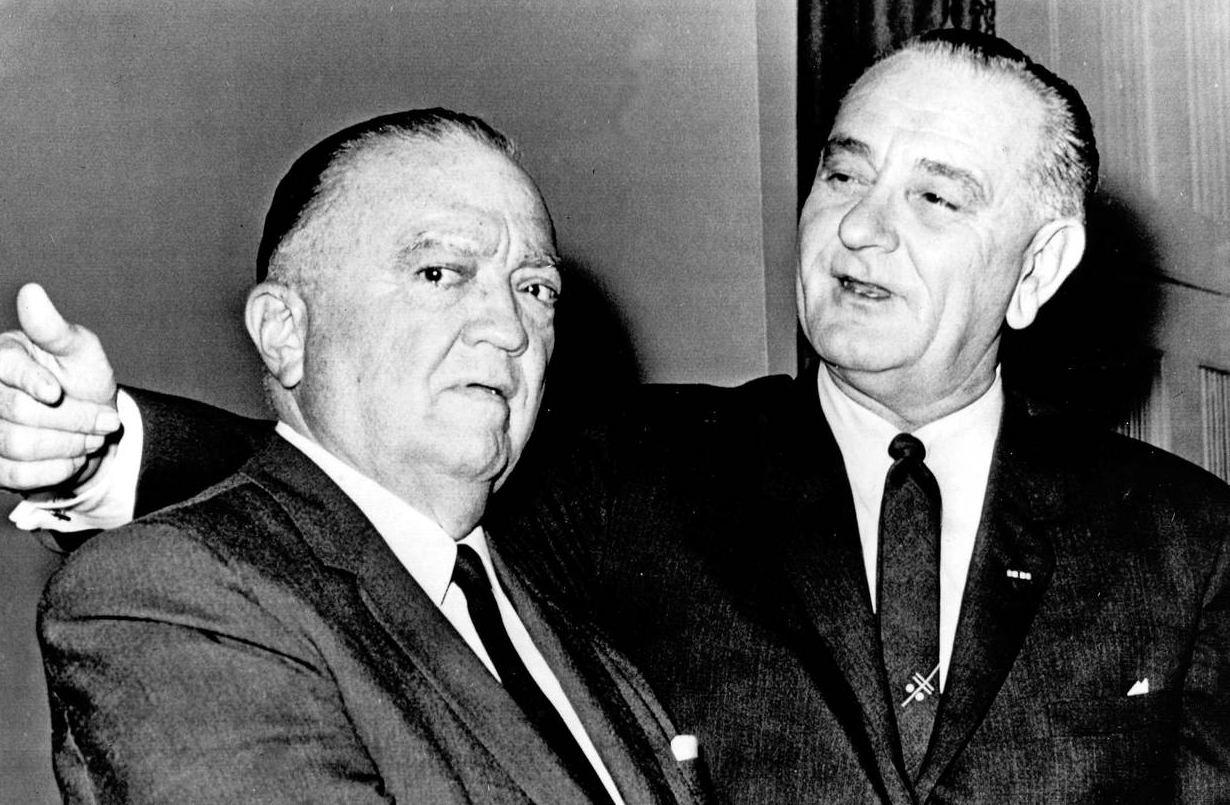
6. Ex-CIA Director Allen Dulles was also a key figure in the coverup as a member of the Warren Commission. Like Hoover, he hated Kennedy because Kennedy had fired him after the Bay of Pigs. Dulles once stated “that little Kennedy, he thought he was a God.”
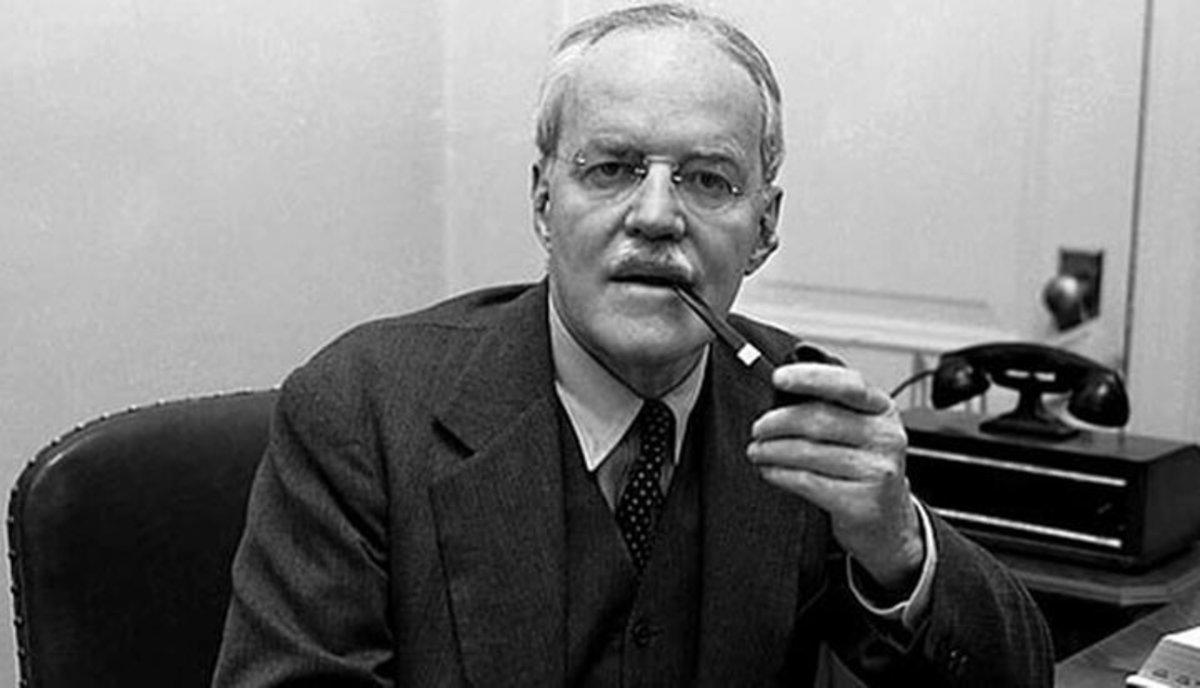
A Psychopath Who Appears to Have Killed Before
Johnson’s background would help explain his later murderous behavior. Born in Johnson City, Texas, his psychopathic tendencies went back to his childhood.[4] Professor Emmette Redford, who grew up with Johnson, told author Barr McClellan that in 1926 [at age 17] Johnson blew up a stray dog with dynamite in the Johnson City town square as a practical joke.[5]
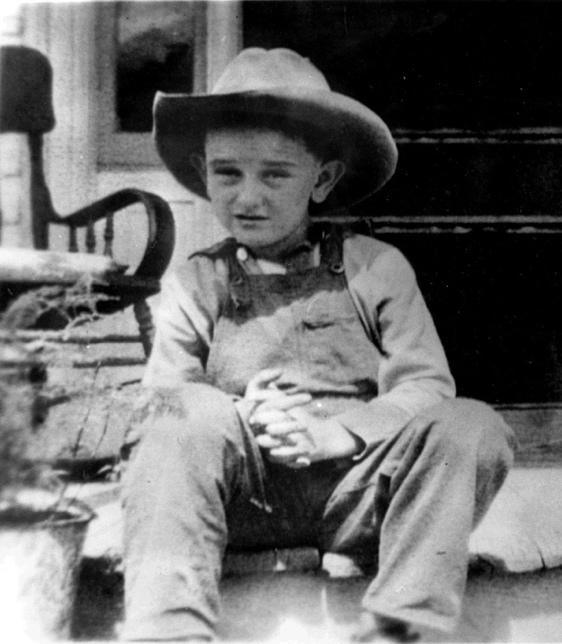
Characterized by historian Edgar F. Tatro as “Caligula with a southern drawl[6],” Johnson had a perfect combination of malevolent Dark Triad personality characteristics: narcissism, Machiavellianism, and psychopathy.
As part of a drive to dominate and humiliate subordinates, Johnson would defecate in front of reporters and his staff and even had an enema in front of them. His lack of impulse control and regard for other people’s feelings was also evident when he placed his hands up a woman’s skirt right in front of his wife, Lady Bird.[7]
George Reedy, Johnson’s press secretary, was quoted as saying, “As a human being… Johnson was a miserable person, a sadist, and a bully… with no sense of loyalty… who enjoyed tormenting and humiliating those closest to him.” Edgar Tatro described Johnson as a “chronic liar; as bad as you can be and still be a human being.” Another acquaintance characterized Johnson as a “man who…managed to combine the worst elements of mankind’s traits into his personality.”[8]
Young Lyndon embarked on his political career with the help of his father Sam, a Texas State legislator and “cowboy type a little on the rough side” who identified as an agrarian populist but “ran around with rich lobbyists,” including Roy Miller, a front man for Texas Gulf Sulphur Company who secured low taxes on sulphur mining from Johnson and others in the legislature.[9]
Lyndon similarly presented himself as a liberal but associated with wealthy oilmen and financiers like George and Herman Brown of Brown & Root who bankrolled LBJ’s campaigns and in return for political favors, helped Johnson to amass a personal fortune of $25 million at the time of the JFK assassination, equal to $250 million today.[10]
Because Johnson was not naturally popular among the people of Texas, he had to cheat to win. The murder of JFK was preceded by a number of other murders that originated with the cover-up of ballot stuffing in a 1948 runoff election in the Democratic primary for U.S. Senate in Texas.
Johnson was losing the race to former Governor Coke Stevenson by 114 votes—until 200 extra votes were magically produced in Alice, Texas, through bribery in what became known as the Box 13 scandal.[11]
In 1952, Johnson appears to have ordered the killing of Sam Smithwick, the deputy sheriff of Alice, Texas where the fraud took place.
Twenty-three days before he died, Smithwick wrote to Coke Stevenson, informing him that he could produce the missing ballot box that Luis Salas, the election judge, had kept out of court proceedings in Alice three years earlier.
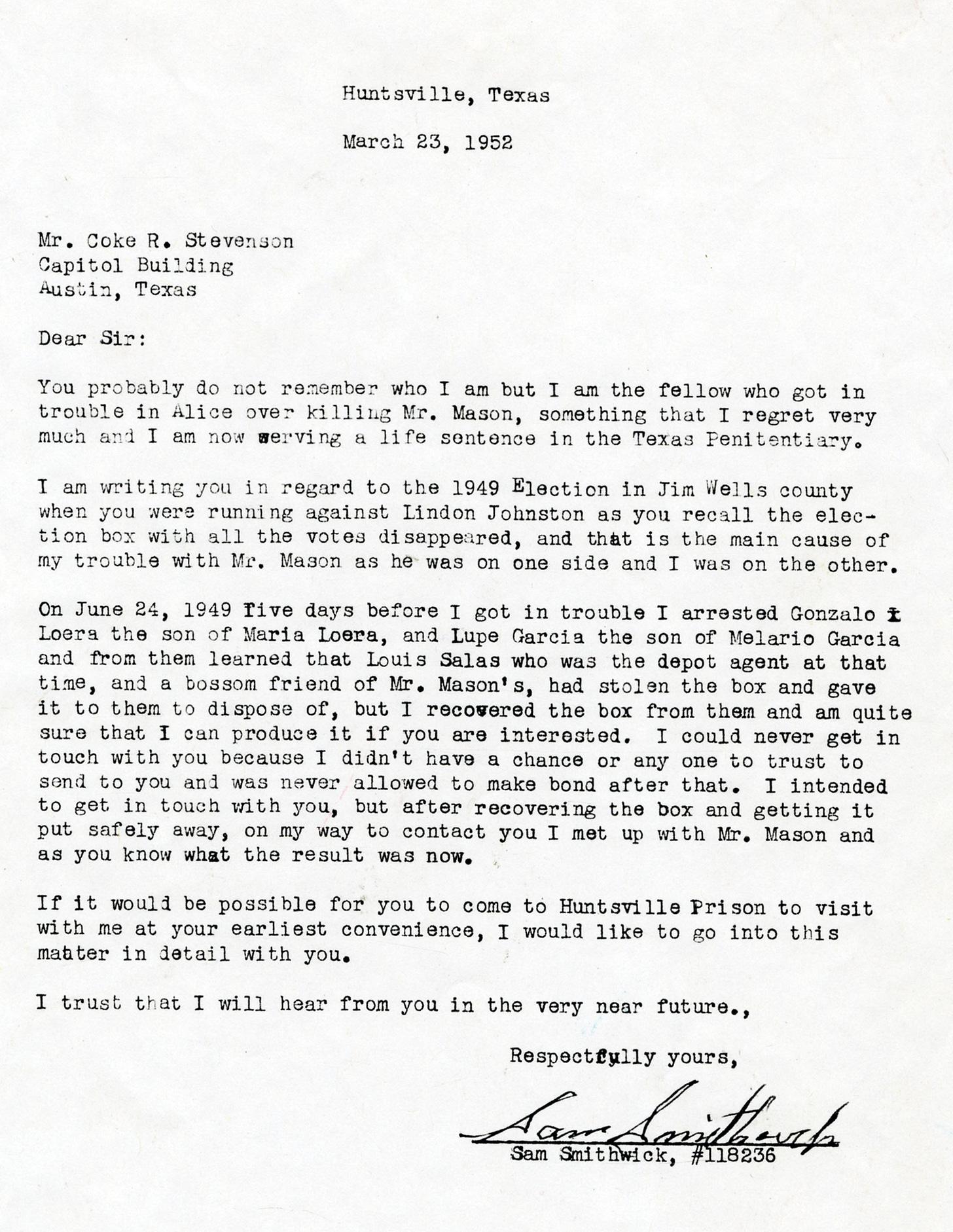
Smithwick’s body was found hanging from steel bars on his jail cell gate by his bed (Smithwick was in jail on an unrelated murder charge); allegedly he had been strangled by guards.[12]
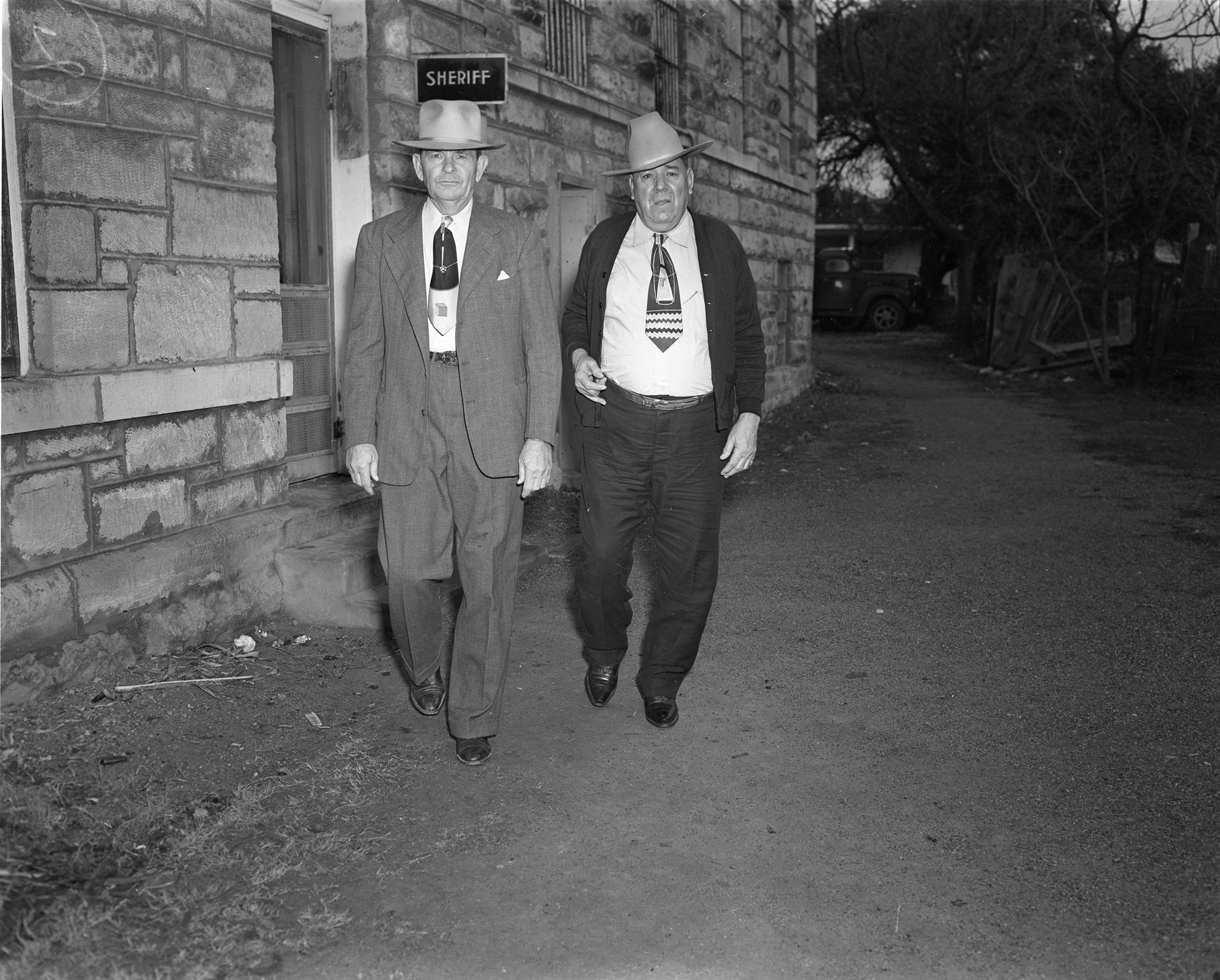
LBJ himself told journalist Ronnie Dugger that Texas Governor Allan Shivers directly accused Johnson of Smithwick’s murder in 1952, stating that “Shivers charged me with murder.” Shivers’ accusation came in 1956.[13]
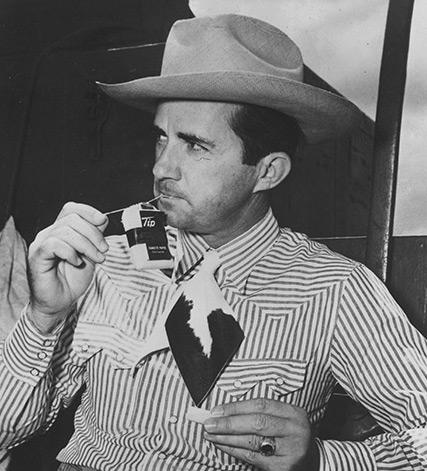
Getting Kennedy Before The Kennedy’s Got Him
Johnson’s motive in orchestrating the plot to kill Kennedy was very clear. In November 1963, the Kennedy’s were plotting to remove Johnson from the Vice Presidential ticket in the 1964 election and destroy him by leaking to the media and Republicans in Congress information about his criminal activity that could land him in jail along with Johnson’s association with two white-collar criminals who served as his financial bagmen—Billie Sol Estes and Bobby Baker.
Burkett van Kirk, chief counsel in 1963 for the Republican minority on the Senate Rules Committee, told journalist Seymour Hersh that Attorney General Robert Kennedy was feeding damaging information on Lyndon Johnson’s corruption to the Senate Rules Committee in fall, 1963, in an attempt to destroy LBJ. The Kennedys were working with the Republicans on the Senate Rules Committee to take down LBJ because LBJ was too close to the Democrats.
Van Kirk told Hersh that “Bobby was feeding information to whispering Willie [nickname for Senator John Williams]. The Kennedy brothers,” Van Kirk said, were “dumping Johnson.”[14]
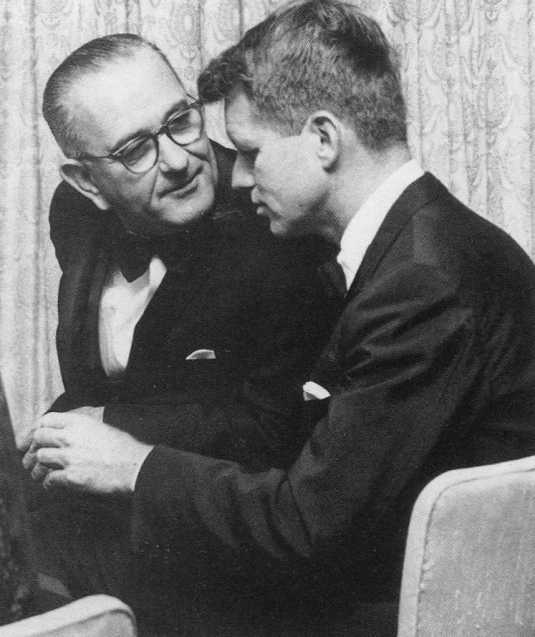
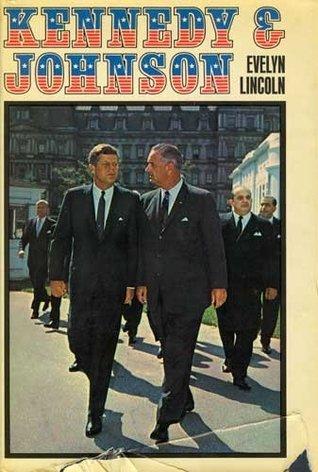
That Johnson was being dumped was confirmed by JFK’s Secretary Evelyn Lincoln, who wrote in her memoir Kennedy and Johnson about a conversation on November 19, 1963, two days before the president left for Texas, in which Kennedy expressed his dissatisfaction with Johnson and said “I will need as a running mate a man who believes as I do. At this time, I am thinking about Governor Terry Sanford of North Carolins, but it will not be Lyndon.”[15]
Johnson himself knew the Kennedys were going to remove him from the 1964 Democratic ticket. A midwestern Senator who traveled with Johnson on a fall fundraising affair for Senator Thomas Dodd told colleagues that Johnson had remarked during their New England visit that “I am going to be out for a second term. Jack has another man in mind for Vice President.”[16]
James Wagenvoord, the editorial business manager and assistant to Life magazine‘s Executive Editor in 1963, said that his magazine was creating a three-part exposé set to be published beginning in their December 6th issue focusing on Johnson’s relationship with Bobby Baker, whose intention was to end “Johnson’s political career, and possibly send him to prison.”
Wagenvoord told historian Robert Morrow that a Justice Department lawyer sent by Bobby Kennedy came to Life’s offices and provided Life’s editors with a dossier that possessed damning information which would ruin Lyndon Johnson’s career.
Phil Brennan, who in 1963 was writing a column for the National Review and helped get Senator John Williams (R-DE) onto the Bobby Baker story, wrote that “the attorney general, Bobby Kennedy, called five of Washington’s top reporters into his office, and told them it was now open season on Lyndon Johnson. It’s ok, he told them, to go after the story they were ignoring out of deference to the administration.”[17]

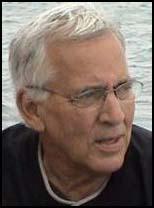

Horace Busby, a longtime Johnson aide, wrote in his memoirs that when he and Johnson travelled together to Luxembourg in early November, Johnson expressed extreme concern about being dumped from the ’64 ticket. His personality was such that he could not accept being humiliated by the Kennedy’s and destroyed and had to strike at them to prevent this.
Johnson was aware that reporters were spreading out over the state of Texas at the time talking with attorneys, banks, businessmen and Johnson’s known political enemies, digging deep into Johnson’s career in rough-and-tumble Texas politics going back to before World War II.[18]
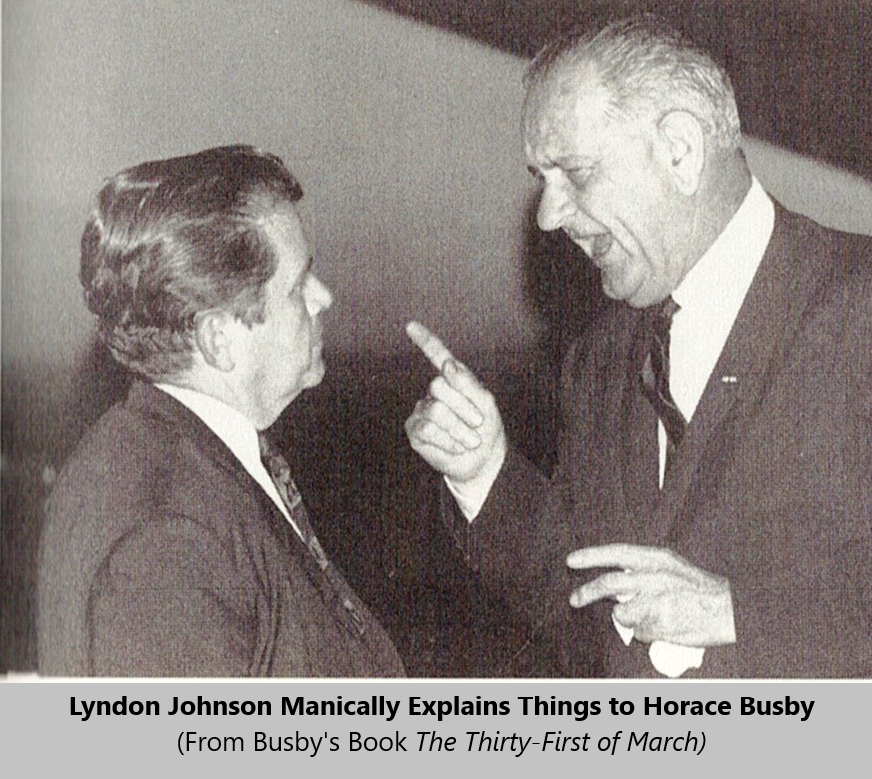
The damaging dossier distributed by Kennedy included information on LBJ’s history of taking massive bribes and kickbacks, using Bobby Baker, who according to various reports “knew where the bodies were buried.”
Baker had helped deliver mob money to Johnson in exchange for Johnson helping to kill anti-racketeering legislation in the Senate, including that which banned interstate transportation of slot machines, regulated racing wires, and aimed to rewrite the tax laws to make it tougher on gamblers.
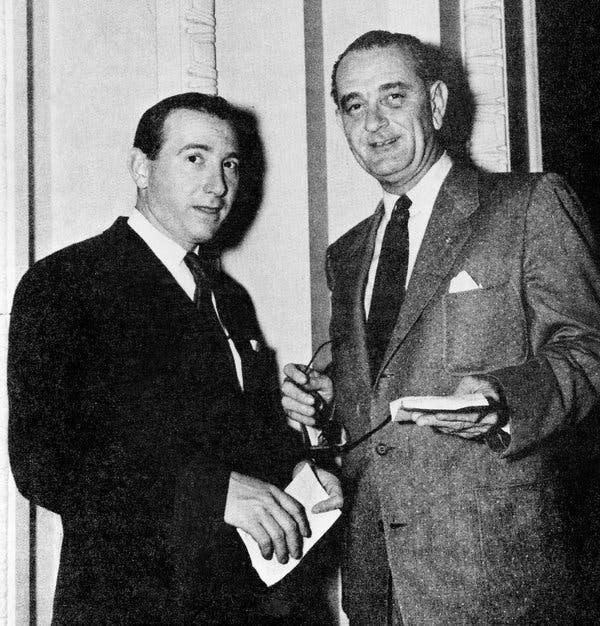
In 1963, Baker reported a personal net worth of more than $2 million despite receiving a salary of less than $20,000 per year, and was sued for influencing a defense contractor to hire a vending machine company, Serv-U, in which Baker had a hidden interest.
Baker further served as “the pimp” for Johnson, along with President Kennedy and Senator George Smathers, introducing them and other congressmen to beautiful women at the plush Carousel resort hotel he owned in Ocean City, Maryland, and the Quorum Club he helped establish across from the Senate office building, where they could relax with “party girls.”[19]
Tellingly, one of Johnson’s first calls after returning to Washington following the Kennedy assassination, was to get an update from Abe Fortas, his crisis adviser and Baker’s attorney, on the congressional investigations into Baker’s influence peddling, sweetheart business deals and Washington sex—something that Johnson was very apprehensive about.[20]
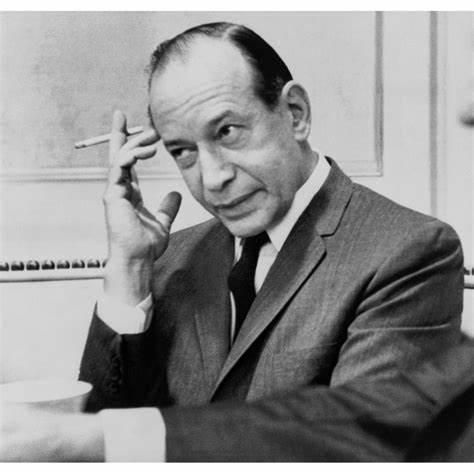
“We Don’t Want to Handle an Agriculture Scandal”
In the months leading up to JFK’s assassination, Johnson was also apprehensive about the exposure of his relationship with Billie Sol Estes, the “wonder boy of Texas agriculture in the 1950s,” who functioned as Johnson’s cutout for $10 million in illegal kickbacks ($100 million in 2022).[21]
Secret Service Agent Abraham Bolden said recently that, on June 29, 1961, at 7 p.m., he witnessed a volcanic argument between Johnson and the Kennedys (JFK and RFK) in the White House Oval Office in which LBJ told Kennedy: “Are you bastards trying to send me to prison about some goddamn cotton!…You bastards had better stop fucking with me you motherfuckers.”
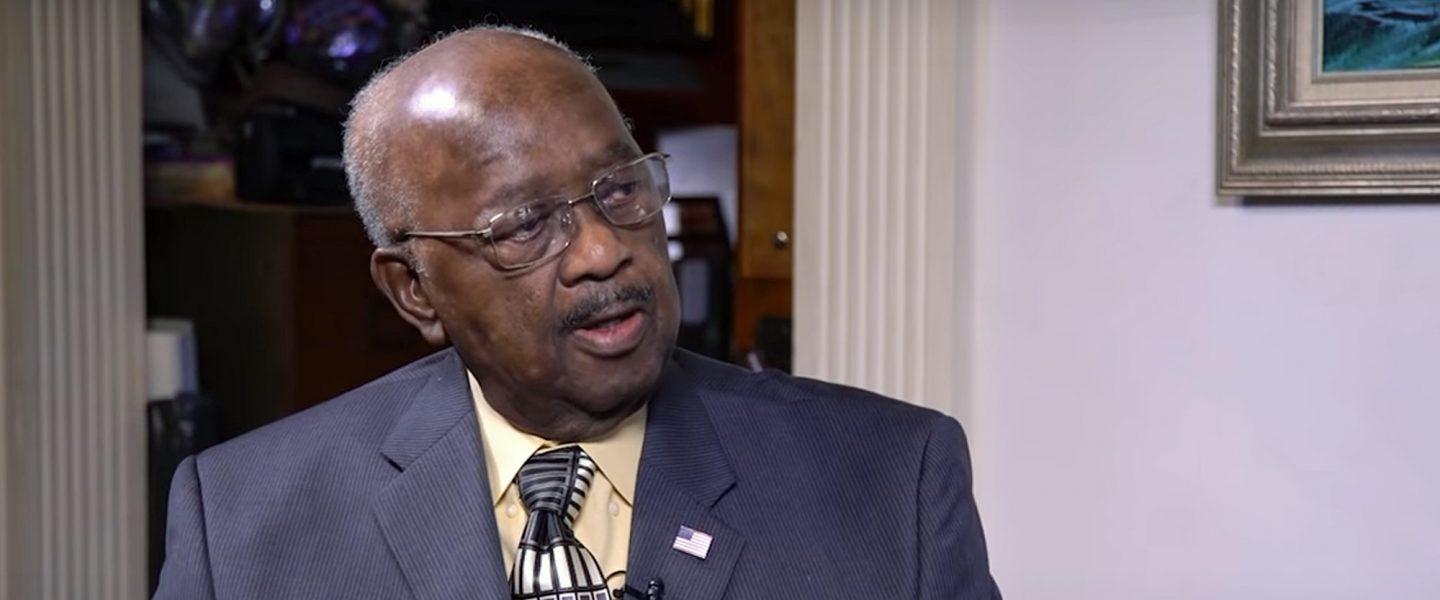
Bolden reported to Secret Service Director Urbanus Baughman that Lyndon Johnson was a security threat to the life of John Kennedy.
A year later, President Kennedy ordered the Justice Department and FBI to open investigations into Estes orchestrating a fraudulent scheme involving the lease of fertilizer tanks and his amassing cotton farm allotments in violation of U.S. Department of Agriculture regulations.[22]
Prompted in part by local newspaper exposés, the investigation was partially designed to determine if Secretary of Agriculture Orville L. Freeman had also been “compromised” (Freeman was cleared).
Billie Sol was indicted in March 1962, convicted a year later and sentenced to 24 years in prison, serving eight and then another four on another fraud charge in the 1970s.[23]
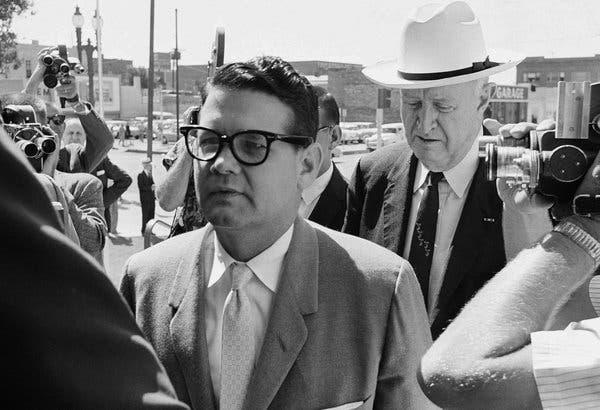
Publicly, Johnson denied knowing Estes except to admit having sent a patronage letter and to have met him in a reception line at a political event.
The denials were not persuasive, however, and rumors began to emerge that Johnson would soon be forced to resign as Vice President or be dropped from the 1964 ticket—since Kennedy would be annoyed and embarrassed by questions about Johnson’s ties to a crook like Estes.[24]
Researcher David Denton wrote: “There’s no way to underestimate the depth of the trouble LBJ found himself in by 1963. By that time, there had been multiple scandals associated with Johnson that had the potential not only to have him removed from the ticket in 1964, but possibly to put him in jail. His troubles all went away the instant Kennedy was shot in Dallas.”[25]
At the very moment when JFK’s motorcade was slowing down on Elm Street, Don Reynolds, a Maryland insurance agent who was a friend of Bobby Baker, was testifying to a closed session of the Senate Rules Committee about LBJ’s kickbacks and corruption.
Johnson could have ultimately been linked to the death of Henry Marshall, a U.S. Department of Agriculture employee investigating Estes’s fraudulent scheme, who was found dead in June 1961 on his farm near Bryan, Texas, in Robertson County, after being shot five times in the chest.
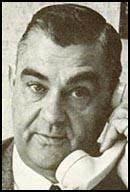
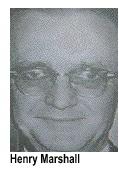
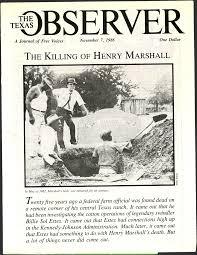
Robertson County Sheriff Howard Stegall immediately ruled Marshall’s death a suicide, though a Houston medical examiner explained that at least three of the five shots were debilitating—meaning it was impossible for Marshall to have shot himself five times.[26]
Johnson rigged a 1962 Grand Jury investigating the Henry Marshall suicide ruling. The judge, Harold “Barefoot” Sanders, had been appointed by Johnson as Attorney General for the northern district of Texas. The U.S. Department of Justice, then headed by Robert F. Kennedy, refused to turn over reports and documents to aid the Grand Jury’s investigation, including a 175-page Department of Agriculture file, in order to protect President Kennedy and Johnson from being brought down in a scandal.
Twenty years later after the 1962 Grand Jury suicide ruling, Estes returned to the Robertson County Courthouse and testified before a grand jury that Marshall had been murdered on orders of the then newly elected Vice President, Lyndon B. Johnson, who was afraid Marshall might link him to Billie Sol’s frauds. The orders purportedly went through Clifton C. Carter, Johnson’s long-time Texas aide who had run Johnson’s Senate campaigns.[27]

The hit man for Marshall’s killing, according to Estes was Malcolm “Mac” Wallace, a former University of Texas student body president—though a sketch of the killer produced by a gas station attendant actually resembled Estes.[28]

Johnson had helped Wallace escape a long prison term after he murdered a man who had been dating his sister, Josefa, and then arranged a security clearance for him so he could work for a security contractor in Anaheim, California, Ling-Temco-Vought or LTV.[29]
With Johnson basically owning him, Wallace became one of Johnson’s political “hatchet men.” His fingerprints were identified by A. Nathan Darby, a fingerprint expert with the Austin Police Identification Unit, as being on a cardboard box in the sniper’s nest on the 6th floor of the Texas School Book Depository, making him one of the suspects in the JFK assassination.[30]
TFX Scandal
Yet another scandal in which Johnson was enmeshed that was averted because of the JFK assassination surrounded a then-record $6.5 billion contract awarded by the Pentagon to General Dynamics on November 24, 1962, for construction of the Tactical Fighter Experimental (TFX) plane (later known as the F-111).
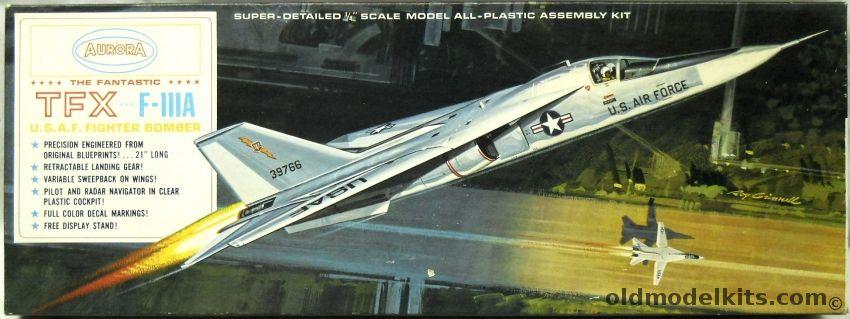
The contract went to General Dynamics instead of Boeing, even though it was determined that Boeing could produce the plane better and more cheaply.
Johnson was very close with two pivotal figures who helped secure the deal: Deputy Defense Secretary Roswell Gilpatric, who had been a special counsel to General Dynamics, and Navy Secretary Fred Korth, who had been president of a Texas bank that lent $400,000 to General Dynamics (which had headquarters in Ft. Worth).
Don B. Reynolds, who recruited Bobby Baker into his firm, testified before the Senate Rules Committee that Baker had told him he had received a $100,000 payoff for the TFX contract, and that “Johnson had interceded to make sure that the TFX was awarded to General Dynamics,” receiving the money as a reward.
Having been informed of possible improprieties in the transaction, Senator Henry “Scoop” Jackson (D-WA) requested that Senator John McClellan (D-Ark.) pursue an investigation that would have exposed Johnson’s corruption.
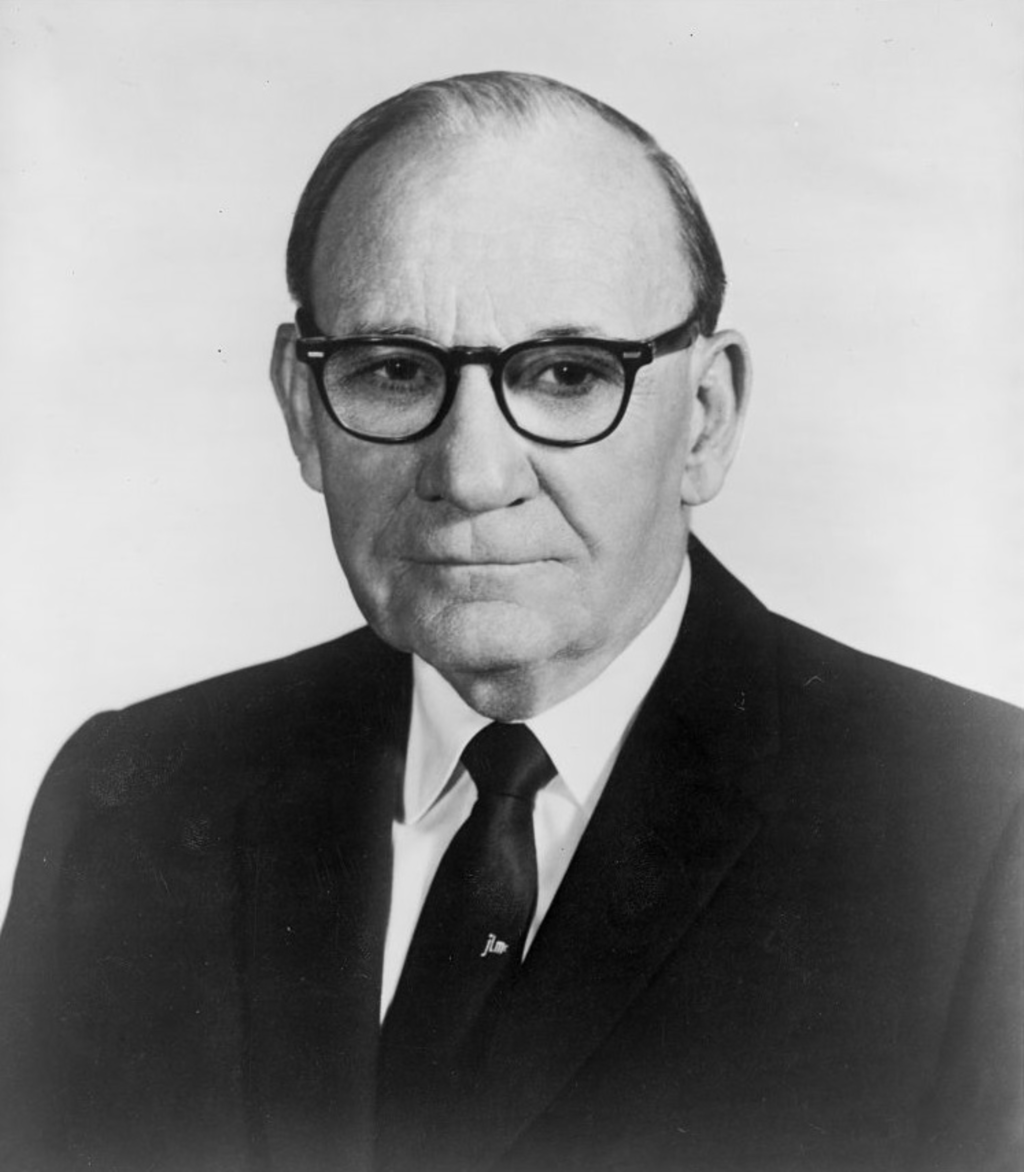
After Kennedy’s assassination, Johnson shut down the McClellan investigation; it was only resumed in 1969, after Johnson had served out his presidential term.[31]
Johnson’s Incriminating Behavior on the Day of the Killing
Johnson’s behavior on November 22, 1963 makes him look guilty.
1. In the morning, Johnson called his mistress Madeleine Brown and told her that “after today those goddam Irish mafia bastards will never embarrass me again! That is a promise not a threat.”
Then, on December 31, 1963, at the Driskoll hotel in Dallas where Johnson is confirmed to have stayed, Johnson told Brown that the assassination was pulled off by “Texas oil and those fucking renegade intelligence bastards in Washington.”[32]

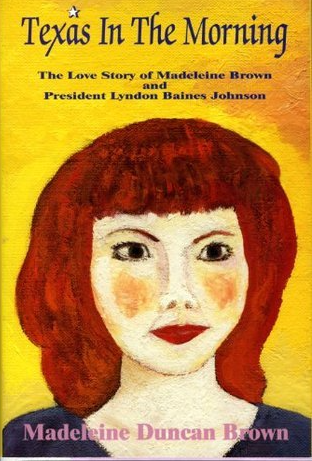
2. Johnson tried to arrange to ride in his limo with Jackie Kennedy against normal protocol not wanting her to get shot.[33]
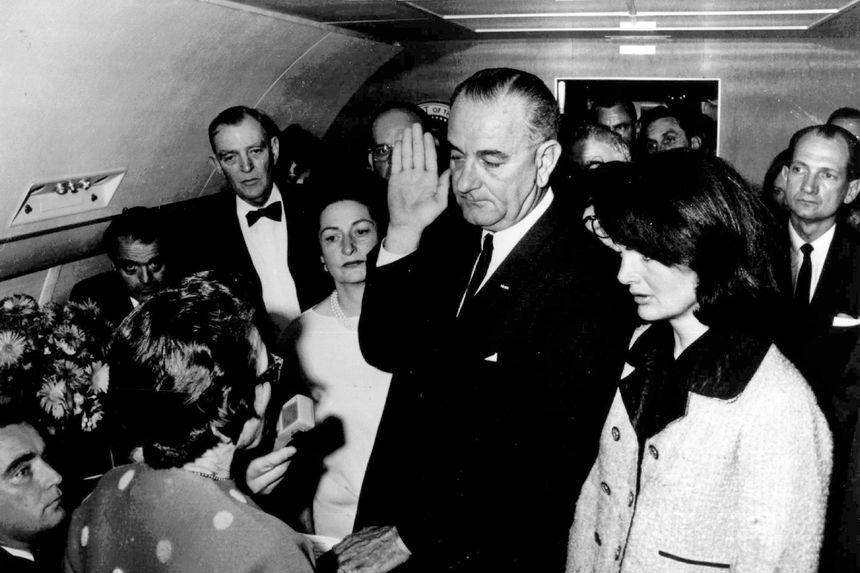

3. Johnson immediately after Kennedy was shot raised alarm that the shooting was the first phase of a Soviet nuclear attack but delayed his trip Washington, waiting around Dallas Love Field on Air Force One and contacting a federal judge to swear him in president. Johnson told Press Secretary Mac Kilduff (who was filling in for Pierre Salinger) that Kennedy was the victim of a communist conspiracy when many people had warned Kennedy not to go to Dallas because of the threat of right wing extremists trying to gun him down. How would Johnson know it was a communist conspiracy and why wouldn’t he suspect that it was a right wing nut that had shot Kennedy?
4. Johnson looked solemn during the proceeding; however, the last photo taken of him shows him with his face turned to a long-time colleague, Congressman Albert Thomas who is pictured winking at him, indicating that Johnson may have been winking and smiling too. Johnson would later candidly say on that day: “I never felt better.”
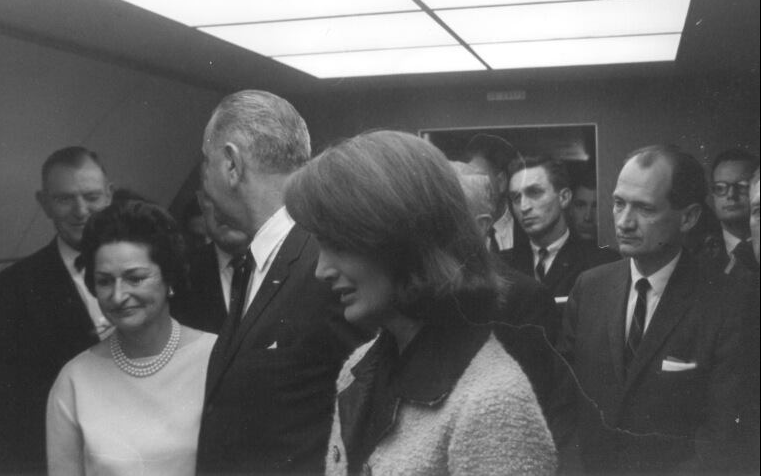
5. According to Doyle Whitehead, a steward on Air Force One, Johnson and his entourage had the gall to celebrate on the plane ride back to Washington. Whitehead said that “Johnson was a heavy drinker [and] drank about half a fifth of Cutty Sark [Scotch whiskey] on the flight back. They were laughing and talking about ‘what we gon’ do now.’ They were so loud we had to shut the door so Jackie wouldn’t hear them.”[34]

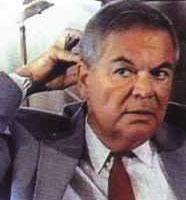
6. At the moment that Oswald was being treated in Parkland Hospital’s Trauma Room Two after being shot by Jack Ruby, one of the treating doctors, Charles Crenshaw, received a phone call from Johnson who was trying to get a confession from Oswald.[35] Phyllis Bartlett, the head telephone operator of Parkland Hospital, confirmed that LBJ had in fact called Parkland Hospital while Oswald was dying.
According to Crenshaw, Johnson asked him how the accused assassin was doing and then asked for the chief operating surgeon to take a deathbed confession. This gives the impression that Johnson was desperate to pin the killing on Oswald to eliminate any possible scrutiny into the larger conspiracy of which he was a part.
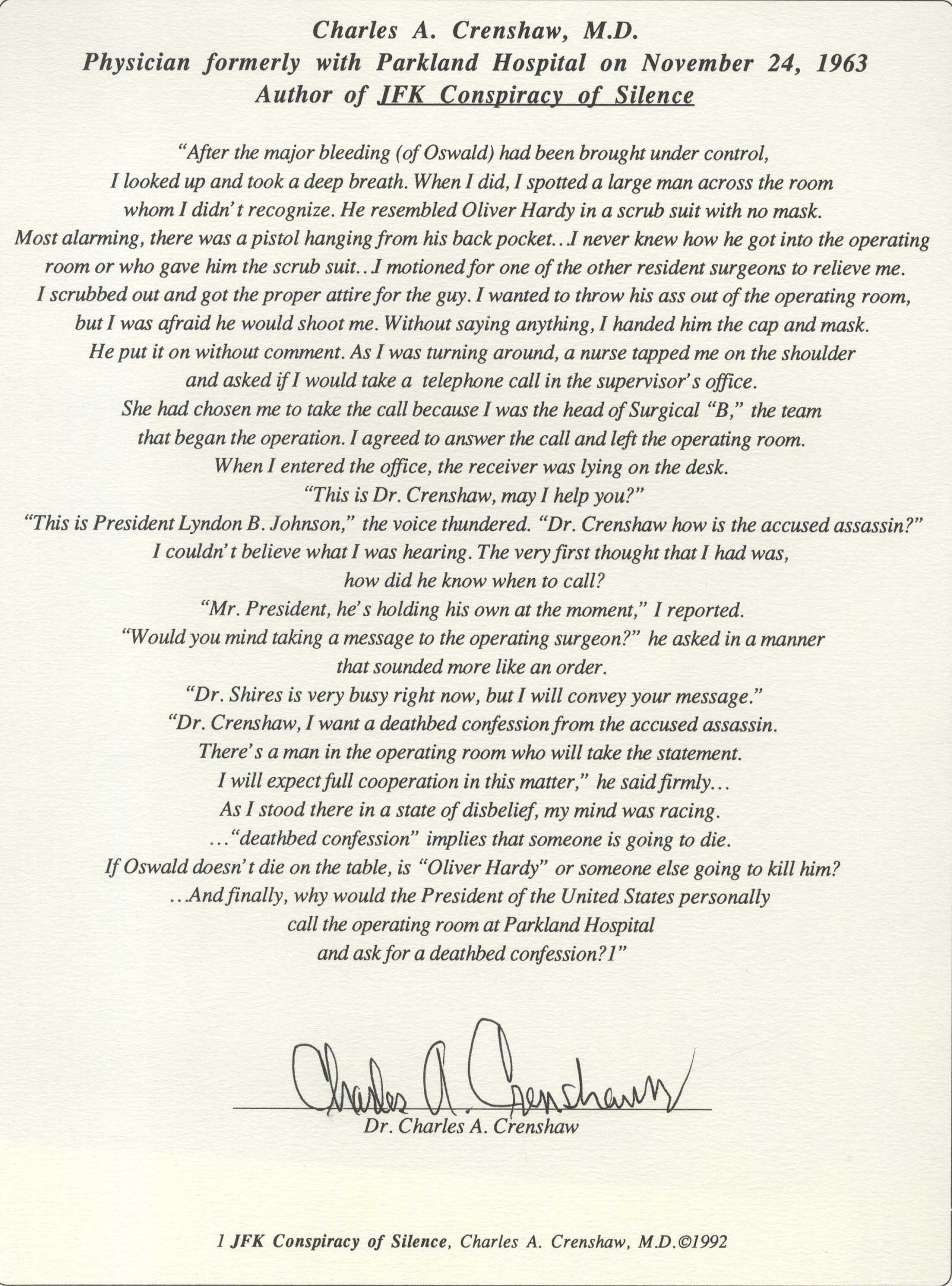
7. One of the first things the new President Johnson did, possibly while he was still at Parkland Hospital, was to call his investment advisor Waddy Bullion and tell him to sell his “goddamn Halliburton stock.” In 1962 Halliburton had bought out the construction firm Brown and Root which had been owned by Herman and George Brown. The Browns were LBJ’s longtime “sugar daddies” from the 1930s and LBJ had by 1963 already steered them a bounty of lucrative contracts. Brown and Root later won a bevy of huge Vietnam War contracts.
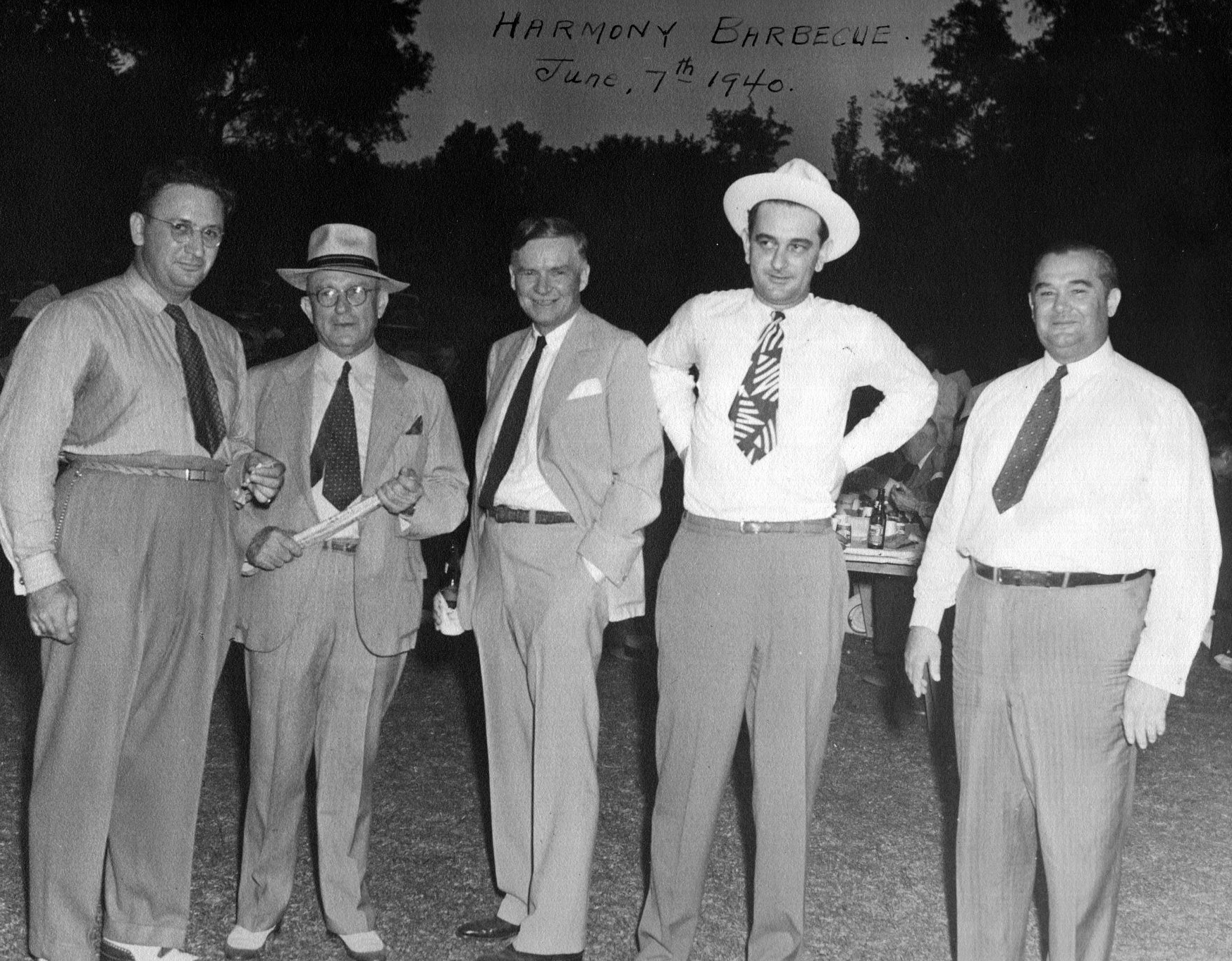
8. Captain Will Fritz, the Chief of Detectives for the Dallas Police, said that he received two or three phone calls following the arrest of Lee Harvey Oswald from officials telling him to stop the investigation because “You have your man.” Fritz persisted investigating until Saturday afternoon 11/23, the day after the JFK assassination, when Lyndon Johnson personally called and ordered Captain Fritz to stop his investigation, as if the case had been solved. Fritz said in 1975 at a gathering in a fashionable section of north Dallas that “when the president of the United States called me and ORDERED the investigation stopped, what could I do?”[36]

9. Johnson tried to get an inquiry into the killing in Texas that he could control, only settling when that didn’t materialize for the Warren Commission.
Jack Ruby Implicates Johnson
Following his incarceration, Oswald’s assassin Jack Ruby told a reporter that, “if Adlai Stevenson were Vice President, there would never have been an assassination of our beloved President Kennedy.” When asked to explain what he meant, Ruby responded: “Well, the answer is the man in office now.”[37]
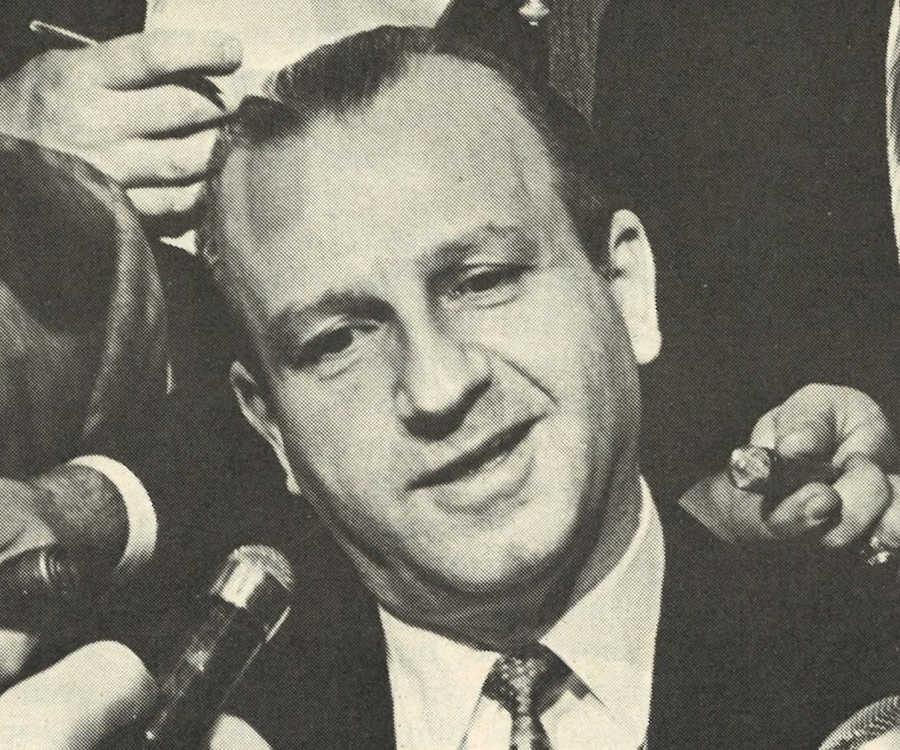
Ruby further said that “in order to understand the [JFK] assassination, you have to read the book ‘A Texan Looks at Lyndon.’”[38]
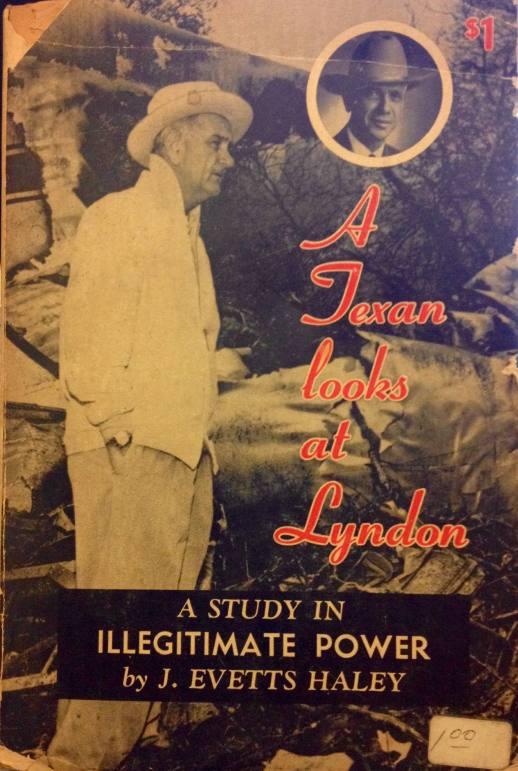
While working on a House Committee in 1947, Richard Nixon had been advised by a close ally and prominent mob-lawyer to hire Ruby as an investigator, being told that “he was one of Lyndon Johnson’s boys.”
In a jailhouse letter, Ruby wrote: “Only one person could have had that information [on Oswald being hired just two weeks before to work at the Texas School Book Depository] and that man was Johnson…because he is the one who was going to arrange the trip [of Kennedy to Dallas]..The only one who gained by the shooting. They alone planned the killing, by they I mean Johnson and others…you may learn quite a bit about Johnson and how he has fooled everyone.”[39]
Kennedy Women and Others in the Know Finger Johnson
On Air Force One, Jackie Kennedy told her Press Secretary Pamela Turnure that “Lyndon Johnson did it.”[40]
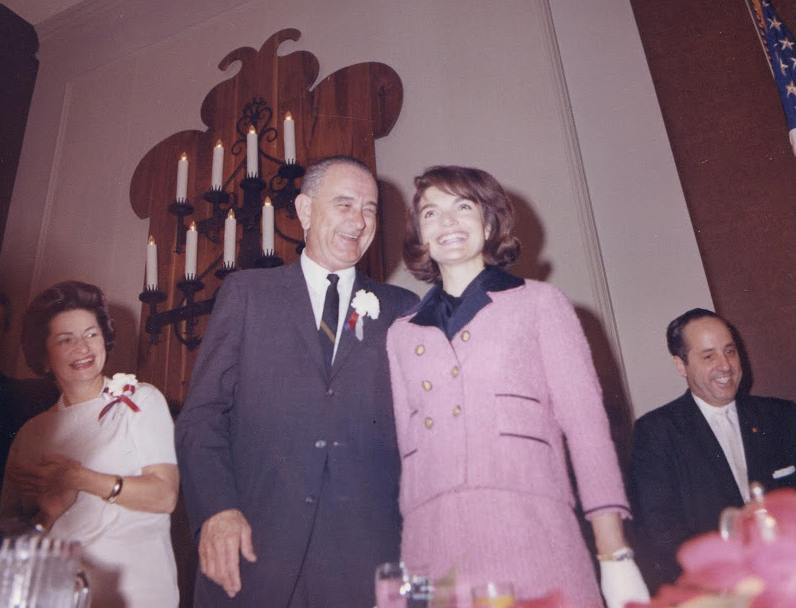
In 1977, Jackie told Meg Azzoni, a girlfriend of her son, Jack Kennedy Jr., at her apartment in New York City that she didn’t like or trust Lyndon Johnson. Jackie believed that Texas oilmen who supported Johnson were also involved in the assassination.

The oilmen—including Clint Murchison and H.L. Hunt—feared that Kennedy would cut the oil depletion allowance, which gave Texas oilmen significant tax exemptions to compensate for the depletion of oil reserves.
Jackie’s mother Janet Auchincloss believed like her daughter that LBJ was behind JFK’s murder.[41]
JFK’s Secretary Evelyn Lincoln fingered Johnson after making a list of suspects on a letterhead. Lincoln said that the world would have been a better place if Lyndon Johnson never existed.
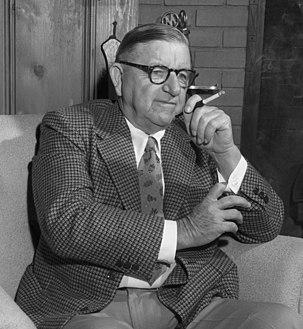
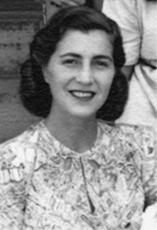
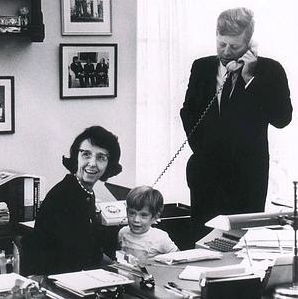
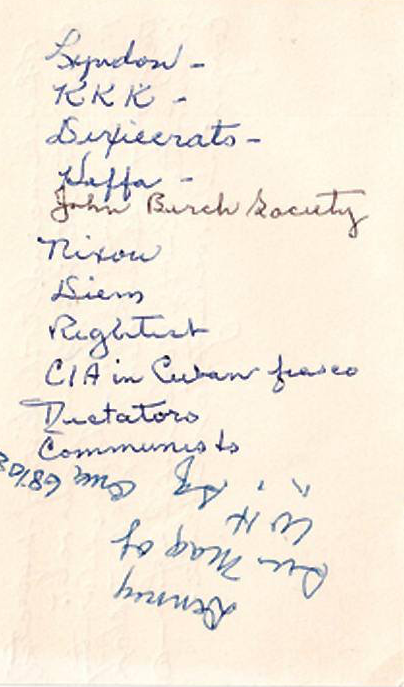

At least three intelligence operatives also fingered Johnson. E. Howard Hunt, a CIA operative who said he was invited to participate in the plot, named CIA operatives David Atlee Phillips, Cord Meyer, Bill Harvey, David Morales and Frank Sturgis as being involved in the JFK hit, and said that LBJ was the conspiracy’s chief organizer.[42]
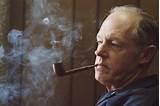
When CIA Director William Casey (1981-1987)’s nephew asked his uncle who killed JFK, Casey responded that “Lyndon Johnson had his fingers in the soup bowl.”[43]
And after Ted Kennedy killed a young woman by driving his car into a lake on Cape Cod (the 1969 Chappaquiddick affair), Joseph J. Capucci, the head of Air Force counter-intelligence and a close friend of J. Edgar Hoover, told Jan Amos, the wife of his aide, Colonel William Amos, “now I know why LBJ killed JFK.”
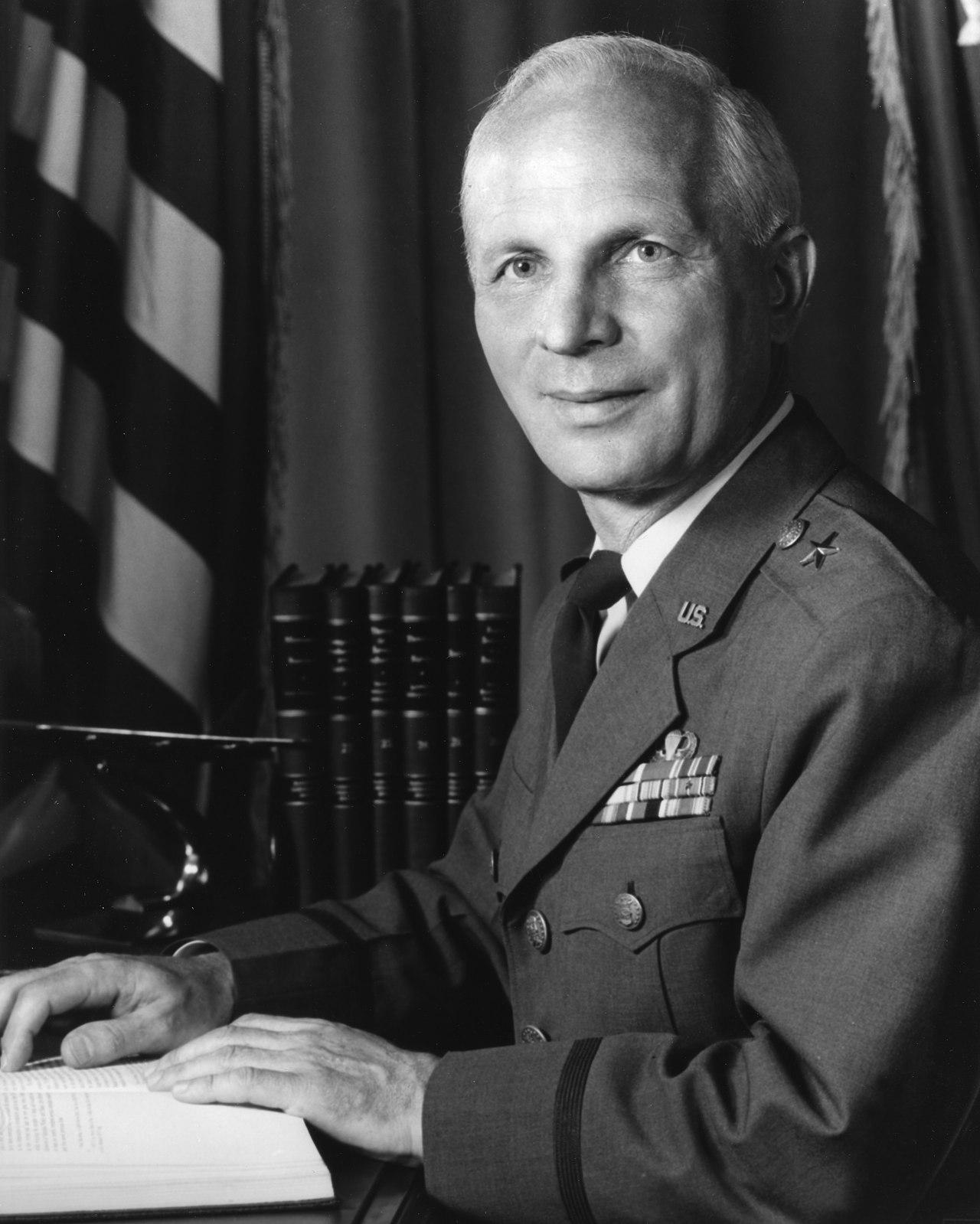
Barry Goldwater, the longtime Republican Senator from Arizona and the 1964 Republican Party presidential opponent of LBJ also came to believe that Lyndon Johnson orchestrated the JFK assassination. At an October 1973 Republican political picnic in Willcox in Cochise County, AZ, Goldwater told one of his constituents Jeffrey Hoff that he was convinced that Lyndon Johnson was behind the JFK assassination and that the Warren Commission was a complete coverup.
Hoff said that Goldwater was quite comfortable in this belief. [44] Goldwater also read and complimented the 1974 book Murder From Within which was written by Fred Newcomb. Newcomb’s book pointed the finger at the Secret Service and Lyndon Johnson for involvement in the JFK assassination.
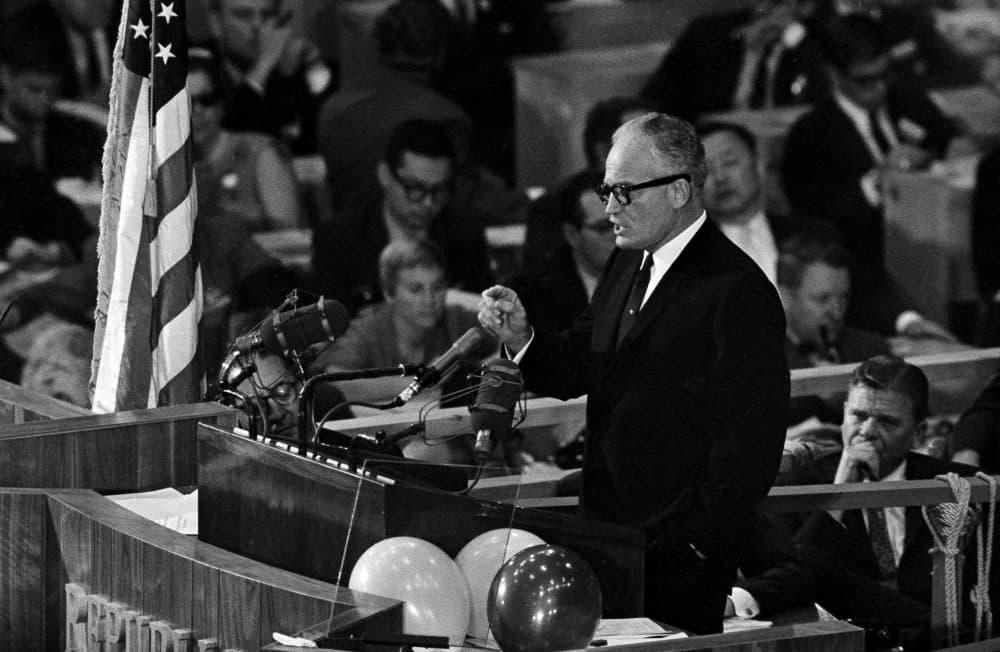
KGB Fingers Johnson
FBI Director J. Edgar Hoover reported on December 1, 1963, to W. Marvin Watson, LBJ’s chief of staff, that the Soviet KGB, then the world’s largest intelligence service, was in “possession of data purporting to indicate that President Johnson was responsible for the assassination of the late President John F. Kennedy.”
According to Soviet officials, Johnson may have acted as part of a larger conspiracy on the part of the “ultra-right” in the U.S. to “effect a coup” whose purpose was to fuel anti-communist sentiments (since Oswald’s public persona was that of a “pro-Castro Marxist”) which would stop detente with the Soviet Union and create a pretext for an attack on Cuba.[45]
One week after the murder of JFK, the Kennedys sent their close friend William Walton to deliver a message to the leaders of the USSR. This message was that “Dallas was the ideal location for the crime,” that the murder of JFK was most definitely a high level domestic conspiracy and that the selection of Lyndon Johnson as Vice President had been a “dreadful mistake.” The Soviets combined this Kennedy message with the information that their vast web of intelligence sources provided and came to the conclusion, by September 1965, that Lyndon Johnson had orchestrated the JFK assassination.
Cliff Carter Admission
In January 2025, the grandson of Billie Sol Estes, Shane Stevens, publicly disclosed a tape he had found in his family records featuring a conversation between Estes and Cliff Carter, a longtime aide to Johnson. In the conversation, Carter confides to Estes that his relationship with LBJ had been strained over Johnson’s decision to hire Mac Wallace to assassinate President Kennedy, something that Carter had openly discussed with Johnson. Carter told Estes his belief that Johnson should have never given Mac the order to kill Kennedy and said he had his differences with Johnson but that he was “true blue to Lyndon” as he had always been and “always tried to carry out every order that he gave.” However, the order to kill Kennedy was one he “would never be able to forget.”

Cliff Carter [Source: spartacus-educational.com]
Carter went on to discuss the embarrassment that Johnson had been subjected to by the Kennedy’s made Johnson think that there was nothing else “but to do what he did.” Carter said that Lyndon was the kind of person who “didn’t want to help anyone;” he was “all for Lyndon and that’s pretty much been the way he’s always been.” Billie Sol Estes responded by saying how he had been blackmailed to keep his mouth shut about the killing of the Department of Agriculture official Henry Marshall, which Johnson was behind, and said that 17 people got killed mysteriously who were associated with the Marshall killing in some way or knew of Johnson’s dark secrets. Estes added that he personally lost a lot of money because of his association with Johnson who had “hurt his family a whole lot.”
Long Planning
At the 1960 Democratic Party convention in Los Angeles, JFK had invited Stewart Symington (D-MO) to be his running mate; however, Johnson, using information provided to him by FBI Director J. Edgar Hoover and his own surveillance operation, threatened to expose JFK’s sexual dalliances (which were taboo in 1960) and his suffering from Addison’s Disease.
Johnson also told Bobby that if he were not on the ticket, he would block any legislation JFK would have wanted to pass as Majority leader in the Senate.
JFK told his friend Hy Raskin: “we had never considered Lyndon [for the 1960 ticket], but I was left with no choice. He and Sam Rayburn made it damn clear to me that Lyndon had to be the candidate. Those bastards were trying to frame me. They threatened me with problems and I don’t need more problems. I’m going to have enough problems with Nixon.”[46]
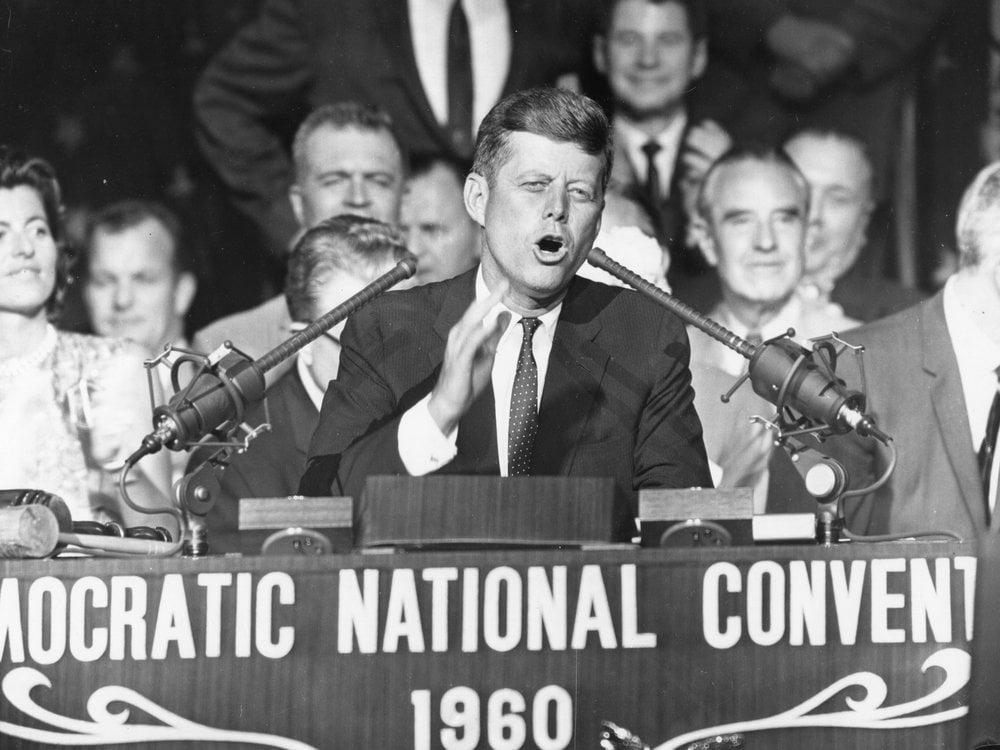
When a wealthy Lyndon backer burst into the Johnson suite cursing and swearing because he was going to help JFK win the presidency, Bobby Baker took him into a bedroom and explained what they had in mind, according to Don Reynolds. The backer came out all smiles, saying he thought that was an “excellent plan!” Bobby Baker would later state that JFK would not live out his term and would die a violent death.[47]
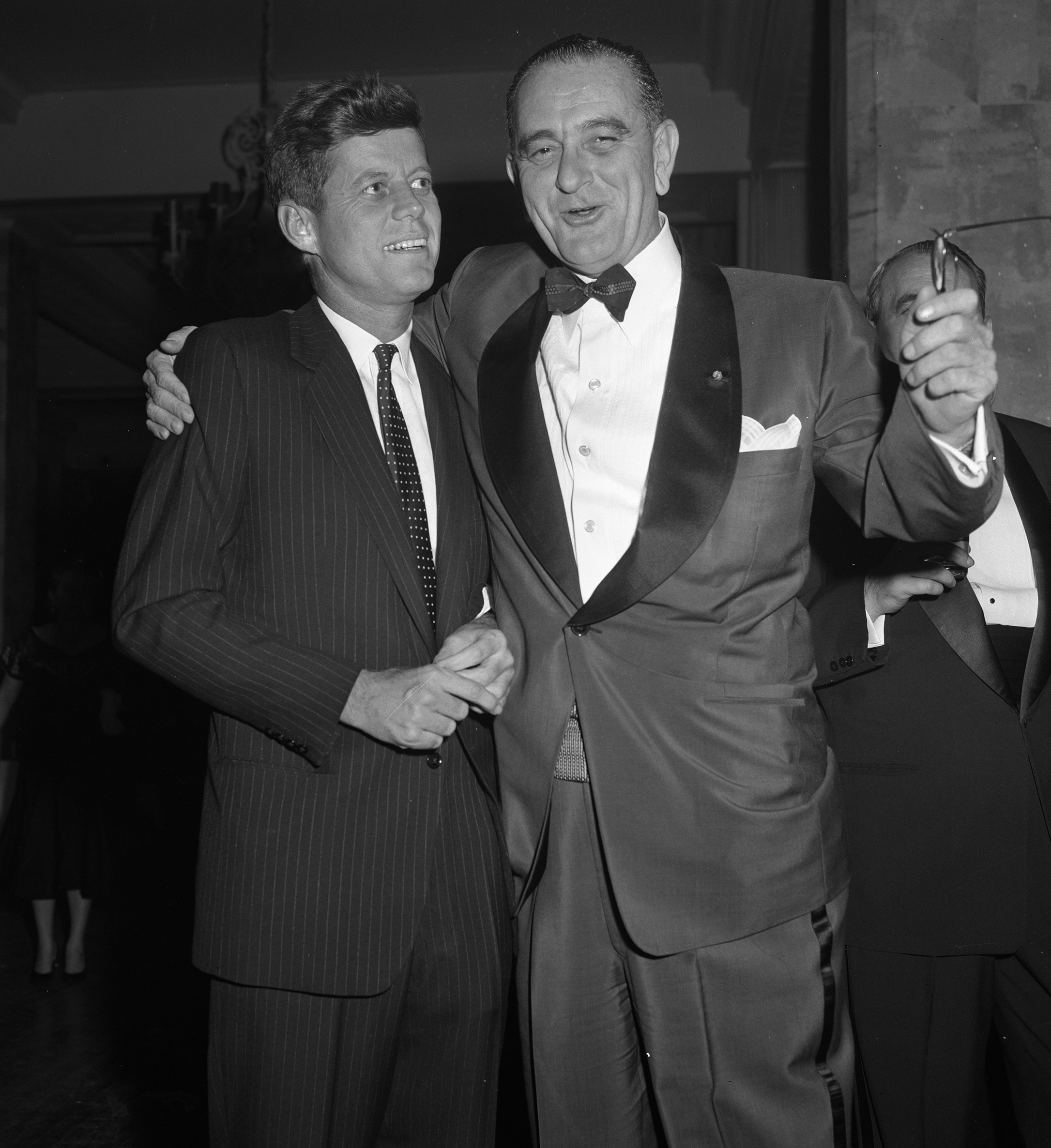
Premature Identification
The evening of the assassination, Johnson ordered the Dallas Police and the District Attorney’s office not to pursue suspicions of conspiracy even though he did not have the authority to do so.
J. Edgar Hoover acted as if he had the case “solved” by 4:01 p.m. EST and that Oswald was the assassin.
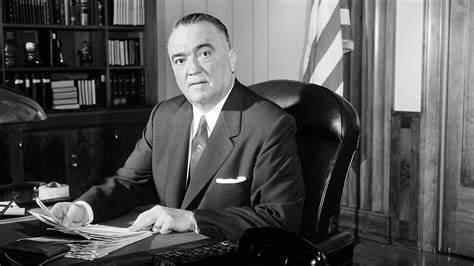
The swift conclusion about Oswald was suspicious since Oswald never admitted to his guilt and said he had been set up as a patsy.
Hoover’s professed certainty about Oswald’s guilt conflicts with the director’s phone discussions with President Johnson in the week following the shooting. Hoover showed some confusion in those conversations about the developing cover story and the “evidence” supporting the assertion that there was no one else involved in the assassination. Johnson apparently played dumb in the conversation for the benefit of recording devices. However, in one conversation, both men referred to “they” as having done the shooting.[48]
Also in a 14-minute conversation between Hoover and Johnson at 10 a.m. on November 23, Hoover said that the evidence that they had at that time against Oswald was “not very strong.” If that were true, then how come Hoover said the day before that evidence of Oswald’s guilt was strong—before the FBI investigation had been carried out.[49]

Oswald—Patsy
The story the Warren Commission sanctioned about Oswald as the killer was implausible because it advanced the magic bullet hypothesis postulating that a single bullet caused eight wounds in John F. Kennedy and Texas Governor John Connally who had been riding with him.
Defying the laws of physics, that bullet would have had to have hit Kennedy near the top of his back and come out the front of his neck, gone through Connally’s back, come out of his chest, smashed his right wrist, and caused a puncture wound in his left thigh.[50]
And, after doing all that bone-breaking damage, the magic bullet was supposedly found in pristine condition on a gurney in the hospital, which was not even used to carry either Kennedy or Connally.[51]
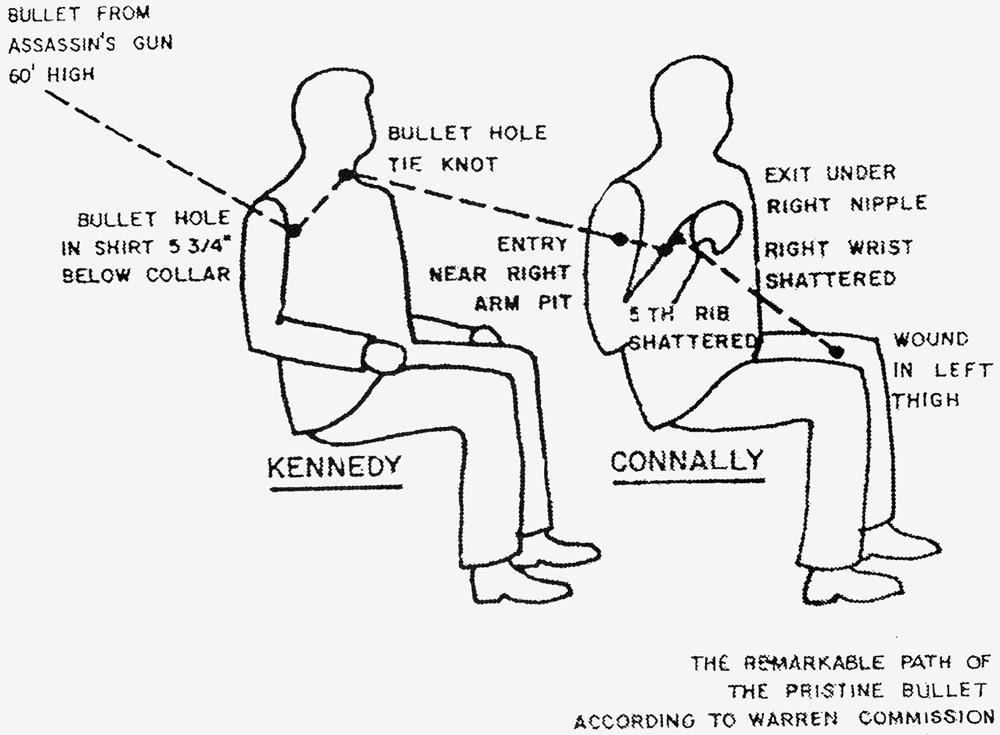
The official story also assumed that Oswald killed Kennedy with two perfectly fired shots when he was an average shooter at best in his Marine Corps days and was supposedly armed with an extremely poor quality, antique Italian army-surplus rifle equipped with a defective scope.
No one, including the best “master marksman” in the nation, has ever been able to duplicate the alleged shot-making skill of Oswald, who did not show enough interest in target practice in the Marine Corps to become an expert rifleman.[52]
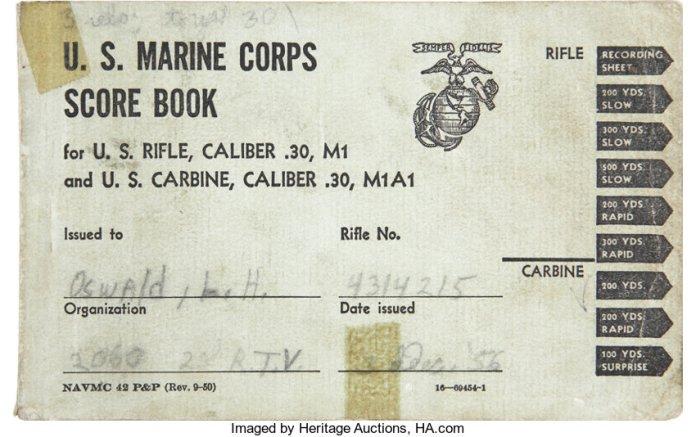
The most important documentary record of President Kennedy’s assassination is, of course, Dallas dress manufacturer Abraham Zapruder’s home movie of the shooting, which appears to show President Kennedy reeling from shots fired from locations other than the Texas School Book Depository, notably the grassy knoll near where Kennedy’s motorcade passed, a conclusion which contradicts the Warren Commission report’s finding.[53]
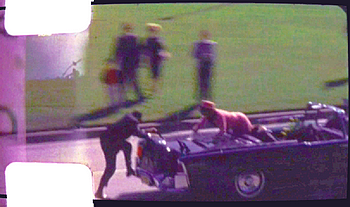
Of the 90 witnesses who were asked by police, the FBI or Secret Service where the shots that struck Kennedy came from, 58 said the grassy knoll.[54]
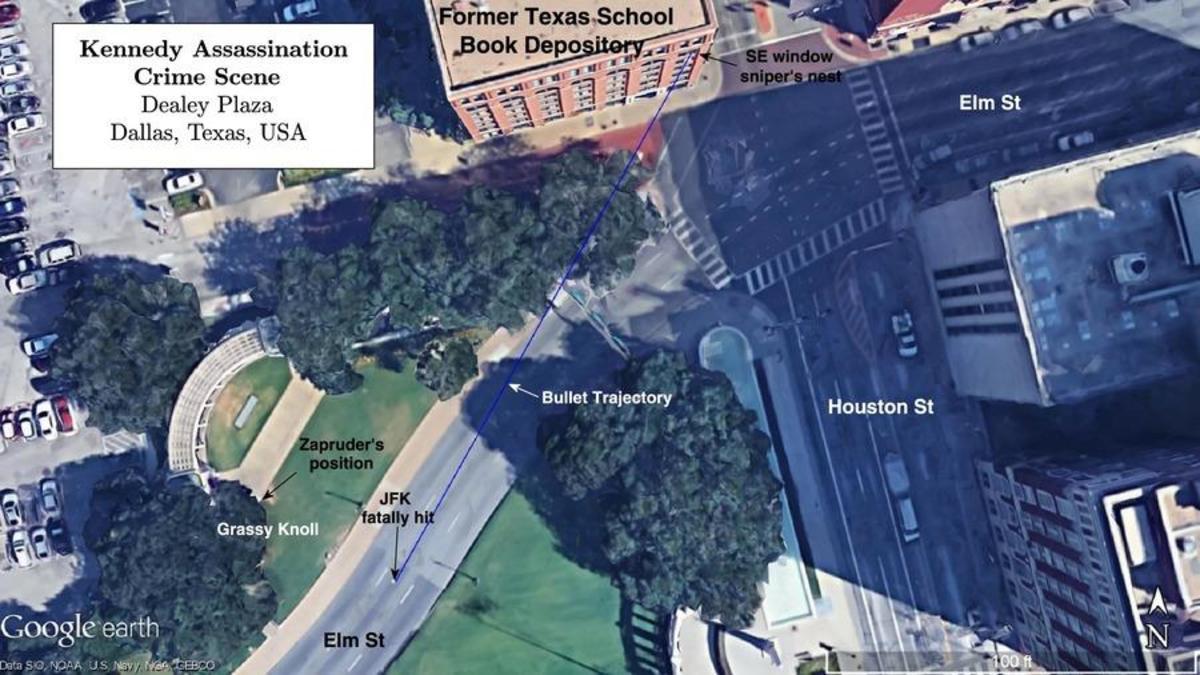
When Carl Renas drove Kennedy’s limousine a few days after the assassination and discovered that the molding strip in the car had been hit with a primary strike—and not simply a bullet fragment—he was told to keep his mouth shut because that would imply that there were more than three shots fired—the number fired from the Texas School Book Depository.[55]
CIA photographic analyst Homer McMahon told the Assassination Review Board in 1997 that, when he worked on a version of the Zapruder film during the weekend of the assassination, he thought he saw JFK reacting to six to eight shots fired from at least three directions.[56]
One photograph of the assassination site showed a road sign that was struck by a stray bullet, which was quickly removed because it was more evidence that more than three shots had been fired.[57]
Two doctors who treated Kennedy at Parkland Hospital, Malcolm Perry and William Kemp Clark, told reporters at a news conference in mid-afternoon that Kennedy had been shot from the front—which makes the scenario of Oswald as the lone assassin shooting Kennedy from the Texas School Book Depository impossible.[58]
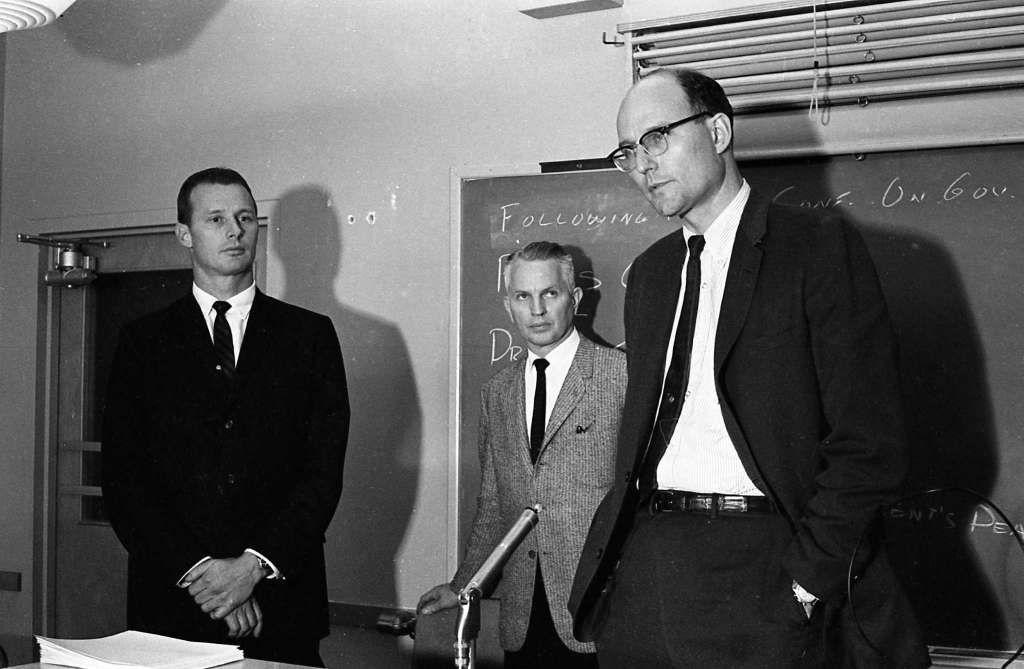
Dallas Police Chief Jesse Curry admitted in a 1969 interview with the Dallas Morning News that “We don’t have any proof that Oswald fired the rifle, and never did. Nobody’s yet been able to put him in that building with a gun in his hand.”[59]
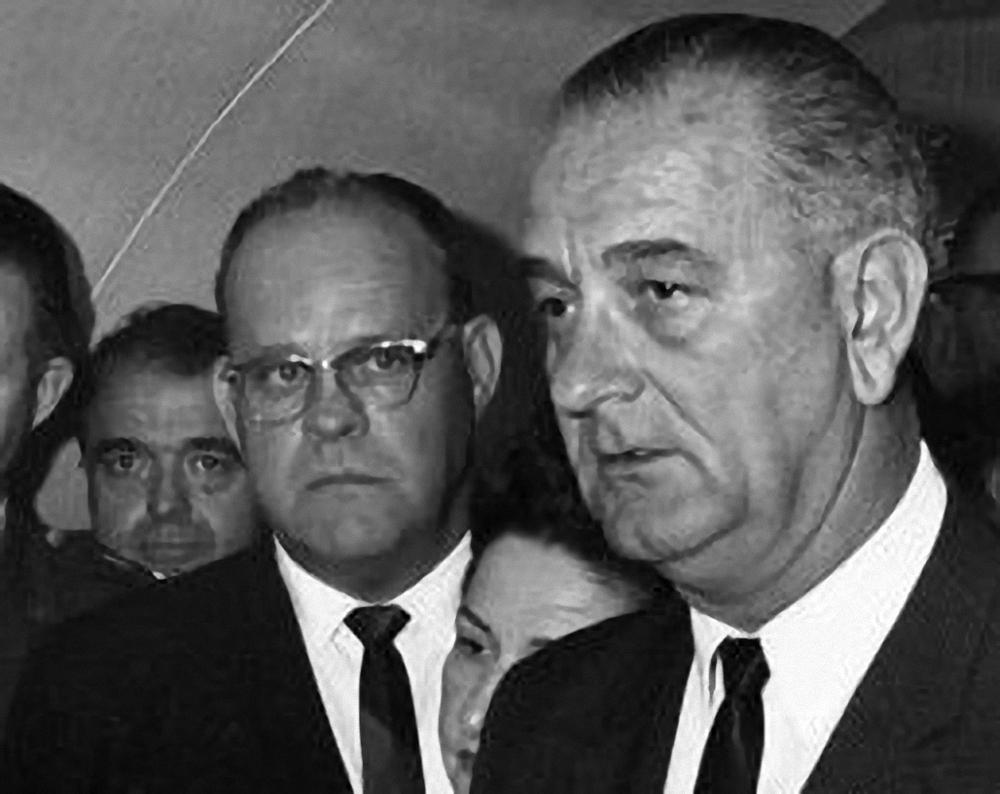
Curry further admitted in a videotaped interview with assassination researcher Peter Dale Scott in Dealey Plaza during the late 1970s that the medical and photographic evidence indicated that a shooter probably was firing from the front and that Kennedy was hit with two shots fired from the grassy knoll.
When Scott suggested that “the evidence we have…is rather strong evidence that there was another assassin involved,” Curry replied, “that’s right.”[60]
These comments by Chief Curry are consistent with his immediate impression of the shooting, when he radioed the police dispatcher from the official lead car in the motorcade, behind the advance and pilot cars but directly ahead of the presidential limousine. “Go to hospital, go to Parkland Hospital. Have them stand by. Get men on top of that railroad underpass and see what happened up there. Go up to the overpass.”[61]
Additional Anomalies
A few additional anomalies make clear that the official narrative about Oswald as the lone assassin was false:
- Oswald was said to have brought the rifle used to kill Kennedy in a brown paper bag, but five witnesses on that day did not see him carrying one.
- Oswald had no motive to kill Kennedy; he even said that Kennedy was the best U.S. president in his lifetime
- It would have required a superhuman effort for Oswald, who weighed only 135 pounds, to have stacked 28 50-pound boxes in the sniper’s box in 15 minutes as he is alleged to have done (in a test, a 268-pound former college football tackle took 21 minutes to move and then stack 40 50-pound boxes). Oswald’s alleged feat is further impossible because he was seen in a downstairs lunchroom in the Texas School Book Depository just 15 minutes before JFK’s murder.
- On the day of his arrest, Oswald was given a nitrate test which showed he had not fired a rifle in the previous 24 hours. Initial laboratory tests also did not show the existence of any fingerprints of Oswald on the rifle found on the 6th floor of the Texas School Book Depository.[62]
- Victoria Adams, a Texas School Book Depository employee who was on the stairs at the exact moment Oswald was supposed to be making his escape, never saw Oswald, while another building employee, Carolyn Arnold, saw Oswald on the first floor just after JFK was shot.[63]
- Less than two minutes after the shooting, Oswald’s boss Roy Truly, the Superintendent of the Texas School Book Depository, and policeman Marion Baker said they saw Oswald on the 2nd floor of the Texas School Book Depository—on the complete opposite side of the building from the sniper’s nest on the 6th floor. According to them, Oswald was calmly drinking a Coke and not out of breath, which he would have had to have been if he had sprinted across the building.[64]

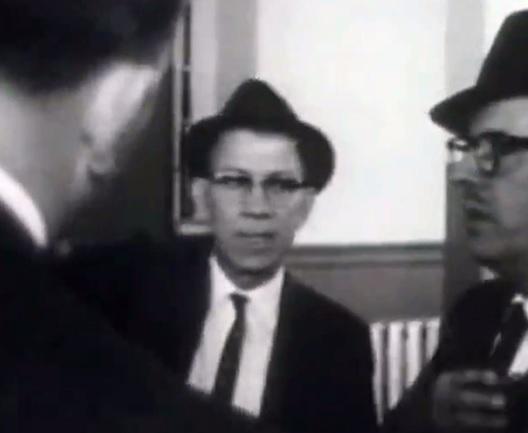
Alliance with Kennedy’s Enemies in the CIA and Military Intelligence
Johnson knew who Kennedy’s enemies were in the CIA and military intelligence and that’s who he likely used to murder JFK.
Starting in the early 1950s, Johnson had been one of a handful of senators/congressmen giving congressional oversight over the newly created CIA and became known as the CIA’s go to guy in Congress for enormous amounts of funding.[65]
Awarded a fraudulent Silver Star by General Douglas McArthur during World War II, Johnson was a hawk who wanted to bomb Cuba during the Cuban Missile Crisis; triggered a false flag attack on the U.S.S. Liberty that was designed to provoke a U.S. war with Egypt and the Soviet Union, and sanctioned the dropping of nuclear weapons over Vietnam.[66]
Kennedy by contrast had favored more covert forms of military intervention and gave a beautiful speech in June 1963 at American University calling for peaceful relations with the Soviet Union.[67]
Though Kennedy was a covert action enthusiast who created the Green Berets and loved James Bond, right-wing elements in the CIA were bitter about Kennedy’s failure to provide adequate air support during the Bay of Pigs invasion and Kennedy’s growing support for détente with the Soviet Union, along with his claim that he “wanted to splinter the CIA in a thousand pieces and scatter it to the winds.”[68]
A key coordinator of the assassination may have been Edward Lansdale, the CIA’s expert on coups and assassinations whom L. Fletcher Prouty, Chief of Special Operations for the Joint Chiefs of Staff under President John F. Kennedy and Victor H. Krulak, a decorated Marine Corps officer, as well as Lansdale’s second wife, Patrocinio Yapcinco Lansdale, identified as being at Dealey Plaza at the time JFK was killed.
A prototype for Alden Pyle in Graham Greene’s famous novel The Quiet American, Lansdale was known for adopting gruesome tactics as a counterinsurgency expert in the Philippines and Vietnam, including hanging the dead bodies of captured guerrillas on hooks for intimidation.[69]
Lansdale talked in letters about visiting Denton, Texas just outside of Dallas at the time of the Kennedy assassination, and his partner, Lucien Conein was also spotted at Dealey Plaza.
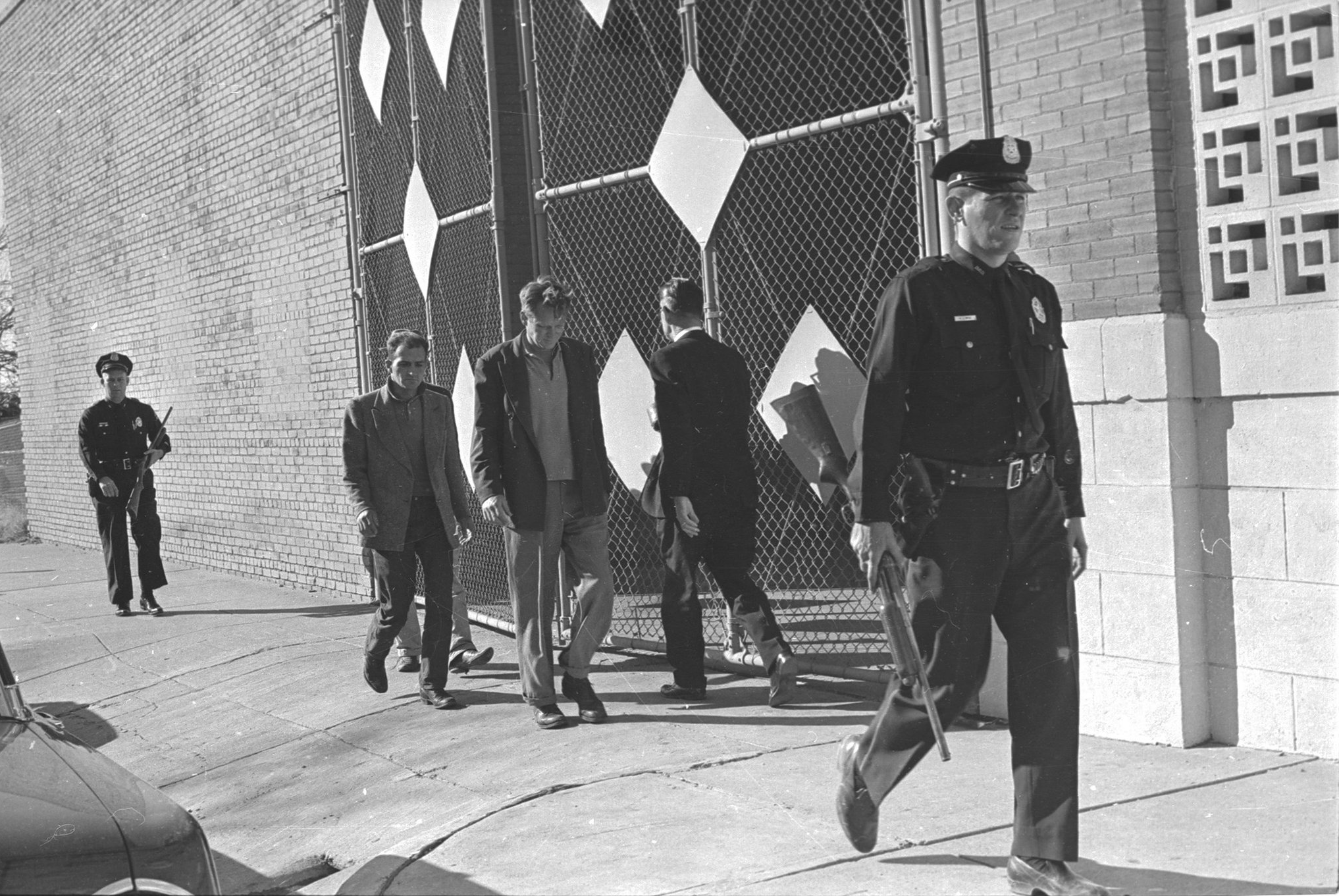
Lansdale had been upset by the murder of his friend Ngo Dinh Diem and his brother Ngo Dinh Nhu, South Vietnam’s client rulers after a coup plotted by the Kennedys, and had recently been forced to retire.
A mere 11 days after the JFK assassination, Lansdale had a job in the “Food For Peace” program in the Old Executive Office Building, which is part of the White House complex and he was subsequently reappointed by LBJ as the top counter-insurgency guru in Vietnam.
Historian Robert Morrow believes that these latter appointments were a payoff for Lansdale’s involvement in the JFK assassination.[70]
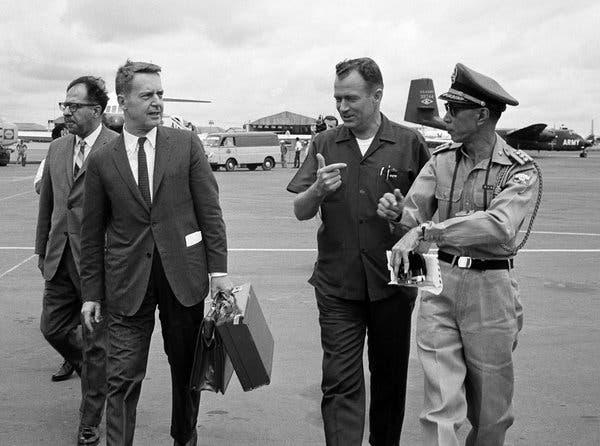
Lansdale would have coordinated the shooters from the grassy knoll; dark-skinned Cubans, anti-Castro elements who hated Kennedy and had run black operations out of the CIA’s JM-Wave station on the campus of the University of Miami.[71]
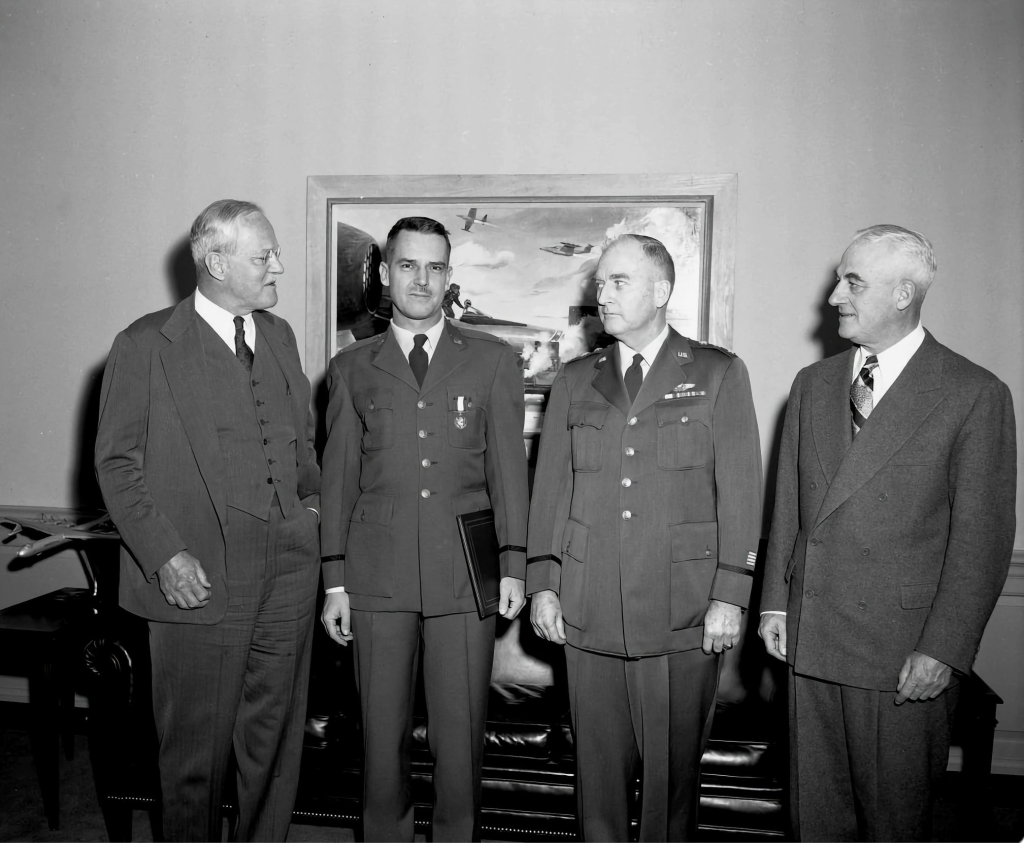
Johnson’s connection to the CIA may have come through Brown & Root, the building contractor and major Vietnam War profiteer that functioned as Johnson’s sugar daddy. Brown & Root’s corporate foundation contributed to the CIA’s Radio Free Europe and other CIA conduits, including American Friends of the Middle East (where Brown & Root did brisk business). Historian Joan Mellen wrote that Brown & Root was “filled with CIA assets.”[72]
CIA Agent David Atlee Phillips, who confessed to members of his family that he was in Dallas at the time of the assassination, was from Fort Worth Texas. He was a close associate of Texas insider Gordon McLendon, a radio broadcaster and Democratic Party political candidate who was friendly with Jack Ruby, Clint Murchison and Bobby Baker, and formed the Association of Former Intelligence Officers (AFIO) with Phillips in 1975.[73]

In a deathbed confession to his son, E. Howard Hunt specified that Philips was a key organizer at Dealey Plaza and worked with the various assassination teams which may have been unknown to each other. Winston Scott, the former CIA Station Chief in Mexico City said that not only did Phillips—the best covert agent he said he ever knew—organize events in Dealey Plaza but that he also helped prepare Oswald as the patsy and set up an elaborate Mexico City spin in which Oswald putatively banged on the desks of the Cuban consulate and Soviet embassies making a clear impression that he was an unstable communist sympathizer trying to get out of the U.S.[74]
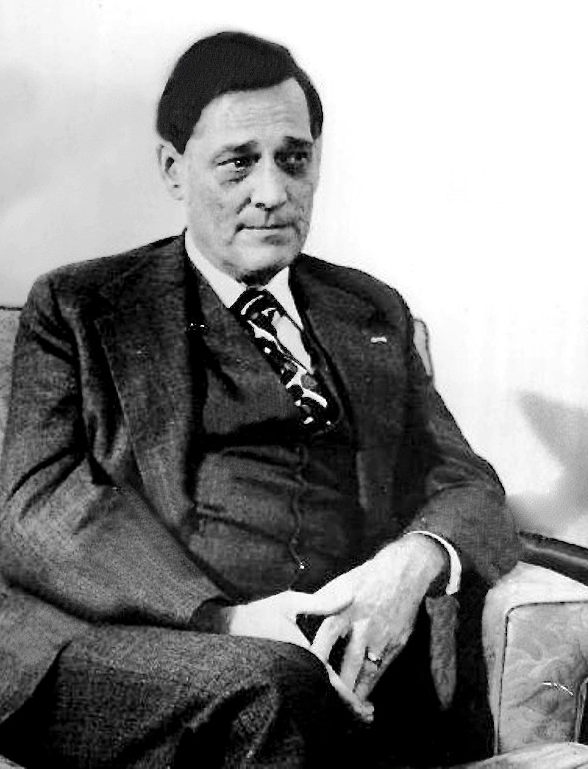
More Texas Connections
The owner of the Texas School Book Depository, D.H. Byrd, was very close with Johnson and a founder of the Civil Air Patrol, which Oswald had been in.
A wealthy oilman who co-founded Temco aircraft which became part of the defense contractor Ling-Temco-Vought (LTV), whose stock skyrocketed as a result of the Vietnam war, played a key part in the plot by ensuring that Oswald got a job working at the Texas School Book Depository.

James Ling, Byrd’s partner who was also close with LBJ and kept a bust of him in his office, purchased 132,000 shares of LTV stock with Byrd prior to the assassination despite impending defense spending cuts, a move that implies foreknowledge of the JFK assassination.
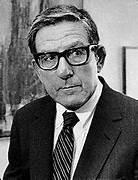
Another key Texas connection emerges with the revelation that Earle Cabell, the mayor of Dallas at the time of JFK’s murder, was a contract agent of the CIA whose brother Charles had been Deputy CIA Director fired by JFK over the Bay of Pigs debacle.[75]
New Orleans District Attorney Jim Garrison saw Mayor Cabell’s involvement in the last-minute change in the parade route as “highly suspicious,” believing that it raised “serious questions.”
As the man responsible for citywide security, the mayor Cabell provided the police protection for the presidential motorcade. Cabell made sure it was so loose down there on the day of the hit.[76]
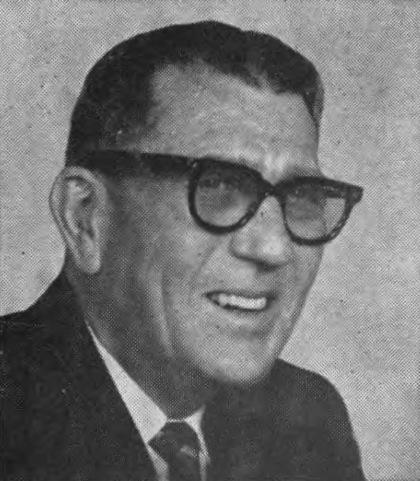
According to author Phillip Nelson, Cabell was at the center of a Dallas crowd that was directly tied into LBJ’s circle for many years before the assassination.[77]
Shortly after the assassination, Cabell went to a party at his brother’s home in Washington, D.C., accompanied by Dallas Police Officer Jack Revill, who reported that there were military officers there “celebrating Kennedy’s death with toasts.”[78]
Reward For Dallas
Barr McCllelan, a top oil and gas lawyer who worked for the Austin, Texas, law firm of Clark, Thomas & Winters which represented Lyndon Johnson, writes in his book, Blood, Money and Power: How LBJ Killed JFK (Skyhorse Press, 2011) that senior partner, Ed Clark, who had also represented Brown & Root, engineered the assassination.
McClellelan said that Don Thomas, LBJ’s closest friend and a senior partner at the firm along with another partner, John Coates, told him that “[Ed]Clark handled all of that in Dallas.”[79]
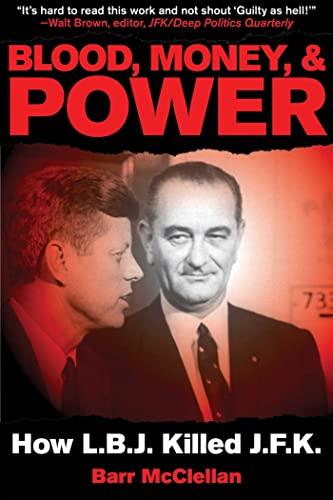
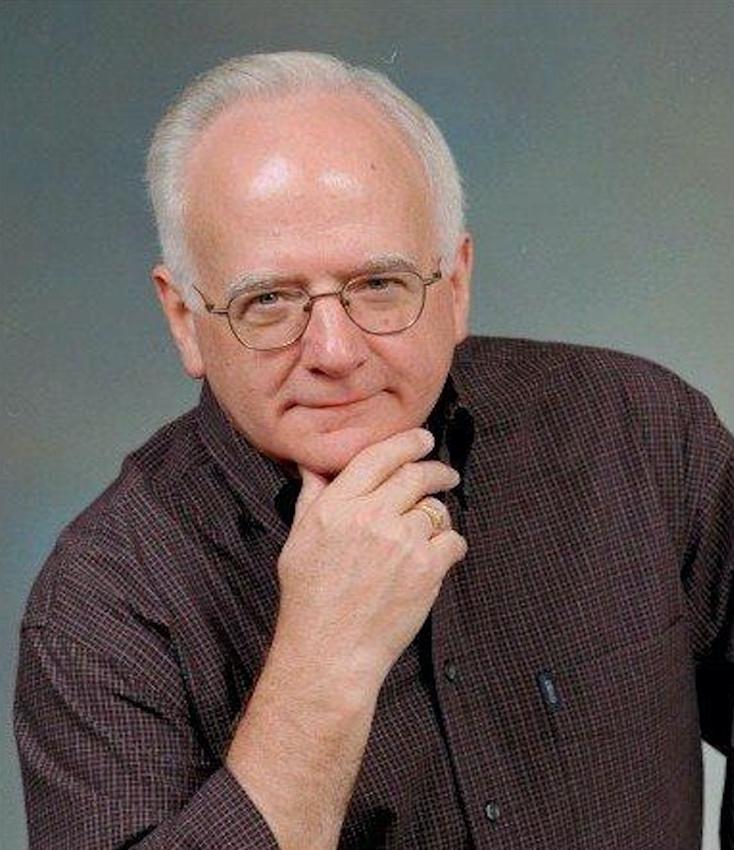
A Captain in the army during World War II born to a prominent Texas pioneer family, Clark was a virulent racist characterized by Reader’s Digest as the “secret political boss of Texas.”
Clark’s obituary in the Austin-American Statesman in 1992 referred to him as “one of the most influential Texans of his time.” As a reward for plotting Kennedy’s assassination, he got lucrative oil leases and was appointed by Johnson as U.S. ambassador to Australia where he served from 1965 to 1968.[80]
McClellan said that Clark would put an oil lease on his desk at the law firm and ask him to take care of the paperwork; telling him that the lease was a “reward for Dallas [ie. orchestrating the JFK assassination.”][81]
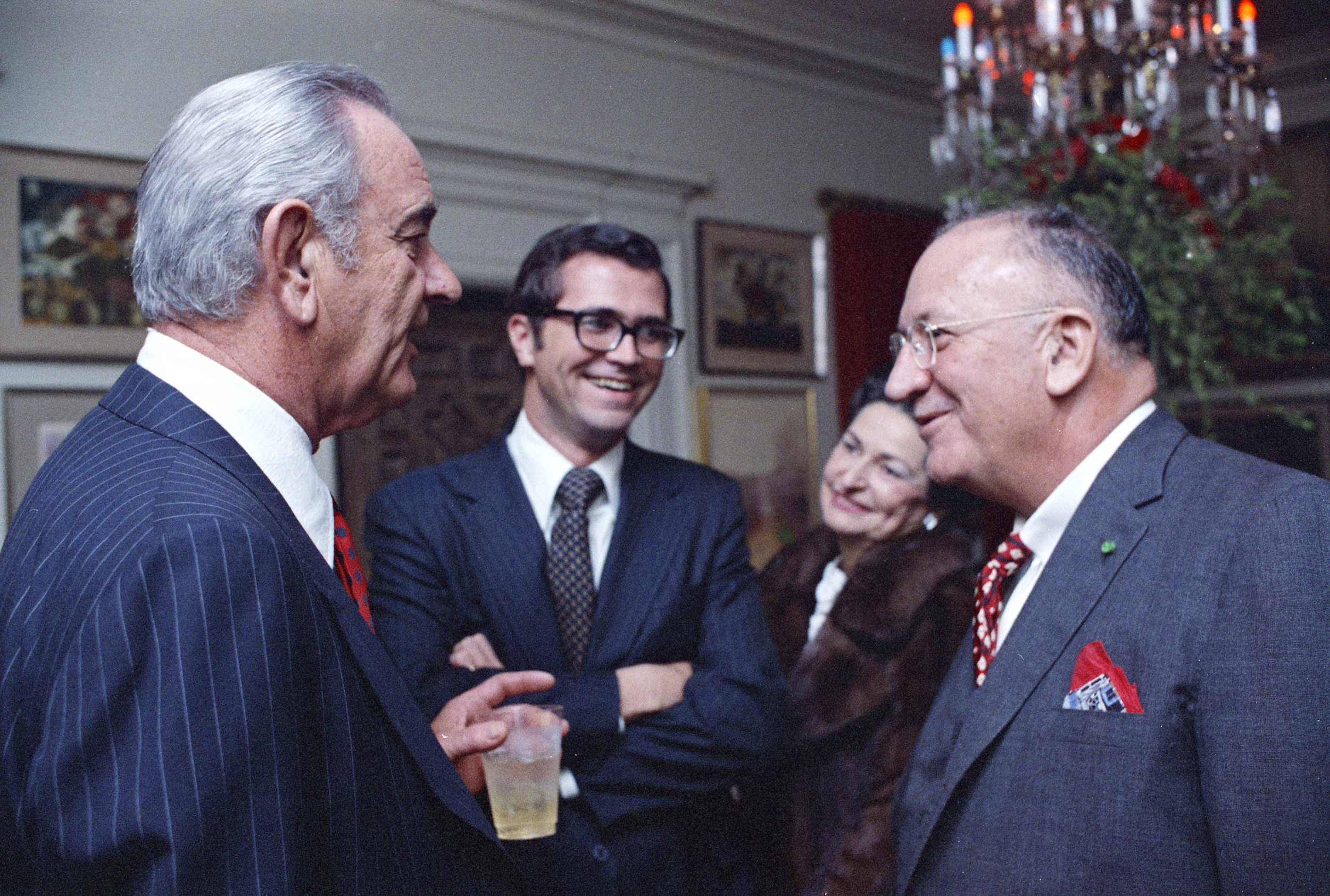
“The Only Real Screw Up”
After Kennedy’s assassination, Oswald was accused of killing police officer J.D. Tippit near his house, although this was impossible because the Warren Commission said that Oswald was at his boarding house at 1:03 p.m. and was immediately then seen waiting for a bus, nine-tenths of a mile away from where Tippit was killed between 1:06 and 1:07 p.m., according to witness Helen Markham. Oswald could not possibly have traveled that distance in four minutes.[82]
The shell casings from the crime scene also did not match Oswald’s rifle and a witness, Acquilla Clemons, stated that two men killed Tippit, neither of whom matched Oswald’s description.[83]
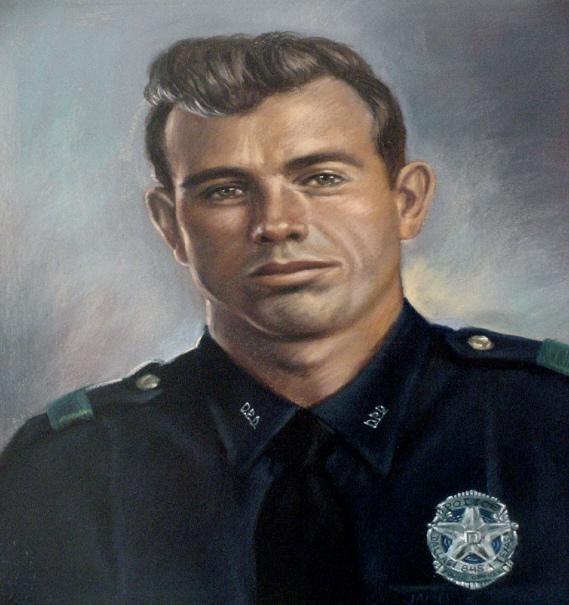

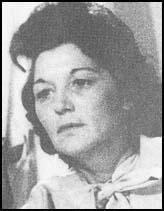
The Fix Is In
Dallas police announced Oswald as the lead suspect only 14 minutes after JFK was killed, listing him as being 5’10” tall and weighing 165 pounds—which was his height and weight in government documents created before the assassination based on the description of Marguerite Oswald, Lee’s mother, in May 1960. (Oswald was actually 5’9” tall and weighed 135 pounds.)
When Oswald was apprehended by police at the nearby Texas theater three separate wallets of his were found, indicating that he had been set up. Witnesses at the theater noticed that Oswald kept switching seats—strongly suggesting that he was there to meet an intelligence contact.

In another sign of an intelligence operation, Oswald impersonators were seen around Dallas, including at the Sports Dome rifle range on the eve of the assassination (an Oswald impersonator also operated in Mexico City).[84] More wallets of Oswald were found at different strategic places, including the Tipppit murder scene, indicating that it was likely planted there.[85]
Oswald—CIA All the Way
Oswald was a 24-year-old former Marine with family mob ties (his uncle who helped raise him was a Carlos Marcello lieutenant) and a background in U.S. intelligence. He had just come back from the Soviet Union and infiltrated the left-wing Fair Play for Cuba Committee as part of his intelligence cover.[86]
To give Oswald a false public identity, Oswald befriended an anti-Castro Cuban named Carlos Bringuier, who interfered with his leafleting and staged a fight that was designed to get Oswald arrested and have his name appear in the papers. The pro-Castro base would in turn see Oswald as a supporter of Castro and he was now identifiable as pro-communist in the public mind.[87]
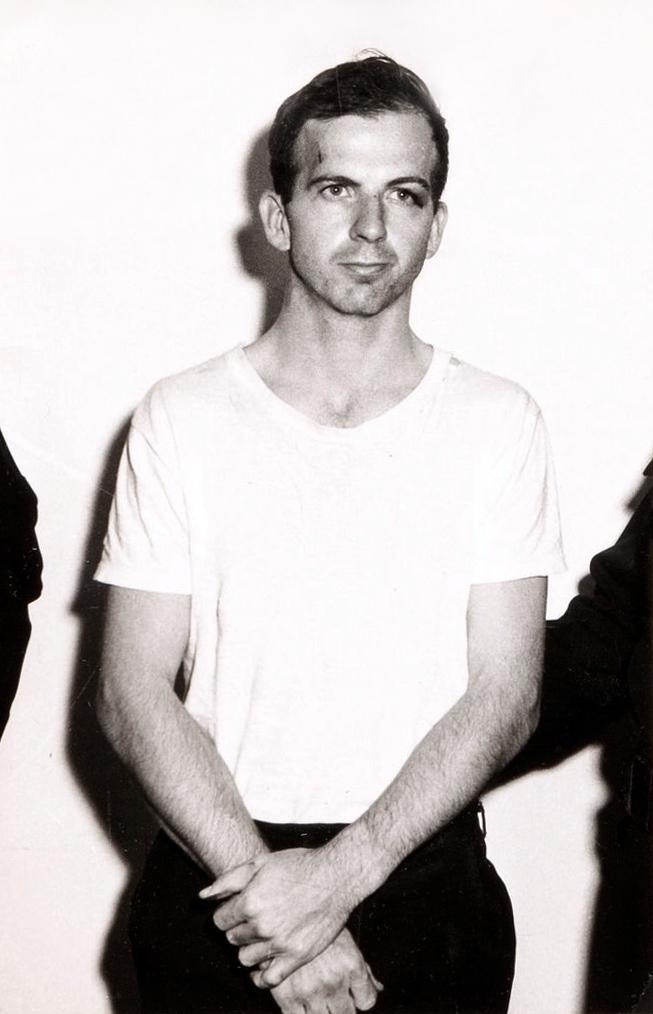
Texas Attorney General Waggoner Carr and Dallas District Attorney Henry Wade claimed to have learned from reliable sources that Oswald was an FBI informant from 1962 until the assassination, and that he was paid $200 per month.[88]
Senator Richard Schweiker (R-PA) said during the Church Committee deliberations that “everywhere you look, with him [Oswald] there are the fingerprints of intelligence.”[89]
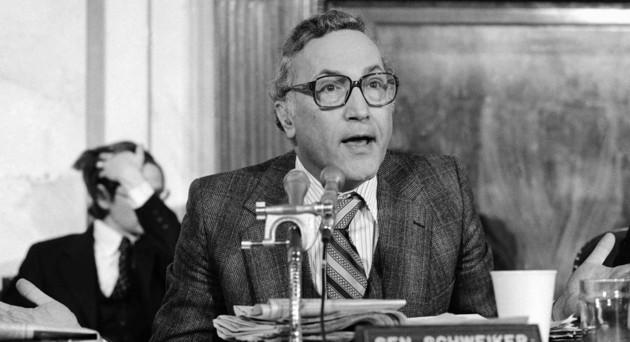
Growing up in a fatherless household in New Orleans with a loveless mother and absent brother, Oswald had become fascinated with the TV series I Led 3 Lives, which was loosely based on the life of Herbert Philbrick, a Boston advertising executive who infiltrated the U.S. Communist Party on behalf of the FBI.[90]
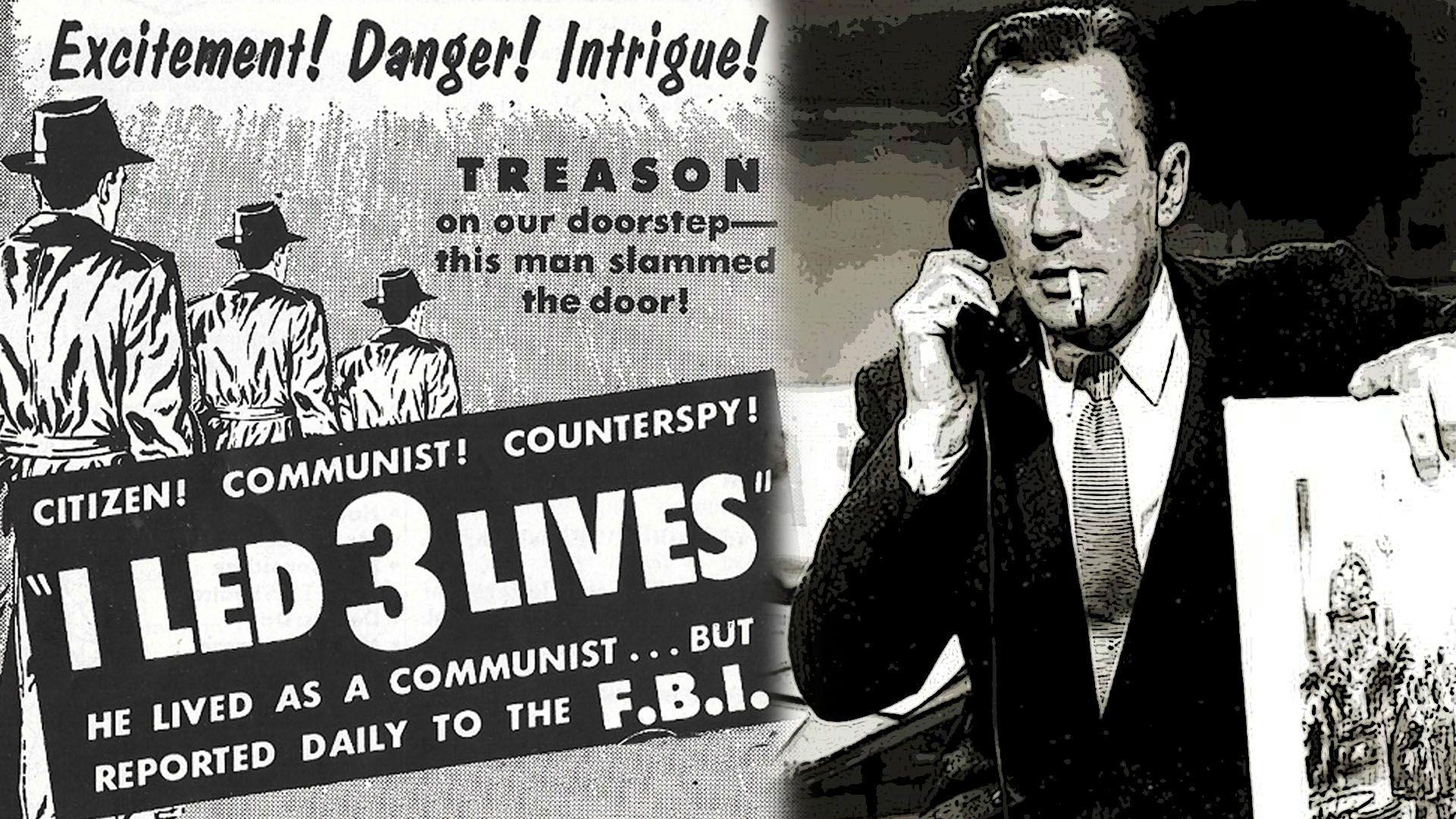
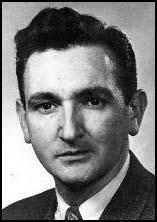
In 1956, Oswald was tapped by David Ferrie—a CIA asset involved in anti-Castro operations who flew drugs and guns out of Central America and worked in Ruby’s Carousel Club—to join the Civil Air Patrol.[91]
Then in 1957, living out his boyhood fantasy, Oswald was trained for future spy missions into the Soviet Union by the Office of Naval Intelligence (ONI) under the direction of the CIA as a young enlistee in the Marine Corps.[92]
Fluent in Russian, Oswald subsequently worked at the Atsugi Naval Base in Japan, the largest CIA installation in the world, which was used as a launching base for the U-2 reconnaissance flights over the Soviet Union.
At Atsugi, Oswald possessed a Minox camera, not yet available to the general public in 1963, but used by spies.[93] He also did special work for the CIA in the Philippines—apparently in connection with the CIA intervention in Indonesia—and in Taiwan, according to his mother.[94]
Oswald’s roommate in the Marine Corps, James Botelho, who became a California judge, said that Oswald was not a communist or Marxist[95]—that was a cover—but was anti-Soviet and was on assignment in Russia for American intelligence.
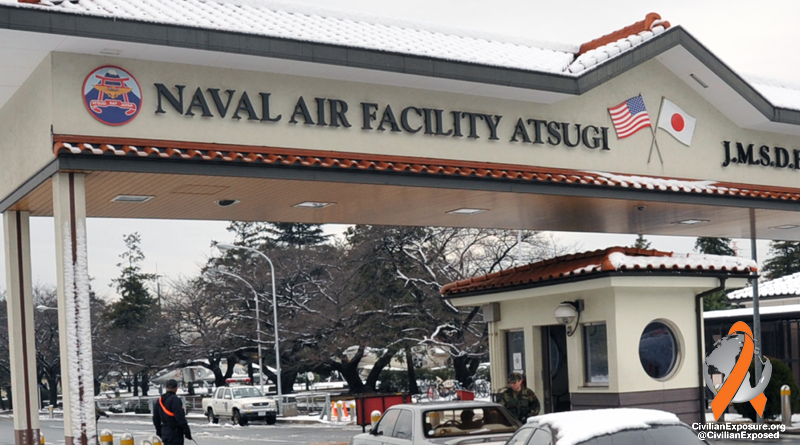
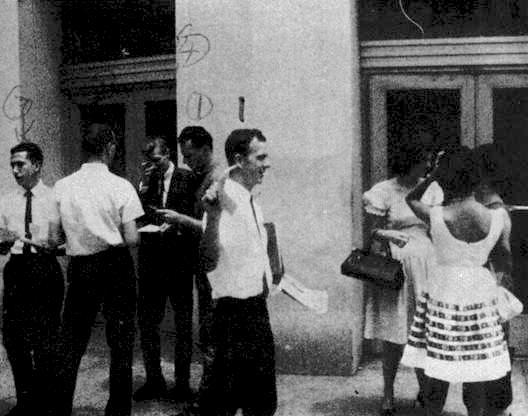
James Wilcott, a former CIA finance officer, testified before the House Select Committee on Assassinations in 1978 that he had handled the funding for a CIA project in which Oswald had been recruited as a CIA spy and that Oswald served the CIA as a double agent in the Soviet Union.[96]
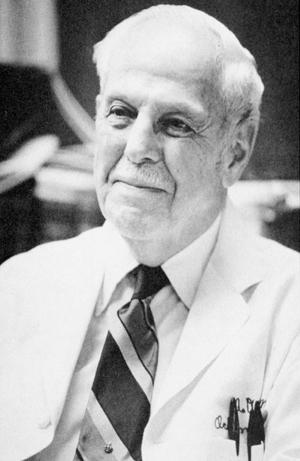
Jefferson Morley’s research uncovered that Oswald was involved in at least four CIA covert operations in Mexico, some just weeks before JFK was killed.[97] One involved transporting a bioweapon prepared by a CIA-funded doctor, Alton Ochsner, for use in an attempt to assassinate Fidel Castro (the weapon was designed to give Castro a fast-acting lung cancer).[98]
Back in Dallas, Oswald became part of a group of White Russian exiles with whom he could converse in Russian.
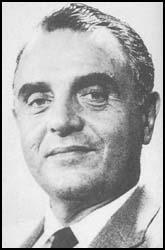
Oswald’s CIA handler, George de Mohrenschildt, was a geologist and leader in Dallas’s White Russian community who was a member of the Dallas Petroleum Club and World Affairs Council and had worked for the CIA in Yugoslavia, Venezuela, Guatemala and Haiti.
A friend of George H.W. Bush, he helped Oswald get employment at a graphic arts company that had contacts with the U.S. Army Map Service and allowed Oswald to do top secret work for the U.S. Army, including processing reconnaissance photos of Cuba.[99]
De Mohrenschildt, who was asked to check on Oswald by the Dallas CIA, wrote a letter to Lyndon Johnson in April 1963 asking to meet with him. In the summer of 1963, Oswald worked in New Orleans for the Reily Coffee Company, which was located at the center of the intelligence community in New Orleans and was owned by William B. Reily, a supporter of the CIA-sponsored Cuban Revolutionary Council.[100]
The job was a cover; coinciding with the time of his work, Oswald was photographed in scenes of training films that were made at training camps in St. Tammany Parish, north of Lake Pontchartrain where anti-Castro Cubans were being trained by the CIA along with American mercenary fighters such as Gerald Patrick “Gerry” Hemming.[101]
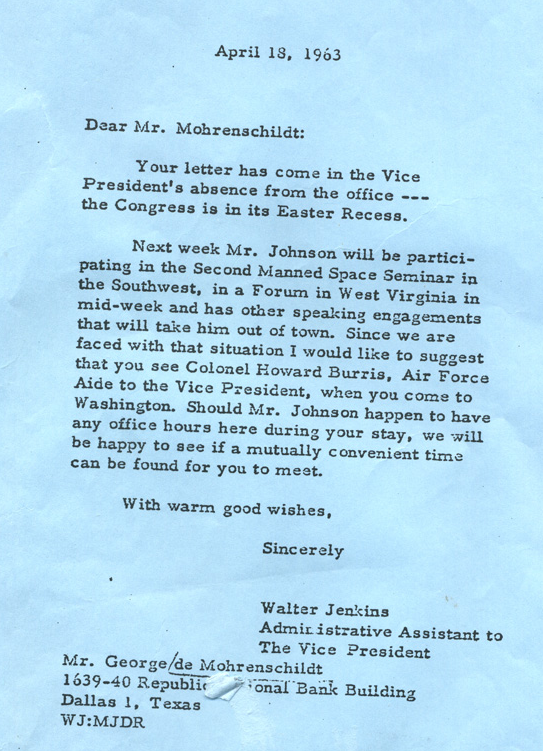
The Reily Coffee Company, significantly, was located next to the offices of William Guy Banister, whose private detective agency functioned as a front for CIA covert domestic operations. When Banister’s secretary, Delphine Roberts, inquired about Oswald handing out pro-Castro literature, Banister replied: “Don’t worry about him…He’s with us. He’s associated with this office.” The purpose of the leafleting, besides helping to create Oswald’s legend, was to identify pro-Castro elements in New Orleans who were placed on a blacklist of Communist sympathizers that Banister was developing.[102]
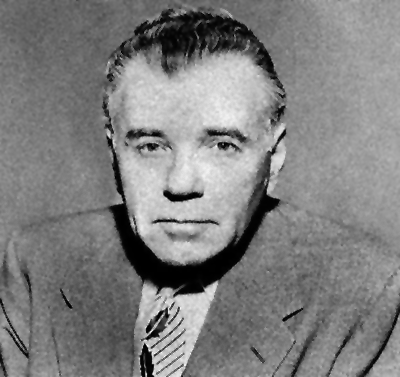
Cover-up
The cover-up team understood the importance of controlling the first few hours after the crime.
Johnson and aide Cliff Carter maintained tight control over the Dallas and Texas state investigations and ensured that the Dallas police turned over all their evidence to the FBI even though they had jurisdiction over the case.
Carter, who controlled the city of Dallas with the Texas Mafia, had direct talks with Waggoner Carr, the Texas Attorney General, to short-circuit the state investigations. Johnson and FBI Director J. Edgar Hoover also dispatched a Justice Department lawyer close to the CIA, Herbert J. Miller Jr., to Texas to forbid the Dallas police from doing any investigating on its own.
At Parkland Hospital, where Kennedy was rushed after the shooting and was then pronounced dead, a team of Secret Service agents headed by Roy Kellerman announced they were under orders (obviously from Johnson) to prevent an autopsy. They threatened the Dallas County Medical Examiner, Dr. Earl Rose, with a gun, and forced their way out of Parkland with JFK’s body, heading to Dallas Love Field from where JFK’s body was brought back to Washington.
Johnson ordered the removal of the seats from Air Force One, anticipating that Kellerman’s team would soon be arriving with the body.[103]

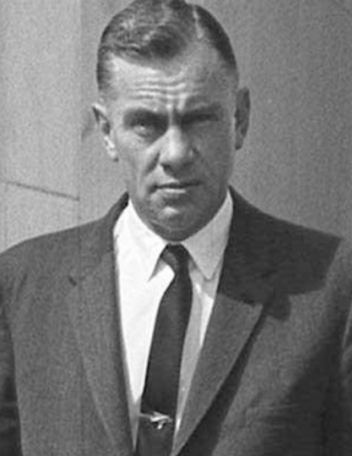
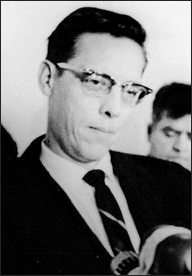
After arriving at Andrews Air Force Base in Maryland, Johnson delivered Kennedy’s body to the military establishment, which performed a secret and fraudulent autopsy at Bethesda Naval Hospital that altered the President’s head to show the shots coming from the rear when at least one came from the front.[104]
A secret pre-autopsy craniotomy was performed by Navy doctor James J. Humes, with the assistance of Dr. J. Thornton Boswell, who surgically removed evidence of a bullet’s entry from very high up in the right forehead above the right eye and significant portions of brain tissue from the forebrain, to eliminate any evidence of a bullet track which would prove there was a shot from the front, and at least ten bullet fragments.[105]
Two separate brain examinations were carried out, one involving a brain that was not Kennedy’s.
Afterwards, Kennedy’s brain disappeared, likely in order to coverup the fact that Kennedy had been hit twice in the front of the head from shots from the grassy knoll and with at least four bullets [when only three were fired from the Texas School Book Depository].[106]
During Jim Garrison’s criminal prosecution of Clay Shaw, Army Colonel Pierre Finck, one of the three doctors who performed the autopsy (with Humes and Boswell), admitted that someone in a position of higher authority—presumably again Johnson—had ordered him not to touch Kennedy’s neck wound.[107]
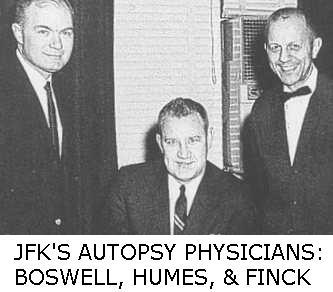
Another key step in the cover-up was to get the Court of Inquiry started under the direction of a Johnson supporter, Leon Jaworski, the law dean of Southern Methodist University (SMU) and board member of a CIA front company, the M.D. Anderson Foundation, who would suppress any evidence that pointed to Johnson.[108]
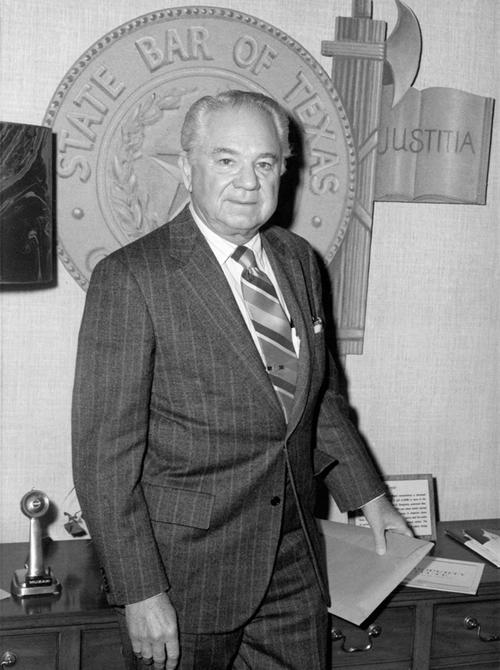
Johnson himself took one further step: He ordered that the presidential limousine be flown to Cincinnati to be cleaned and completely refurbished.
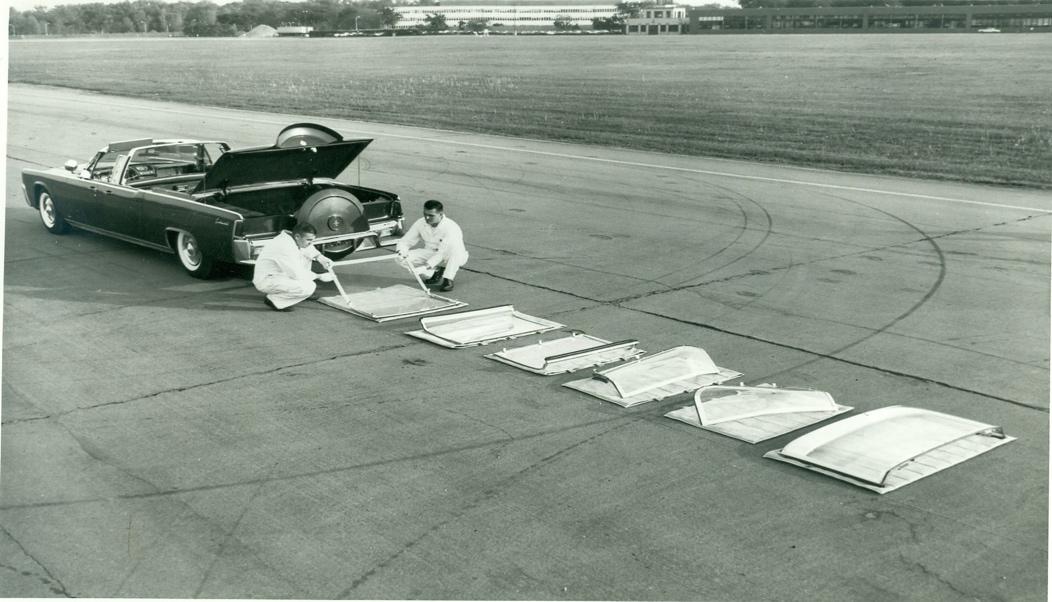
Additional important evidence from the crime scene was destroyed; Clark took care of this.[109]
Right after the assassination, Dallas District Attorney Henry Wade announced that anyone involved in “the conspiracy” deserved the electric chair. Wade received a call soon after from Clifton Carter in the White House and was told there should be no mention of a conspiracy. Wade afterwards shut up.[110]

Johnson was good friends with Joe Tonahill, Jack Ruby’s lawyer whom Ruby did not trust and tried repeatedly to remove as his counsel. Dorothy Kilgallen, a prominent gossip columnist who interviewed Ruby during his trial, was among those to recognize that Ruby was a patsy who had been used and then discarded by the coordinators of the Kennedy assassination.

Joe Tonahil [Source: constantinereport.com]
The FBI eagerly participated in the cover-up because FBI Director J. Edgar Hoover, LBJ’s Washington neighbor and close friend, hated the Kennedys and was not about to help Bobby find his brother’s killers.[111] Privately, Hoover believed in a conspiracy, telling Billy Byars, a Humble Oil Executive, in 1964: “If I told you what I really know, it would be very dangerous to the country. Our whole political system could be disrupted.”[112]
Warren Commission Whitewash/Fraud
The Warren Commission was set up by Johnson to ratify the FBI’s investigation which advanced the lone assassin narrative. Its release was perfectly timed for before the 1964 election in which Johnson defeated Barry Goldwater.
John McCloy was a close friend of Lyndon Johnson’s legal fixer Abe Fortas who helped LBJ pick the Warren Commisson. Johnson made sure there were solid conservatives on the Commission including his key mentor, Senator Richard Russell of Georgia.
Hale Boggs (D-LA) was appointed because he and his wife Lindy were close with Sam Rayburn, one of LBJ’s top supporters and Lindy was very close with Lady Bird, and Johnson thought he could manipulate Boggs because of their friendship. Leon Jaworski was named to work with the commission’s agents as the representative from the State of Texas.

Former CIA Director Allen Dulles was also appointed to the Commission, to cover up the CIA’s role. He said that most U.S. assassinations are the work of lone assassins with mental disorders, handing out the book “The Assassins” by Robert J. Donovan to underscore that point.
When the Warren Commission had a critical executive session on January 22, 1964 on whether Lee Harvey Oswald was a paid FBI informant or not, Dulles asked that the transcript of this meeting be destroyed.
Two other members of the Council on Foreign Relations (CFR) who served as cover up artists were John J. McCloy, chairman of the CFR from 1953-1970 who was close to the Kennedy-hating Texas business elite, and future President Gerald Ford, whom Newsweek called the “CIA’s best friend in Congress.”[113]
In 1997, The New York Times reported that recently declassified documents revealed that Ford was instrumental in having the Warren Commission’s description of the bullet wound in Kennedy’s back changed to say the wound was not in his back but was at “the base of the back of his neck”—which would better fit the scenario of Oswald as the lone assassin.[114]
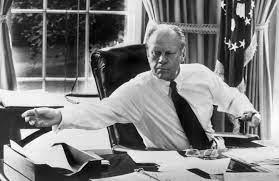
Failing to interview key witnesses like Secret Service Agent Paul Landis, who found a bullet in Kennedy’s limo, the Warren Commission at the same time spent days questioning unimportant witnesses over unimportant details, amassing thousands of pages of irrelevant documents to give it a fake professional veneer. [115]
Determining that Oswald was a “killer without motive,” it did not even look at the autopsy, x-rays and photographs of JFK’s body, choosing instead to put this and other important evidence into a box under seal which it ordered not to be released until 2039.[116]
A Warren Commission staff member, David Belin, appears to have altered the testimony of one witness, Victoria Adams, who worked in the Texas School Book Depository, to make it more plausible that Oswald could have been the shooter.[117]
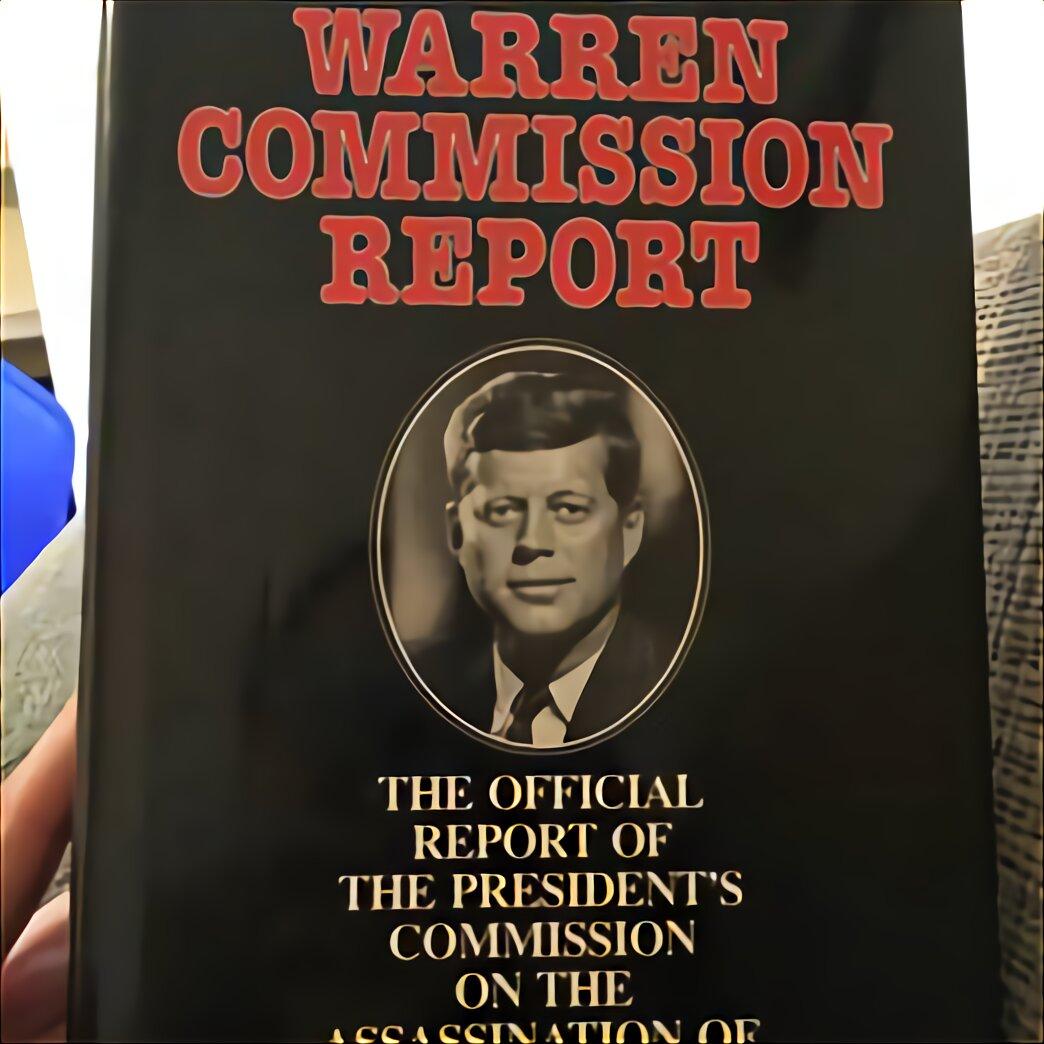
Another staff member, Wesley James Liebeler, told a Cuban he was tasked with interviewing that, “if we do find that this is a conspiracy, you know that we are under orders from Chief Justice Warren to cover this thing up.”[118]
Howard Willens wrote a note following his first meeting with the Warren Commission which said: “What the Commission was up to from the first [was] the search for means of foisting off a preconceived conclusion, the deliberate hiding of what happened when JFK was killed.”[119]
Even though he was a key witness, the Warren Commission never interviewed Lyndon Johnson who gave a short type-written statement through his lawyers. Earl Warren at the same time encouraged Jack Ruby not to talk about what he knew.[120]
Members of Warren Commission Don’t Believe Their Own Report
In 1993, former Warren Commission Assistant Counsel Burt W. Griffin admitted that he and other Warren Commission staff members did not believe that the Dallas police, the FBI, the Secret Service, or the CIA did a thorough job in investigating Kennedy’s assassination.[121]
Gerald Ford told French president Valery Giscard d’Estaing (1974-1981) privately that the JFK assassination was a conspiracy, stating “we arrived at an initial conclusion: it was not the work of one person, it was something set up. We were sure it was set up.”
Senator Richard Russell (D-GA) told a young Georgia political prodigy Ellis Fielding Baxter (1948-2022) in 1968 or 1969 that the Warren Report was “Bullshit… and I didn’t want to do it.” Senator Russell firmly believed in a conspiracy in the JFK assassination and not surprisingly was not a believer in the Magic Bullet Theory.[122]
Hale Boggs (D-LA) also believed in a conspiracy in the JFK assassination and regretted signing the Warren Report. One of his former aides said, “Hale always returned to one thing: Hoover lied his eyes out to the Commission—on Oswald, on Ruby, on their friends, the bullets, the gun, you name it.”
Author Joan Mellen interviewed Phyllis Garrison, the second wife of Jim Garrison, who told Mellen it was Hale Boggs who in the fall of 1966 was telling Jim Garrison how corrupted the Warren Report was.[123]
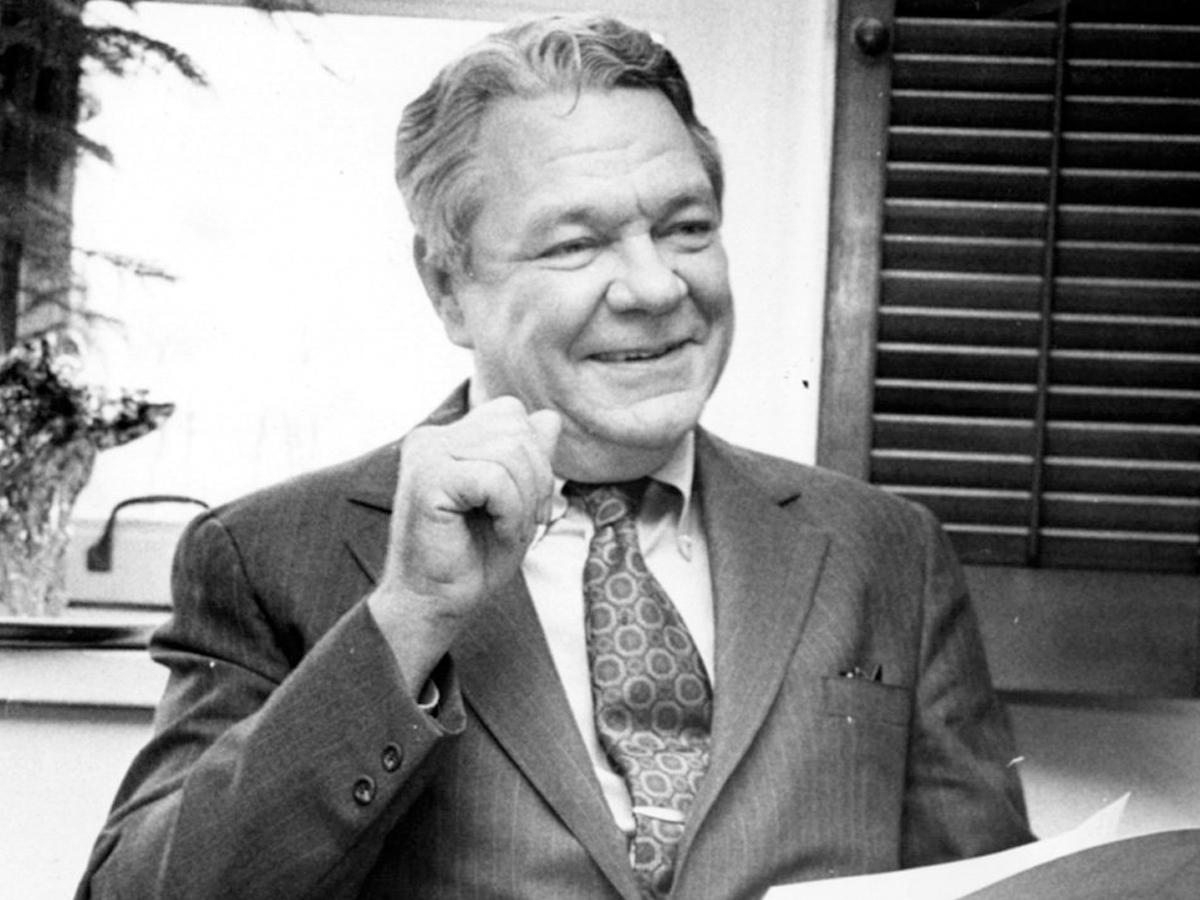
Senator John Sherman Cooper (R-KY) came to the belief while he was a member of the Warren Commission that “Lyndon Baines Johnson was involved in the planning and execution of Kennedy’s death.”
Cooper told his aide Morris Wolff “the forensics clearly show there were at least two separate shooters, and they were standing in different places, one from the grassy knoll and one high in the office building.” Johnson, the new president, wanted to “cover everything up and move on” while he wanted to “delay and get all the facts.” The Warren Commission “want[ed] to bury the truth under a pile of stones.”[124]
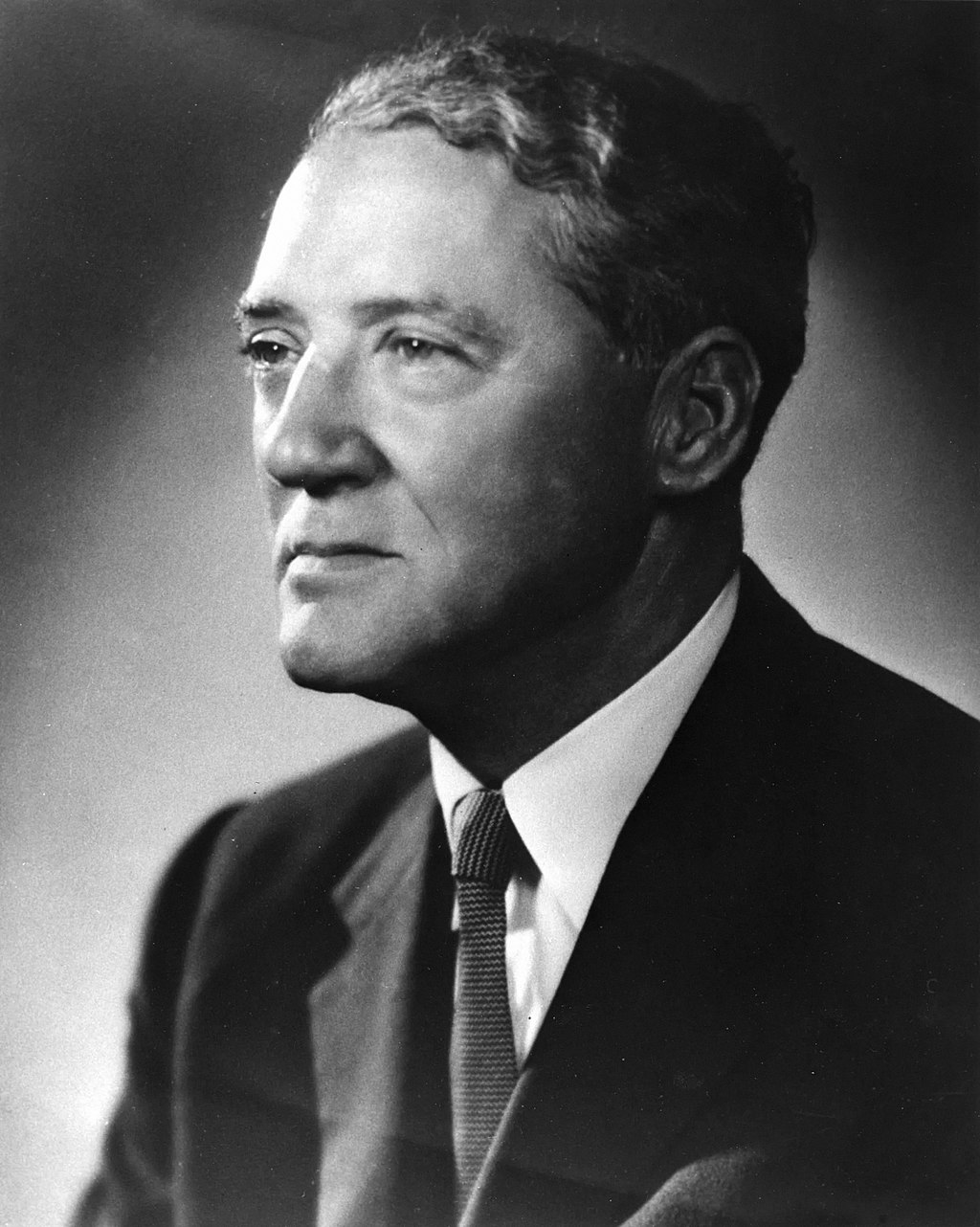
Ironically, even Earl Warren believed that there was a conspiracy behind the JFK assassination. In a September 2017 talk at the Virginia Military Institute, author William Davy said, “Earl Warren had attended a judicial conference in the state of Florida… he confided to [journalist Richard] Raznikov’s source, a federal judge and friend of Warren’s], that he, Warren, was ashamed of himself and of what the Commission had done and that the whole thing had been a whitewash, and he had been coerced into it by President Lyndon Johnson.”[125]
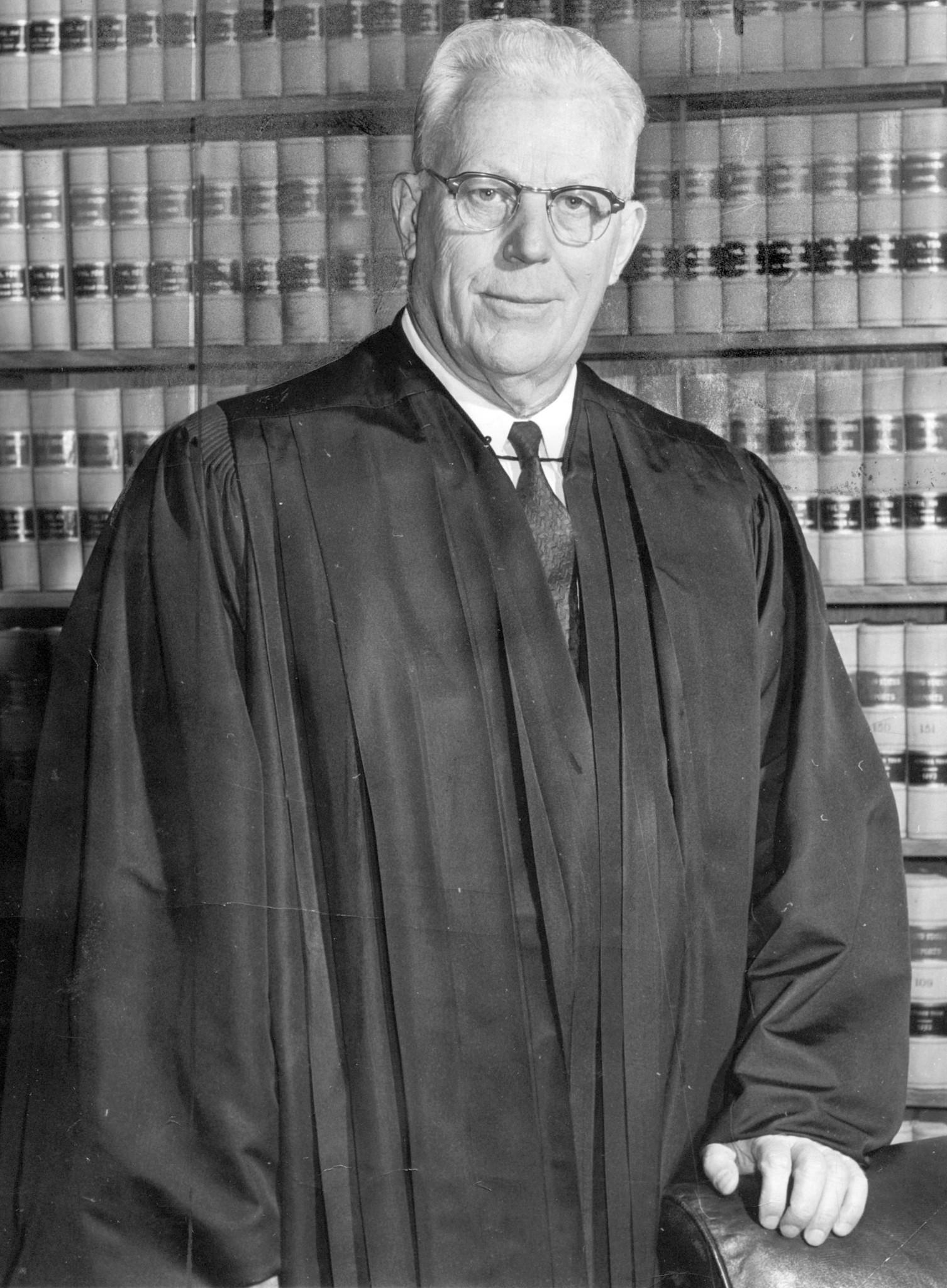
Media Coverup
The mainstream media helped facilitate the coverup by promoting the lone-nut hypothesis consistently and shutting out any hint of a conspiracy. The FBI altered the content of some stories that indicated Kennedy was shot from the front.
When Jim Garrison started raising questions about the latter and prosecuted Clay Shaw, CBS characteristically countered Garrison’s claims of a conspiracy by putting out a four–part series in defense of the lone–nut hypothesis.[126]
In January 1967, the CIA sent a memo (marked “SECRET,” “RESTRICTED,” and “DESTROY WHEN NO LONGER NEEDED”) to its army of media “assets” secretly embedded in virtually every area of U.S. communications.
This army of covert operatives (exposed as “Operation Mockingbird” in a historic 1977 Rolling Stone article by Carl Bernstein) extended all the way up to world famous columnists, bureau chiefs, managing editors, newspaper publishers and CEOs of major radio and television broadcasting networks.
Entitled “Countering Criticism of the Warren Report,” the CIA’s memo provided guidance for countering “conspiracy theorists” who challenged the Warren Report’s false conclusion that Lee Harvey Oswald was the lone assassin of John F. Kennedy.
It recommended the strategy of smearing critics of the Warren Report by describing them as being financially motivated; or having “anti-American, far-left or communist sympathies,” or being hasty, inaccurate or ego-driven in their research.

Lyndon Johnson used his own connections over the media to fortify the CIA’s psychological warfare operations. John Kennedy once said that Lyndon Johnson “knows every reporter in Washington.” He was also personal friends with owners and top executives of the TV networks and major newspapers and magazines.
For example, LBJ was close personal friends with Katharine Graham of the Washington Post. His man at the New York Times was a former reporter with the Austin Statesman, William White. LBJ had also been friends with CBS‘ William Paley since the 1940s when the Johnson family’s radio station KLBJ affiliated with CBS.
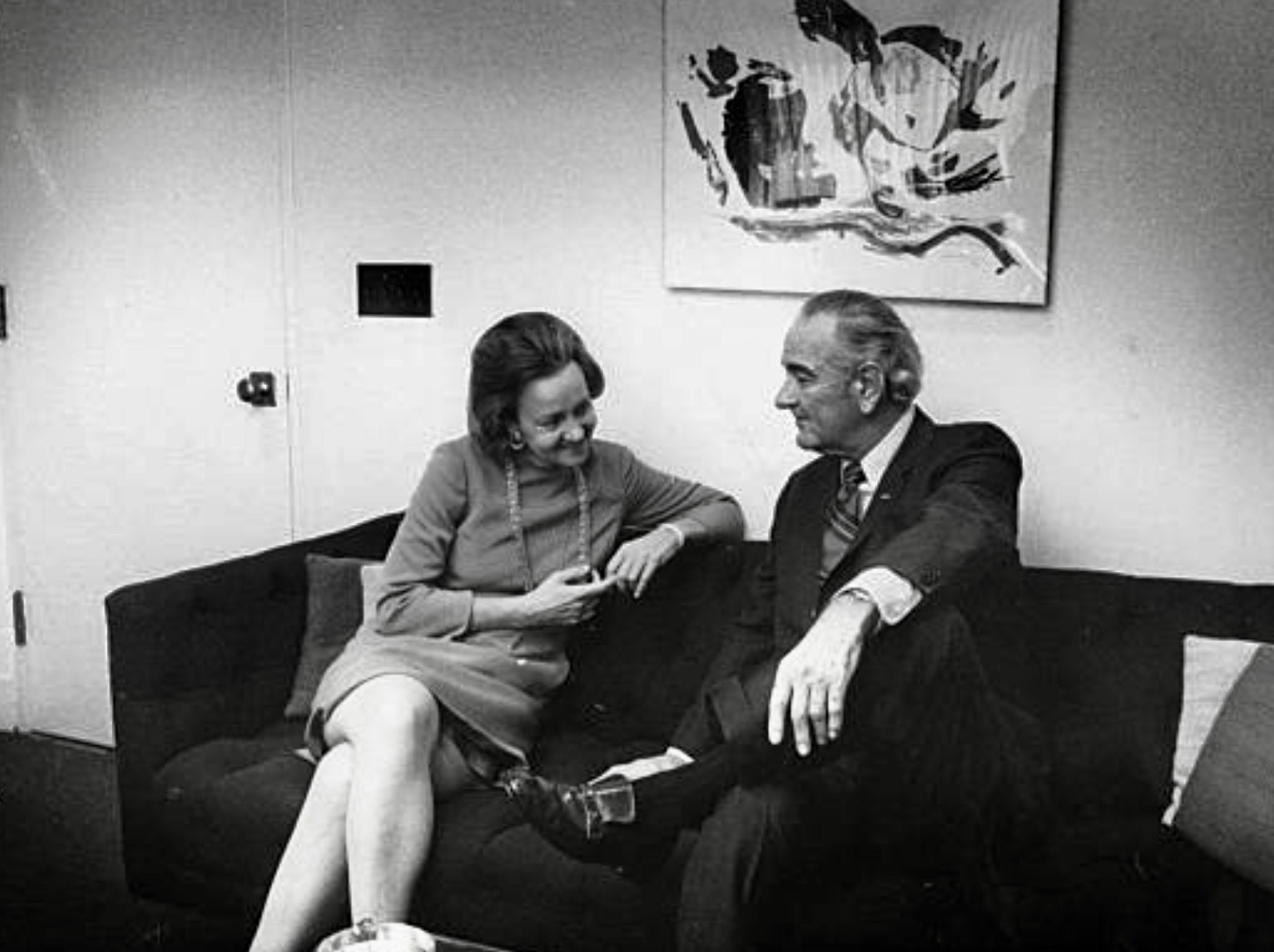
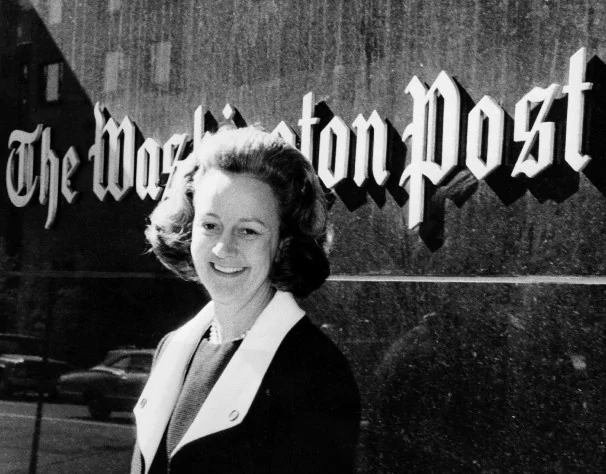
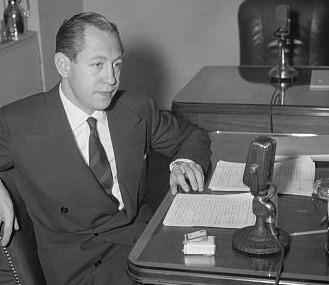
When he was President, the president of CBS News Frank N. Stanton would commute to Washington, D.C. where he served as a TV image consultant for LBJ. One of LBJ’s top fundraisers was Ed Weisl who was the counsel for the Hearst Corporation media empire.
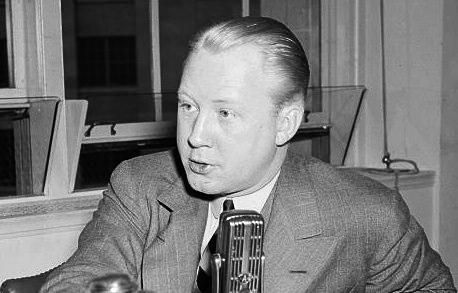
LBJ knew Clare Boothe Luce whose husband Henry Luce owned Life Magazine and Time Magazine. Lyndon Johnson was friends with the publishers of almost all of the top Texas newspapers; and LBJ had many more highest level media friendships and contacts.[127] These all paid dividends in helping him to ensure that there would be no media scrutiny into his involvement in the Kennedy assassination.

Lyndon Johnson Begins Blaming the CIA to Deflect Attention From Himself
One of the key passages in the 1967 CIA memo titled “Countering Criticism of the Warren Report” reads: “There seems to be an increasing tendency to hint that President Johnson himself, as the one person who might be said to have benefited, was in some way responsible for the assassination.”
Two days later, Johnson told his chief of staff Marvin Watson, who quickly told Johnson’s closest FBI contact Deke DeLoach, that he (LBJ) was now convinced the CIA had something to do with a plot in the JFK assassination. The shift to blaming the CIA was clearly designed to deflect growing public attention away from his own guilt.[128]
History’s Revenge
By committing the ultimate crime, Johnson was able to fulfill his life-long dream of becoming president while avoiding going to prison.
However, Johnson’s presidency was not a happy one, either for himself or the country. Johnson’s lying and deceitful ways resulted in the escalation of the Vietnam War and its millions of deaths.
Johnson also a) illegally invaded the Dominican Republic; b) supported a coup in Indonesia that resulted in the deaths of anywhere from one to three million people; c) sponsored a dirty war in the Congo; d) backed the assassination of Che Guevara in Bolivia; and e) orchestrated a covert attack on a U.S. spy ship, the USS Liberty, in a false-flag incident designed to trigger a war against Egyptian leader Gamal Abdel Nasser.
When U.S. GIs lay dying in Vietnam, they did not curse the enemy, but rather Johnson, who had sent them to die in a foreign land on fraudulent pretexts. A popular slogan at anti-war protests was “Hey, hey, LBJ, how many kids did you kill today.”
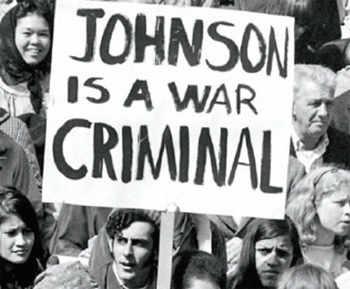
For all his flaws, John F. Kennedy had displayed positive leadership qualities in responding to the Cuban Missile Crisis by promoting a new détente with the Soviet Union and pressing for nuclear test ban and arms control treaties.
Johnson, by contrast, brought with him to Washington the violent values of the Texas frontier.
After Johnson’s presidency ended, following his decision not to seek re-election in 1968, he retired to his ranch. He grew his hair long like the hippies he had once denigrated; he was by then a profoundly depressed and haunted man who sought absolution from a psychiatrist.
Barr McClellan envisions a scenario in which Johnson was visited on his deathbed by an old associate, Don Thomas, Edward Clark’s law partner, and referred to Clark in their conversation as a “son of a bitch.” Johnson then says: “Just think. At one time, he was ready to ride ‘ol Sparky’ for me,” referring to the electric chair at the state prison.[129] Which about says it all.
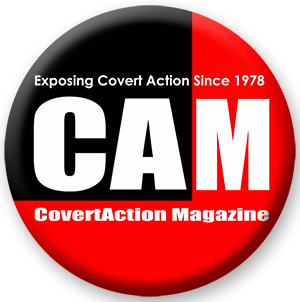
- The author wishes to thank Robert Morrow for his keen insights on this topic. Robert Morrow is a presidential historian, JFK assassination expert and the co-author (with Roger Stone) of The Clintons’ War on Women: Stone, Roger, Morrow, Robert: 9781510706781: Amazon.com: Books.
-
Knowing that Garrison was on to him, Johnson had FBI Director J. Edgar Hoover dispatch ten to fifteen agents to spy on Garrison at all times while former CIA agents attempted to infiltrate his organization. Jerry Kroth, The Kennedy Assassination: What Really Happened? (Self Published, 2023), 152. ↑
-
Byrd’s right wing views are promoted in David Harold “Dry Hole” Byrd, I’m an Endangered Species: The Autobiography of a Free Enterpriser (Houston, Texas: Pacesetter Press, 1978). ↑
-
Johnson characterized Hoover as a “quiet, humble and magnificent public servant,” who was a “hero to millions of citizens and an anathema to evil men.” ↑
-
See Barr McClellan, Blood, Money & Power: How LBJ Killed JFK (New York: Skyhorse, 2011), 5. ↑
-
McClellan, Blood, Money & Power. ↑
-
Edgar F. Tatro, “Lyndon Baines Johnson: Master of Outrageous Acts,” Garrison, May 2023, 109. ↑
-
On the latter, see Jan Jarboe Russell, “Alone Together: Serial infidelity. Public misbehavior. Private slights. And, strangely, love. The inside story of Lady Bird Johnson’s marriage to LBJ. And you thought Hillary Clinton had it rough,” Texas Monthly, August 1999, https://www.texasmonthly.com/news-politics/alone-together/. Legendary newsman Dan Rather was among those to confirm LBJ’s tendency to speak to aides while he was in the bathroom. Dick Goodwin also recounted an incident. New York Times reporter Tom Wicker described LBJ defecating in front of him to protest his reporting on the Vietnam War. Secret Service agents reported that LBJ was out of control and described him as uncouth, nasty and drunk quite a bit. LBJ was a serial philanderer who would have stables of women and secretaries that he would have sex with. One memorable time, Lady Bird caught him having sex in the Oval Office. LBJ aide Billy Lee Bramer told his friend Bob Simmons that Lyndon “was just like a barn yard rooster. He would mount [the women] and walk away.” (Robert Morrow interview with Bob Simmons, 2018) LBJ would urinate in front of even female reporters and on Air Force One, once stripped naked in front of his daughters, secretaries, and Lady Bird. ↑
-
McClellan, Blood, Money & Power; George Reedy, Lyndon B. Johnson: A Memoir (Andrew McMeals Publishing, 1980). See also Ronnie Dugger, The Politician: The Life and Times of Lyndon Johnson: The Drive for Power—from the Frontier to Master of the Senate (New York: W.W. Norton, 1982); D. Jablow Hershman, with a preface by Gerald Tolchin, Power Beyond Reason: The Mental Collapse of Lyndon Johnson (Fort Lee, NJ: Barricade Books, 2002); J. Evetts Haley, A Texan Looks at Lyndon: A Study in Illegitimate Power (Canyon, TX: Palo Duro Press, 1964); Craig I. Zirbel, The Texas Connection: The Assassination of John F. Kennedy (self-published, 1991), 101. McGeorge Bundy in a letter to Arthur Schlesinger Jr. compared Johnson to Joseph Stalin. Aide Bill Moyers referred to Johnson as a “sick man.” Secret Service agents told author Ron Kessler that Lyndon Johnson was often drunk and out of control. Said one: “If he wasn’t president he would be in a mental hospital.” ↑
-
Alfred Steinberg, Sam Johnson’s Boy: A Close Up of the President From Texas (New York: The McMillan Company, 1968), 3, 29; Larry L. King, “Bringing Up Lyndon,” Texas Monthly, January 1976, https://www.texasmonthly.com/news-politics/bringing-up-lyndon/. 80 percent of the world’s mining of sulfur occurred at the time in just three Texas counties. The state of Texas grossly deflated the valuation of the property of the mines so as to keep the taxes low. Lyndon recalled his father and other legislators being provided nice food spreads and all the liquor they could drink at Austin’s Driskoll hotel by lobbyists who would get what they wanted from the legislators. One contemporary said that “no real liberal would tie in with Roy Miller.” As no real liberal would tie in with Brown & Root or Big Texas Oil. It was Wright Patman, a future Congressman whose desk was next to Sam, who remembered him as “the cowboy type, a little on the rough side.” ↑
-
The close symbiotic relationship between George and Herman Brown and Lyndon B. Johnson is detailed in Robert Caro, The Path to Power: The Years of Lyndon Johnson (New York: Vintage, 1990). The estimate of LBJ’s net worth comes from his attorney Ed Clark. The Browns gave LBJ a house in the early 1940s in an affluent neighborhood of Austin, Texas. ↑
-
Johnson’s point man who coordinated the ballot stuffing in Alice was Don Thomas, a lawyer and long-time confidante, along with George Parr, a county judge and sheriff who functioned like a ward boss in the old machine political system. A Mexican-American election judge, Luis Salas, was also centrally involved in adding names to the rolls. McClellan, Blood, Money & Power, ch. 6. Johnson also benefited from control over the local judiciary and support from future Supreme Court Justice Abe Fortas, who called then-Supreme Court Justice Hugo Black to make sure he ruled in Johnson’s favor. Fortas emphasized the importance of Johnson being in the Senate as a liberal Democrat over Stevenson who was more conservative on a number of issues. “Ex-Official Says He Stole 1948 Election for Johnson,” The New York Times, July 31, 1977. Johnson had first cheated in elections that made him student council president at San Marcos Teachers College. He referred to the latter as his first “Hitlerized operation.” LBJ biographer Robert Caro says that San Antonio cast a very large amount of fraudulent votes for LBJ in the 1948 Democratic run off with Coke Stevenson. ↑
-
McClellan, Blood, Money & Power, 104. ↑
-
Dugger, The Politician, 340-341. ↑
-
Seymour Hersh, The Dark Side of Camelot (Boston: Little Brown & Company, 1997), 406, 407. Bobby Kennedy hated Johnson and saw him as a barrier to his goal of succeeding his brother as president in 1968. Van Kirk said that he was as sure that they were dumping Johnson as “that I am that the sun comes up to the east.” ↑
-
Hersh, The Dark Side of Camelot, 408; Noel Twyman, Bloody Treason: The Assassination of John F. Kennedy—On Solving History’s Greatest Murder (Laurel Publishing, 1997), 408, 409. Evelyn Lincoln, Kennedy and Johnson (New York: Holt, Rhinehart & Winston, 1968). Lincoln’s papers, opened to researchers in the 1990s, include stenography notes corroborating her 1968 claim that Kennedy had told he he was planning to pick a new running mate in 1964. There was some talk even of a Kennedy-Kennedy ticket. ↑
-
Johnson also told journalist Robert Novak, who married one of his secretaries, that he was going to be removed. So concerned was Johnson over what he believed would be his political doom that he developed severe stomach pains. Steinberg, Sam Johnson’s Boy, 589. Steinberg further noted that “in every political scandal that erupted in 1963, Johnson’s name was somehow entangled with that of the culprits.” ↑
-
Phil Brennan, “Some Relevant Facts About the JFK Assassination,” NewsMax, November 18, 2003, https://www.newsmax.com/Pre-2008/Some-Relevant-Facts-About/2003/11/18/id/677423/ ↑
-
Horace Busby, The Thirty-First of March: An Intimate Portrait of Lyndon Johnson’s Final Days in the White House (New York: Farrar Strauss & Giroux, 2005), 129, 130. Johnson had observed how FDR had dumped Vice Presidents John Nance Garner and Henry Wallace and how Eisenhower had almost dumped Richard Nixon in 1956. One newsman said “we’re here [in Texas] to do a job on Lyndon Johnson. When we get through with the sonofabitch, Kennedy won’t be able to touch him with a ten-foot pole in 1964.” ↑
-
See Jonathan Marshall, Dark Quadrant: Organized Crime, Big Business, and the Corruption of American Democracy (New York: Rowman & Littlefield, 2021); Fred T. Newcomb and Perry Adams, Murder From Within: Lyndon Johnson’s Plot Against President Kennedy (Bloomington, Indiana: Authorhouse, 2011); and see also https://www.oceancitytoday.com/opinion/bobby-baker-and-rise-of-good-times-in-ocean-city/article_ef8c60f8-5266-584a-baa5-3fedbba2943c.html. Johnson’s attorney Ed Clark told author Robert Caro that LBJ’s net worth at the time of the JFK assassination was an astronomical $25 million for 1963, which is equal to $244 million in 2023 dollars. Kennedy had information on Johnson’s ties to Jack Halfen, his liaison with the mafia who connected Johnson to mob boss Carlos Marcello along with murders he had carried out. ↑
-
Marshall, Dark Quadrant. ↑
-
When LBJ wanted $500,000, Billie Sol gave it to him; in return he would receive key government contracts—the price being kickbacks to LBJ whenever he wanted it. McClellan wrote that “this way of doing political business in Texas was nothing short of a banana republic.” See McClellan, Blood, Money & Power. ↑
-
McClellan, Blood, Money & Power, 126. ↑
-
Legendary Texas Ranger Clint Peoples explained in a November 1984 interview that Johnson assigned his own lawyers, John Cofer and his son, to “represent” Estes at his trial. Estes was never put on the stand and no evidence was presented on his behalf. They just rested the case, and Billie Sol was convicted. Billie Sol told Peoples that the lawyers did not want to put any evidence in because it would “open up a Pandora’s box.” In Phillip F. Nelson, LBJ: From Mastermind to the “Colossus”: The Lies, Treachery, and Treasons Continue (New York: Skyhorse, 2014), 8. ↑
-
McClellan, Blood, Money & Power, 170. Johnson was aware that he was going to be dumped as early as 1962. ↑
-
David Denton, “Nexus Redux: Joan Mellen did not debunk the idea of LBJ’s complicity in the murder of JFK,” https://archive.org/details/NexusRedux/page/n7/mode/2up?view=theater. ↑
-
Bill Adler, “The Killing of Henry Marshall,” The Texas Observer, November 7, 1986, https://issues.texasobserver.org/pdf/ustxtxb_obs_1986_11_07_issue.pdf; McClellan, Blood, Money & Power, 172. ↑
-
Adler, “The Killing of Henry Marshall,” 17. Estes later said that the Marshall killing was one of many murders that Johnson had carried out. During Johnson’s presidency, Carter became executive director of the Democratic National Committee and chief fundraiser for the President’s Club, a DNC offshoot. In 1966, he was forced to resign after ethical questions were raised about his fundraising techniques. When he died in 1971 at the age of 53, his long-time secretary, Edna Moelhman, said: “He just worked himself to death for Lyndon Johnson.” ↑
-
See Joan Mellen, Faustian Bargain: Lyndon Johnson and Mac Wallace in the Robber Baron Culture of Texas (New York: Bloomsbury, 2016), which presents evidence that Mac Wallace had an alibi and was in California when Henry Marshall was killed. ↑
- Historian Robert Morrow believes that Estes himself carried out the murder with his brother on behalf of Lyndon Johnson and Cliff Carter, a top Johnson aide. Temco, a Dallas-based military contractor where Wallace worked before going to California (and before the merger), was owned by David Harold Byrd, who owned the Texas School Book Depository and was part of the Suite 8F Group, a group of “right-wing Texas tycoons” who “financed the rise of LBJ.” Both Byrd and Ling made huge insider buys of LTV stock in the weeks before the JFK assassination, while Byrd kept a replica of the famous sniper’s next on the 6th floor of the Texas School Book Depository in his home.
-
McClellan, Blood, Money & Power, 111; Roger Stone, with Mike Colapietro, The Man Who Killed Kennedy: The Case Against LBJ (New York: Skyhorse Books, 2013), 212. Other experts contest that the fingerprint identified in the sniper’s nest was Wallace’s. Because Wallace had been spared a life sentence in Kinzer’s death by Johnson’s intervention, he was the perfect man to work in the shadows, carrying out his dirty work for many years. McClellan writes: “Johnson [and Edward C. Clark] owned Wallace and they would never let him break free.” Wallace died in a car crash in East Texas in 1971 at the age of 49 after he allegedly fell asleep at the wheel, though foul play is suspected. His last wife, Virginia Ledgerwood (married 1963-1970) of Anaheim, California, told the Dallas Times-Herald in 1984 that Wallace told her that he knew Johnson. “Mac had been acquainted with the Johnsons,” she said, “He told me he knew Mrs. Johnson better than Mr. Johnson.” ↑
-
Edgar F. Tatro, “The TFX Scandal’s Link to the JFK Assassination Conspiracy,” Garrison: The Journal of History & Deep Politics, January 2023, 70-155. ↑
-
See Madeleine Brown, Texas in the Morning: The Love Story of Madeleine Brown and President Lyndon Baines Johnson (Conservatory Press, 1997). JFK assassination researcher Dave Perry wrote a debunking essay “Texas in the Imagination” about Madeleine Brown. Madeleine Brown did indeed lie about an alleged 11/21/63 party that never happened at the home of Clint Murchison, Sr. However, the bottom line is that scores of JFK assassination researchers who personally interviewed Madeleine came away convinced she was indeed an extremely important mistress of LBJ who fathered her a son Steven Brown (1950-1990), a tall dark haired man who strongly favored LBJ. Madeleine Brown’s most important anecdote is confirmed because LBJ was in fact at the Driskill Hotel in the evening of New Year’s Eve 12/31/63 and where he implicated wealthy Dallas oilmen and “intelligence bastards” in the JFK assassination. ↑
-
In April, Johnson had announced that Kennedy was coming to Dallas to make sure that he would come. He lured him there where he could control events in the assassination. ↑
-
Ruth Laney, “Doyle Whitehead: Memories of serving three U.S. presidents as a steward on Air Force One,” Country Roads Magazine, October 24, 2016, https://countryroadsmagazine.com/art-and-culture/history/doyle-whitehead/. ↑
-
Stone, The Man Who Killed Kennedy, 180, 181. ↑
-
Penn Jones, Forgive My Grief III: A Critical Review of the Warren Commission Report On the Assassination of John F. Kennedy (Louise Jones, 1966), 101. ↑
-
Stone, The Man Who Killed Kennedy, 301. In a jailhouse letter, Ruby, who attributed Oswald’s death to a conspiracy, wrote: “Only one person could have had that information [on Oswald being hired just two weeks before to work at the Texas School Book Depository] and that man was Johnson…because he is the one who was going to arrange the trip [of Kennedy to Dallas]…The only one who gained by the shooting. They alone planned the killing, by they I mean Johnson and others…you may learn quite a bit about Johnson and how he has fooled everyone.” During one transfer from jail, Ruby also managed to tell reporters that the Kennedy assassination was a “complete conspiracy…if you knew the truth you would be amazed.” Because he was beginning to talk, it was suspected that Ruby was murdered. He allegedly died of an extremely rare form of cancer; however, Ruby had told his friends and prison guards that he was gradually being murdered by injections of cancerous materials from a prison doctor. Zirbel, The Texas Connection, 243, 247, 259. ↑
-
The book is J. Evetts Haley, A Texan Looks at Lyndon (Palo Duro Press, 1964). Ruby said that “this book might open your eyes to a lot of things. This man [Johnson] is a Nazi in the worst order. ↑
-
Stone, The Man Who Killed Kennedy, 301. ↑
-
Eddie Fischer, Been There, Done That: An Autobiography (New York: St. Martin’s Press, 1999), 258. ↑
-
J. Randy Taraborelli, Jackie: Public, Private, Secret (New York: St. Martin’s Press, 2023), 179. ↑
-
Stone, The Man Who Killed Kennedy, 169. E. Howard Hunt’s son, St. John Hunt told Alex Jones: “One of the things he [my father, E. Howard Hunt] liked to say around the house was ‘let’s finish the job—let’s hit Ted [Kennedy].” Saint John Hunt interviewed on The Alex Jones Show, May 14, 2007. Hunt originally wrote in his memoir American Spy: My Secret History in the CIA, Watergate and Beyond published in 2007 three passages that were removed at the insistence of Howard’s then lawyer. The passages read: “Having Kennedy liquidated, thus elevating himself to the presidency without having to work for it himself could have been a very tempting and logical move on [Lyndon] Johnson’s part. LBJ had the money and the connections to manipulate the scenario in Dallas and is on record as having convinced JFK to make the appearance in the first place. He further tried unsuccessfully to engineer the passengers in each vehicle, trying to get his good buddy Governor [John] Connally to ride with him instead of JFK’s car–where…he would have been out of danger.” Howard pinpointed CIA agent William Harvey as playing a key role in the JFK assassination: “He definitely had dreams of becoming [CIA director] and LBJ could do that for him if he were president. [LBJ] would have used Harvey because he was reliable and corrupt.” Douglas Caddy notes that even though these passages were suppressed, Howard, ever the consummate intelligence officer, clandestinely arranged to have his views on Kennedy’s murder made public by giving his son St. John an audio tape to be released after his death in which he described the planning of the assassination. Douglas Caddy foreword to Saint John Hunt, Bond of Secrecy: My Life With CIA Spy and Watergate Conspirator E. Howard Hunt (Walterville, OR: Trine Day, 2012), xxii, xxiii. ↑
-
Robert Morrow conversation with Roger Stone in early 2014. Warren Commission staff lawyer David Slawon stated in 1976 (long before much of the evidence that indicts LBJ in the JFK assassination had come tumbling out) that “there were even rumors at the time, of course, that President Johnson was involved. Of course, that would present a kind of frightening prospect. ↑
-
When researcher Robert Morrow asked Hoff at a JFK assassination conference in Dallas in 2012 how confident Goldwater was when he was making these statements, Hoff replied that “Goldwater was very confident.” ↑
-
J. Edgar Hoover to Marvin Watson, “Reaction of Soviet and Communist Party Officials to JFK Assassination,” December 1, 1963, Church Committee Records, Gerald Ford Presidential Library, https://www.archives.gov/files/research/jfk/releases/docid-32204484.pdf; David K. Li, “How the KGB Responded to JFK Assassination,” New York Post, October 27, 2017, https://nypost.com/2017/10/27/unsealed-docs-reveal-kgb-thought-lbj-could-have-been-behind-jfk-assassination/; Kroth, The Kennedy Assassination, 28. ↑
-
Hersh, The Dark Side of Camelot, 126. LBJ was going to lose his position as Senate Majority leader if he did not blackmail the Kennedy’s and get on the ticket as her knew the Kennedy’s did not like him. Evelyn Lincoln told Anthony Summers that LBJ “had been using all the information that Hoover could find on Kennedy during the campaign and even before the Convention. And Hoover was in on the pressure on Kennedy at the Convention.” On Johnson’s surveillance operation of Kennedy, in which Johnson staffers found maids in hotels and motels where Kennedy had his trysts, see Liz Smith, Natural Blonde: A Memoir (New York: Random House, 2000), 289-290. ↑
-
Edward Jay Epstein, “A Primer of Assassination Theories,” Esquire, December 1966; JFK Who, How and Why: Solving the World’s Greatest Murder Mystery, ed. Jim Fetzer and Mike Palecek (Crestview Florida: Moon Rock Books, 2017), 7. ↑
-
Joseph McBride, Into the Nightmare: My Search For the Killers of President John F. Kennedy and Officer J. D. Tippit (Berkeley, CA: Hightower Press, 2013), 114. ↑
-
McBride, Into the Nightmare, 114. ↑
-
Phillip F. Nelson, LBJ: The Mastermind of the JFK Assassination (New York: Skyhorse, 2013), 459. David W. Mantik, M.D., Ph.D., leading expert on the medical evidence in the case of JFK, performed a simple experiment by plotting the “official” trajectory of the bullet that officials claim passed through JFK’s neck and entered Texas Governor John Connally’s back—and discovered that it is anatomically impossible because cervical vertebra intervene. Craig Roberts points out that the supposed “magic bullet” would have had to have made “two 90 degree turns, and had to pause 1.8 seconds in flight at the same time.” Craig Roberts, Kill Zone: A Sniper Looks at Dealey Plaza (Tulsa, OK: Consolidated Press International, 1997), 61. ↑
-
Nelson, LBJ: The Mastermind of the JFK Assassination, 459. Dr. Cyril Wecht pointed out that more grams of bullet were embedded in Connally’s wrist than were missing from the magic bullet. ↑
-
Nelson, LBJ: The Mastermind of the JFK Assassination, 460, 461; Daniel Borgström, “Ex-Marine Explains Why Oswald Alone Could Not Possibly Have Shot JFK,” CovertAction Magazine, December 20, 2021, https://covertactionmagazine.com/2021/12/20/ex-marine-explains-why-oswald-alone-could-not-possibly-have-shot-jfk/; Roberts, Kill Zone: A Sniper Looks at Dealey Plaza. Contemporaries said that Oswald was actually a very poor shot who “couldn’t hit the side of a barn.” ↑
-
Robert Groden, “A New Look at the Zapruder Film,” in Government by Gunplay: Assassination Conspiracy Theories from Dallas to Today, Sid Blumenthal and Harry Yazijian, eds., with introduction by Philip Agee (New York: New American Library, 1976), 3. For more than five years, the film was concealed from the public and kept locked in a vault by Life magazine. Fetzer and Palecek who deconstruct the lone assassin narrative present evidence that the Zapruder film was not authentic. ↑
- Stone, The Man Who Killed Kennedy, 249; Harry Yardum, The Grassy Knoll Witnesses: Who Shot JFK? (Authorhouse, 2009); Sara Jordan, “Who Killed Dorothy Kilgallen,” Midwest Today, 2007, https://www.midtod.com/dorothys.pdf. Gordon Arnold, a young soldier who had photographic proof of shots from the grassy knoll, had his camera seized by a man dressed in a police uniform who was not wearing a hat and had dirt on his hands. Roberts, Kill Zone, 63.
- Stone, The Man Who Killed Kennedy, 257. In October 2023, Secret Service Agent Paul Landis published a book stating that he found a bullet in JFK’s limo, which further discredits the magic bullet and Oswald did it theory. Paul Landis, The Final Witness: A Kennedy Secret Service Agent Breaks His Silence After Sixty Years (Chicago Review Press, 2023). Landis’ story is corroborated by Nurse Phyllis Hall, who previously said that she saw a bullet sitting on Kennedy’s stretcher.
-
McBride, Into the Nightmare, 565. ↑
-
Zirbel, The Texas Connection, 15; JFK, Who, How and Why, ed. Fetzer and Palecek, 4. ↑
-
McBride, Into the Nightmare, 19. The transcript from the news conference went missing for many years and film and sound coverage disappeared. Malcolm Perry was also intimidated. ↑
-
McBride, Into the Nightmare, 28. ↑
-
Ibid. ↑
-
Ibid. ↑
-
Jim Garrison, On the Trail of the Assassins (New York: Warner Books, 1988), xiii; Zirbel, The Texas Connection, 210. ↑
-
See Barry Ernest, with foreword by David Lifton, The Girl on the Stairs: The Search for a Missing Witness to the JFK Assassination (Pelican Publishing, 2013). An AP photo appears to show Oswald standing in a doorway at the Texas School Book Depository at the time JFK was shot. ↑
-
Nelson, LBJ, 467. Ole Dammegard suggests that Oswald was found in the lunchroom because his task had been to make sure no one would use the elevators, since the shooter team on the sixth floor was rappelling down inside it after the attack. They then left from the back of the building, being observed by several witnesses. Dammegard, “Operation 40: Origins of the CIA’s Ultra-Secret Hit Teams,” in JFK Who, How, and Why, ed. Fetzer and Palecek, 440. ↑
-
Deborah Davis, Katherine the Great: Katherine Graham and Her Washington Post Empire (Media Analysis Institute, 1991), 141. ↑
-
The commendation, which Johnson wore on his suit for the rest of his life, claimed that Johnson displayed cool under enemy fire when the Air Force plane that he was on observer on never came under Japanese attack and merely experienced engine trouble. ↑
-
A new study by Sean Fetter, Under Cover of Night: The United States Air Force and the Assassination of John F. Kennedy, 2 Vols. (New York: Arlington Press LLC, 2023) shows that several top U.S. Air Force generals had foreknowledge of the JFK assassination, and knowingly acted in furtherance of the crime. ↑
-
See Peter Dale Scott, Deep Politics and the Death of JFK (Berkeley: University of California Press, 1993); Roberts, Kill Zone, 189. There is continued debate about whether Kennedy was intent on withdrawing from Vietnam. Marc Selverstone, in The Kennedy Withdrawal: Camelot and the American Commitment to Vietnam (Cambridge, MA: Harvard University Press, 2022), shows that the Kennedy administration’s plan to withdraw was a political device, the effect of which was to manage public opinion while preserving United States military assistance and ramping up covert operations. Nevertheless, it is extremely unlikely JFK would have sent millions of American soldiers into the Vietnam conflict as LBJ later did. ↑
-
See Jonathan Nashel, Edward Lansdale’s Cold War (Amherst: University of Massachusetts Press, 2005); Cecil B. Currey, Edward Lansdale: The Unquiet American (Boston: Houghton Mifflin, 1988). In the Philippines, Lansdale supervised the torture of Japanese Major Kojima Kashii, a chauffeur to Japanese General Yamashita who had hidden billions in gold, precious metals and gems in Philippine mountains that the Japanese had stolen from other countries. ↑
-
Author interview with Robert Morrow, June 22, 2023; Max Boot, The Road Not Taken: Edward Lansdale and the American Tragedy in Vietnam (New York: Liveright, 2018), 435. ↑
-
James Fetzer suggests that one of the shooters was Nestor “Tony” Izquierdo, an anti-Castro Cuban recruited by the CIA whom Fetzer believes fired three shots from the Dal-Tex building, which housed a uranium mining corporation, Dallas Uranium and Oil, that was a CIA front. JFK Who, How, and Why, ed. Fetzer and Palecek, 76. Fetzer believes Izquierdo, a member of Brigade 2506 who participated in the Bay of Pigs, fired the fatal shot that hit JFK in the back of the head. Izquierdo was killed in a plane crash in 1979 when he was involved with training members of Anastasio Somoza’s National Guard to fight against the Sandinista revolutionaries. ↑
-
Denton, “Nexus Redux;” “The CIA’s Brown & Root Dimensions,” Ramparts, December 22, 1967, available at https://www.cia.gov/readingroom/docs/CIA-RDP73-00475R000100740001-5.pdf ↑
-
Denton, “Nexus Redux;” https://spartacus-educational.com/JFKmclendon.htm. According to Seth Kantor when Ruby was arrested, he “shouted out for Gordon McLendon.” ↑
-
Kroth, The Kennedy Assassination, 58. Kroth shows that it is highly likely that the Oswald that took those actions was an imposter. This was even acknowledged by J. Edgar Hoover in secret conversations with Lyndon B. Johnson. Tellingly, Phillips was spotted meeting with Oswald in Dallas in the days before the killing of JFK. ↑
-
Kroth, The Kennedy Assassination, 148. Charles Cabell said he considered JFK to be a “traitor.” The owner of the Dallas-Textiles (Dal Tex) building where shots were allegedly fired was another top Johnson donor and adviser, Morris Douglas Jaffe. https://educationforum.ipbhost.com/topic/17920-why-is-morris-douglas-jaffe-interesting-per-lbj-and-jfk/. Jaffe owned interests in oil, real estate and aerospace and had ties to New Orleans mafia boss Carlos Marcello. He bought Billie Sol Estes’ holdings after Estes went to prison with backing from the Johnson machine (Johnson at the time needed to distance himself from Estes and set up a new financial bagman). An old time San Antonio newspaperman wrote that Jaffe not only seemed to be the “money man” but the brains and trouble-shooter and smart beyond imagination, the most effective man behind Lyndon B. Johnson.” Jaffe owned the Dallas Uranium and Oil Company whose office in the Dal Tex building was shared by Mort Freedman who was very well connected with the powers that be in Dallas and was friends with all members of the Dallas crime commission. ↑
-
LBJ later helped Cabell defeat Bruce Alger, a right-wing Republican in his campaign for Congress in 1964. In 2015, Robert Morrow interviewed Charles Cabell’s son, Charles Jr., who said that his father was always “closed mouth” about the JFK assassination. ↑
-
Denton, “Nexus Redux.” ↑
-
Denton, “Nexus Redux”; Nelson, LBJ: From Mastermind to the “Colossus.” ↑
-
McClellan, Blood, Money and Power, 9. ↑
-
McClellan, Blood, Money and Power; “Edward A. Clark,” Austin-American Statesman, September 17, 1992, B11. Clark graduated from the University of Texas law school in 1928 and married Ann Metcalfe of Mississippi, heiress to the largest cotton plantation in the South whom he had met while a student at Tulane in New Orleans. Clark worked as a lobbyist for the oil industry, representing Big Oil owned by Clint Murchison Sr. Clark became close friends with Lyndon Johnson beginning in 1935 when he worked as an assistant to Governor James V. Allred before being appointed Texas Secretary of State in 1937 when he was only 30 years old. Clark was President and Chairman of several major banks in Austin, served on the governing boards of many major financial institutions, and on the Board of Regents on the University of Texas system from 1973-1979. He was for many years a trustee of Southwestern University in Georgetown and the University of Texas Law Foundation while serving as a Director of the University of Texas Foundation Inc. Part of various local history societies, Clark was known as a legendary fundraiser for various organizations and received a distinguished alumni award from the University of Texas. ↑
-
Billie Sol Estes wrote in his memoir that Johnson’s aide Cliff Carter played a key role in coordinating the assassination and that a slush fund of over one million dollars was raised for the assassination among a group of wealthy Texas that regularly played poker at Brownies restaurant on Grand Avenue in Dallas, a favorite gambling place since the 1940s. The poker players included H.L. Hunt, W.O Banksten, a financial backer and friend of Dallas County Sheriff Bill Decker who owned several car dealerships in Dallas, and D.H. Byrd. They were concerned that if Johnson was dumped, the state of Texas would be without a power base in Washington, and the oil depletion allowance and defense contracts would be in danger. See Billie Sol Estes, Billie Sol Estes: A Texas Legend (Granbury, Texas: BS Productions, 2005), 146, 147. ↑
-
McBride, Into the Nightmare; Bob Katz, “Who was Lee Harvey Oswald?” in Blumenthal and Yazijian, eds., Government by Gunplay, 11, 12; Robert Morrow, “1994 Larry Harris Video on the Frame Up of Lee Harvey Oswald For J.D. Tippit Murder,” October 1, 2021, https://robertmorrowpoliticalresearchblog.blogspot.com/2021/10/1994-larry-harris-video-on-frame-up-of.html. The bullets that killed Tippit were never matched to Oswald’s gun. Markham was a waitress who reported all this to the Dallas police 90 minutes after Tippit’s killing. She said that she checked her clock in the laundry room of her apartment which read 1:04 and then walked to the Tippit murder scene which was a 2-3 minute walk from her apartment. She was headed to catch a 1:12 bus, according to researcher Matt Douthit. She witnessed the entire murder—Tippit was shot after getting out of his squad car—describing the killer to police as being short and somewhat on the heavy side, with slightly bushy hair. Later, Markham identified Lee Harvey Oswald in a police line-up, but this was after she had seen his photograph on television. She identified him, she said, because she got “cold chills” when she saw him, which makes no sense. Not a single witness saw Oswald at the Tippit murder scene. The Warren Commission and House Select Committee on Assassinations concluded that Oswald was last seen at the corner of Beckley and Zang at 1:03 p.m. Either of their times, 13 minutes or 14 minutes and 30 seconds, would place Oswald at 10th and Patton at 1:16 p.m. or later. If he were walking west, as all of the evidence suggested, he would have had to cover even more ground in the same unreasonably short period of time. The Dallas Police recorded that the defendant was walking “west in the 400 block of East 10th.” The Warren Commission ignored the evidence—five witnesses and the official Dallas Police report of the event—and said he was walking east, away from the Texas Theater. The Commission also gave the wrong time for Tippit’s death—1:15 p.m. The lead detective admitted they had no evidence on Oswald. ↑
-
Roberts, Kill Zone, 70. Clemons was later told, by men she assumed to be plainclothes policemen, to forget what she had seen or “she might get hurt.” ↑
-
Stone, The Man Who Killed Kennedy, 272; Garrison, On the Trail of the Assassins, 68; Williams, Lee Harvey Oswald, Lyndon Johnson and the JFK Assassination, 158; Sara Jordan-Heintz, The Incredible Life & Mysterious Death of Dorothy Kilgallen (Page Turner Books International, 2023), 123, 216. ↑
-
John Delane Williams, Lee Harvey Oswald, Lyndon Johnson and the JFK Assassination, with foreword by Gary Severson (Walterville, OR: Trine Day, 2019), 174. ↑
-
Stone, The Man Who Killed Kennedy. ↑
-
Williams, Lee Harvey Oswald, Lyndon Johnson and the JFK Assassination, 118, 119. ↑
-
Katz, “Who was Lee Harvey Oswald?” 25. Author John Delane Williams suggests that Oswald may even have been trying to alert the FBI about a CIA plot involving David Atlee Phillips, whom an anti-Castro Cuban leader had spotted with Oswald in Dallas. Williams, Lee Harvey Oswald, Lyndon Johnson and the JFK Assassination, 156. ↑
-
Katz, “Who was Lee Harvey Oswald?” 25. ↑
-
Oswald’s girlfriend in New Orleans said that this remained Oswald’s favorite show as an adult. ↑
-
David Ferrie was the initial target of New Orleans District Attorney Jim Garrison’s investigation into the assassination. Eight witnesses had observed Oswald in Ferrie’s company attempting to vote in rural Clinton, Louisiana. On the night of November 22, 1963, Ferrie made a strange trip to Texas for the alleged purpose of indoor ice skating. Ferrie said at the time of the assassination he was still in New Orleans, employed as an investigator for Carlos Marcello. On February 22, 1967, four days after Garrison’s probe was made public, Ferrie was found dead in his apartment. The coroner concluded that he had died at the age of 49 of a blood clot. ↑
-
Nelson, LBJ: The Mastermind of the JFK Assassination, 334-342. According to Victor Marchetti, Deputy Assistant to CIA Director Richard Helms, “Oswald was likely a ‘dangle,’ an American intelligence agent put out there for the Soviets to recruit in the hope that he could penetrate the Soviet intelligence network.” ↑
-
Katz, “Who was Lee Harvey Oswald?” 15. ↑
-
Peter Dale Scott, “From Dallas to Watergate,” in Government by Gunplay, Blumenthal and Yazijian, eds., 121. ↑
-
Botelho told Mark Lane that, if Oswald had been a communist, then he would have “taken violent action against him and so would many of the Marines in the unit.” ↑
-
Nelson, LBJ: The Mastermind of the JFK Assassination, 385; Williams, Lee Harvey Oswald, Lyndon Johnson and the JFK Assassination, 76. ↑
-
Jefferson Morley, Our Man in Mexico: Winston Scott and the Hidden History of the CIA (Lawrence: University Press of Kansas, 2008). ↑
-
Williams, Lee Harvey Oswald, Lyndon Johnson and the JFK Assassination, 118. David Ferrie worked in Ochsner’s lab, along with Judyth Vary Baker, Oswald’s lover who also worked under the cover of the Reily Coffee Company. Ferrie was a liaison to Oswald and his function as a courier. Oschner was at one point head of the American cancer society. Historian John Simkin wrote that “One of Ochsner’s friends described him as being ‘like a fundamentalist preacher’ in the sense that the fight against communism was the only subject that he would talk about, or even allow you to talk about, in his presence.” ↑
-
Nelson, LBJ The Mastermind of the JFK Assassination, 334-342; Katz, “Who was Lee Harvey Oswald?” 18; Garrison, On the Trail of the Assassins, 61, 62. After the assassination, de Mohrenschildt—a veteran of French intelligence whose father was governor of the province of Minsk for the Czar before fleeing Russia following the 1917 revolution—stated that Oswald loved President Kennedy, could not have killed him, and was a patsy and that Texas oil men and U.S. intelligence operatives murdered Kennedy. De Mohrenschildt was found shot to death at his daughter’s house in Florida after he publicly revealed that the CIA had sanctioned his contact with Oswald. ↑
-
Researcher Bob Katz wrote that, in New Orleans, Oswald “moved in a world of right wingers and Cuban exiles that had been tied to the Agency since the Bay of Pigs.” Katz, “Who was Lee Harvey Oswald?” 26. ↑
-
Williams, Lee Harvey Oswald, Lyndon Johnson and the JFK Assassination, 117. ↑
-
Giancana and Giancana, Double Cross, 436; Garrison, On the Trail of the Assassins, 27; Williams, Lee Harvey Oswald, Lyndon Johnson and the JFK Assassination, 113, 227. Bannister was a former FBI agent with extreme right-wing views who had associations with David Ferrie and New Orleans gangster Carlos Marcello. He had been hired at one point to find radical or even liberal organizations in New Orleans-area colleges to join and penetrate them and was a leader of the Anti-Communist League of the Caribbean. ↑
-
Jacob G. Hornberger, “Lyndon Johnson’s Role in the Kennedy Assassination,” The Future of Freedom Foundation, April 12, 2023, https://www.fff.org/2023/04/12/lyndon-johnsons-role-in-the-kennedy-assassination/; Jacob G. Hornberger, The Kennedy Autopsy (Fairfax, VA: Future of Freedom Foundation, 2015), 1, 2; Joan Mellen, A Farewell to Justice: Jim Garrison, JFK’s Assassination, and the Case That Should Have Changed History (Washington, D.C.: Potomac Books, 2005), 1. Kellerman afterwards was promoted in the Secret Service to “deputy special agent in charge.” ↑
-
Hornberger, The Kennedy Autopsy, 48. Autopsy technician Paul O’Connor noticed sinister-looking civilians who were overseeing the autopsy and giving orders. Photos, autopsy reports and other evidence that pointed to the existence of more than the three bullets that came from the Texas School Book Depository was suppressed. ↑
-
McBride, Into the Nightmare, 557; David Lifton, Best Evidence: Disguise and Deception in the Assassination of John F. Kennedy (New York: Macmillan, 1980). FBI agents Francis X. O’Neill, Jr., and James W. Sibert witnessed the autopsy and wrote that there had been prior surgery of the head area, namely in the top of the skull, leading to the belief that a bullet was removed by Dr. Humes in a pre-autopsy craniotomy. The short time frame of the body alteration jibes with the account by Janie B. Taylor of her uncle witnessing the clandestine surgery: “The doctor [Humes] was working at a very hurried pace and was done within a few minutes, at which point he left the autopsy room.” President Kennedy’s Air Force aide, General Godfrey McHugh, and Coast Guardsman George Barnum, a body bearer, were told about the bullet that night by Admiral George Burkley, President Kennedy’s physician. McHugh referred to the bullet while describing the photographing of the president’s body: “They started fixing it up pretty well. You see, again, people keep saying that his face was demolished and all; he was in absolute perfect shape, except the back of the head, top back of the head, had an explosive bullet in it and was badly damaged.” ↑
-
Jacob G. Hornberger, The Kennedy Autopsy (Fairfax, VA: Future of Freedom Foundation, 2015), 49, 50, 51; Garrison, On the Trail of the Assassins, xiv; Heather Robinson, “JFK Assassination Expert: Lee Harvey Oswald Lone Gunman Theory is Bulls-t,” The New York Post, February 5, 2022, https://nypost.com/2022/02/05/jfk-assassination-expert-lone-gunman-theory-is-still-bulls-t/; Cyril H. Wecht and Dawna Kaufmann, The JFK Assassination Dissected (Jefferson, NC: Exposit Books, 2021). ↑
-
Hornberger, The Kennedy Autopsy 2, 45, 46. Hornberger believes that the threat of exposure of the criminal plot by Jim Garrison’s investigation resulted in LBJ’s decision not to seek re-election in 1968. because of the threat of further exposure. ↑
-
McClellan, Blood, Money & Power, 215. ↑
-
McClellan, Blood, Money & Power, 216. ↑
-
Zirbel, The Texas Connection, 18. ↑
-
Clyde Tolson, #2 at FBI, says in spring 1968 what he really thinks of Robert Kennedy: “I hope someone shoots and kills the son of a bitch.” ↑
-
Anthony Summers, The Secret Life of J. Edgar Hoover (New York: Gollancz, 1993), 383. Johnson’s friendship with Tonahil is detailed in Penn Jones Jr., Forgive My Grief: A Further Critical Review of the Warren Commission Report on the Assassination of President John F. Kennedy, Volume II (Midothian, Texas: The Midothian Mirror Inc., 1967), 169. And on Kilgallen, who was murdered on November 8, 1965, and her views on the Ruby trial, see Mark Shaw, The Reporter Who Knew Too Much: The Mysterious Death of What’s My Line TV Star and Media Icon Dorothy Kilgallen (Franklin, TN: Post Hill Press, 2016). ↑
-
Robert Morrow, “The LBJ-CIA Assassination of JFK.” Ford admitted that there was a conspiracy involved in the assassination. ↑
-
de Haven-Smith, Conspiracy Theory in America. Dwight Macdonald, described the Warren Report as “a work of fantasy and literary imagination;” an “American anti-Iliad” that “bore no resemblance to a murder investigation.” Quoted in Mellen, A Farewell to Justice, 1.
-
Philip Shenon, A Cruel and Shocking Act: The Secret History of the Kennedy Assassination (New York: Henry Holt, 2013), 13; Landis, The Final Witness. Shenon emphasized that the Warren Commission “made grievous errors,” failing to pursue important evidence and witnesses because of limitations imposed on the investigation by the man who ran it, Chief Justice Earl Warren. ↑
-
Zirbel, The Texas Connection, 26. ↑
-
Williams, Lee Harvey Oswald, Lyndon Johnson and the JFK Assassination, 222, 223. ↑
-
Williams, Lee Harvey Oswald, Lyndon Johnson and the JFK Assassination, 230. ↑
-
Williams, Lee Harvey Oswald, Lyndon Johnson and the JFK Assassination, 271. Willens told Robert Morrow in a 2018 interview that LBJ “certainly had the chops to murder Kennedy.” Earlier in 2013, he said “everybody in Washington, D.C. knew that LBJ and the Kennedy’s were at loggerheads in the fall of 1963.” Willens further told Morrow that Gerald Ford was very active in the coverup. ↑
-
Zirbel, The Texas Connection, 27, 28. ↑
-
Richard Bartholomew, The Deep State in the Heart of Texas (Say Something Real Press, 2018), 31. ↑
-
Robert Morrow interview with Ellis Fielding Baxter on March 2, 2015. Warren Commission member Senator John Sherman Cooper (R-KY), who was a personal friend of the Kennedys, told Robert, Ted and Jackie Kennedy that he was absolutely certain there was a conspiracy in the JFK assassination, and even if it would not bring JFK back to life,”It’s important for this nation that we bring the true murderers to justice.” ↑
-
Joan Mellen, A Farewell to Justice: Jim Garrison, JFK’s Assassination, and the Case That Should Have Changed History (Washington, D.C.: Potomac Books, 2007). ↑
-
Morris Wolff, with Karen Weber, Lucky Conversations: Visits With the Most Prominent People of the 20th Century (Columbus, Ohio: The Educational Publisher, 2021), 112 ↑
-
Garrison Magazine, January 2020, 14. Warren immediately believed that JFK had been killed by the radical right in concert with reactionary Texas oil millionaires. Warren only accepted the chairmanship of the Warren Commission because Johnson put the strong arm on him and told him (as he had told his longtime friend Senator Richard Russell) that Oswald had communist connections and we are going to have nuclear war if we don’t blame it solely on a lone nut. Ed Cray, Chief Justice, a Biography of Earl Warren (New York: Simon & Schuster, 2008), 414. ↑
-
Garrison made an astronomical mistake in prosecuting Clay Shaw who had only lied about being a CIA asset. Shaw had been trying to get Oswald a lawyer which Johnson and other power brokers did not want. The prosecution took attention away from the real culprits. ↑
-
Among those was with a young Dan Rather who reported that Kennedy fell forward after supposedly being struck from behind by Oswald’s shot, when really he fell backward after being struck from shots fired from the grassy knoll. ↑
-
In Spring of 1970 Lyndon Johnson, in the throes of a severe angina attack, was admitted to Brooke Army Medical Center in San Antonio. While there a military policeman overheard LBJ cry out regarding the JFK assassination, “It wasn’t my fault, Lady Bird and Hoover came up with the original plan.” Robert Burnside, JFK and the World Oligarchy (CreateSpace Independent Publishing 2012), 189-190. ↑
-
McClellan, Blood, Money & Power, 277. ↑
CovertAction Magazine is made possible by subscriptions, orders and donations from readers like you.
Blow the Whistle on U.S. Imperialism
Click the whistle and donate
When you donate to CovertAction Magazine, you are supporting investigative journalism. Your contributions go directly to supporting the development, production, editing, and dissemination of the Magazine.
CovertAction Magazine does not receive corporate or government sponsorship. Yet, we hold a steadfast commitment to providing compensation for writers, editorial and technical support. Your support helps facilitate this compensation as well as increase the caliber of this work.
Please make a donation by clicking on the donate logo above and enter the amount and your credit or debit card information.
CovertAction Institute, Inc. (CAI) is a 501(c)(3) non-profit organization and your gift is tax-deductible for federal income purposes. CAI’s tax-exempt ID number is 87-2461683.
We sincerely thank you for your support.
Disclaimer: The contents of this article are the sole responsibility of the author(s). CovertAction Institute, Inc. (CAI), including its Board of Directors (BD), Editorial Board (EB), Advisory Board (AB), staff, volunteers and its projects (including CovertAction Magazine) are not responsible for any inaccurate or incorrect statement in this article. This article also does not necessarily represent the views the BD, the EB, the AB, staff, volunteers, or any members of its projects.
Differing viewpoints: CAM publishes articles with differing viewpoints in an effort to nurture vibrant debate and thoughtful critical analysis. Feel free to comment on the articles in the comment section and/or send your letters to the Editors, which we will publish in the Letters column.
Copyrighted Material: This web site may contain copyrighted material the use of which has not always been specifically authorized by the copyright owner. As a not-for-profit charitable organization incorporated in the State of New York, we are making such material available in an effort to advance the understanding of humanity’s problems and hopefully to help find solutions for those problems. We believe this constitutes a ‘fair use’ of any such copyrighted material as provided for in section 107 of the US Copyright Law. You can read more about ‘fair use’ and US Copyright Law at the Legal Information Institute of Cornell Law School.
Republishing: CovertAction Magazine (CAM) grants permission to cross-post CAM articles on not-for-profit community internet sites as long as the source is acknowledged together with a hyperlink to the original CovertAction Magazine article. Also, kindly let us know at info@CovertActionMagazine.com. For publication of CAM articles in print or other forms including commercial internet sites, contact: info@CovertActionMagazine.com.
By using this site, you agree to these terms above.
About the Author

Jeremy Kuzmarov holds a Ph.D. in American history from Brandeis University and has taught at numerous colleges across the United States. He is regularly sought out as an expert on U.S. history and politics for radio and TV programs and co-hosts a radio show on New York Public Radio and on Progressive Radio News Network called “Uncontrolled Opposition.”
He is Managing Editor of CovertAction Magazine and is the author of six books on U.S. foreign policy, including Obama’s Unending Wars (Clarity Press, 2019), The Russians Are Coming, Again, with John Marciano (Monthly Review Press, 2018), Warmonger. How Clinton’s Malign Foreign Policy Launched the U.S. Trajectory From Bush II to Biden (Clarity Press, 2023); and with Dan Kovalik, Syria: Anatomy of Regime Change (Baraka Books, 2025).
Besides these books, Kuzmarov has published hundreds of articles and contributed to numerous edited volumes, including one in the prestigious Oxford History of Counterinsurgency .
He can be reached at jkuzmarov2@gmail.com and found on substack here.
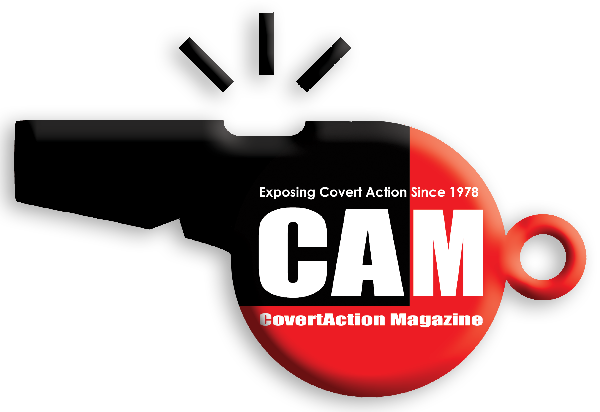
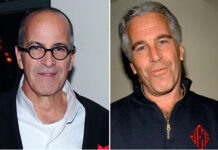


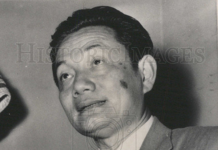
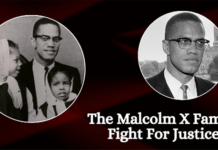
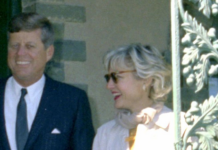
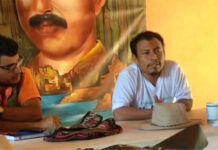
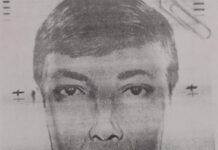
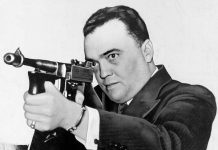
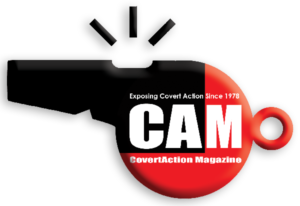
LBJ was the shrewdest politician of his time. He would not have resorted to plotting to murder his president and risk being hanged for treason if there was a safer alternative… and there was. If LBJ really wanted to take down JFK all he had to do inn 1963-64 would be to have his buddy/neighbor Hoover release the dirt he had on JFK. During that time, news of JFK’s womanizing, drug use and health problems would have ruined his re-election bid. When I pointed this out to Roger Stone when he was promoting his book, he had no response.
Another excellent article by Jeremy Kuzmarov. Very high information density, very well sourced, perfect use of hyperlinks and endnotes. I wonder how many Jeremys really work at CAM to produce such a high output.
The case against LBJ is very strong. One possible extension of the LBJ case is the Israel hypothesis, linked to the fact that JFK tried to shut down Israel’s nuclear program. Laurent Guyenot argues that Ben Gurion initiated the assassination to replace JFK with LBJ:
https://www.unz.com/article/kennedy-assassination-cia-did-it-theorists-are-covering-for-israel/
I agree there are Israeli fingerprints, from Permindex to Jacob “Ruby” Rubinstein to Abraham Zapruder, to Arnon Milchan who produced Stone’s movie and is a self-confessed Israeli nuclear arms spy who was involved in the very program JFK tried to shut down.
Guyenot correctly argues that the goal wasn’t just to kill Kennedy but to replace him with LBJ before the 1964 election, ie it was a coup. Israel had a motive but so did LBJ himself!
The mainstream media has been remarkably silent about this 60th anniversary. I only realized about it, from this site and one or two other independent media sources.
Quite a remarkable achievement by Jeremy here. I am VERY FAVORABLY IMPRESSED. For an explanation of how the assassination was carried out (the shooters and shots fired) and how it was covered up, see Jerm Warfare, “James Fetzer on JFK’s Assassination Coverup”, https://jermwarfare.com/conversations/james-fetzer-jfk I think they’re mutually supportive.
Hmmm… my aunt, who was then secretary to the GS of the British Communist Party and myself were together in the intermission at a theatre, here in London when the news that JFK had been assasinated reached us and her comment to me on hearing the news was, ‘Lyndon Johnson did it’. Precognition?